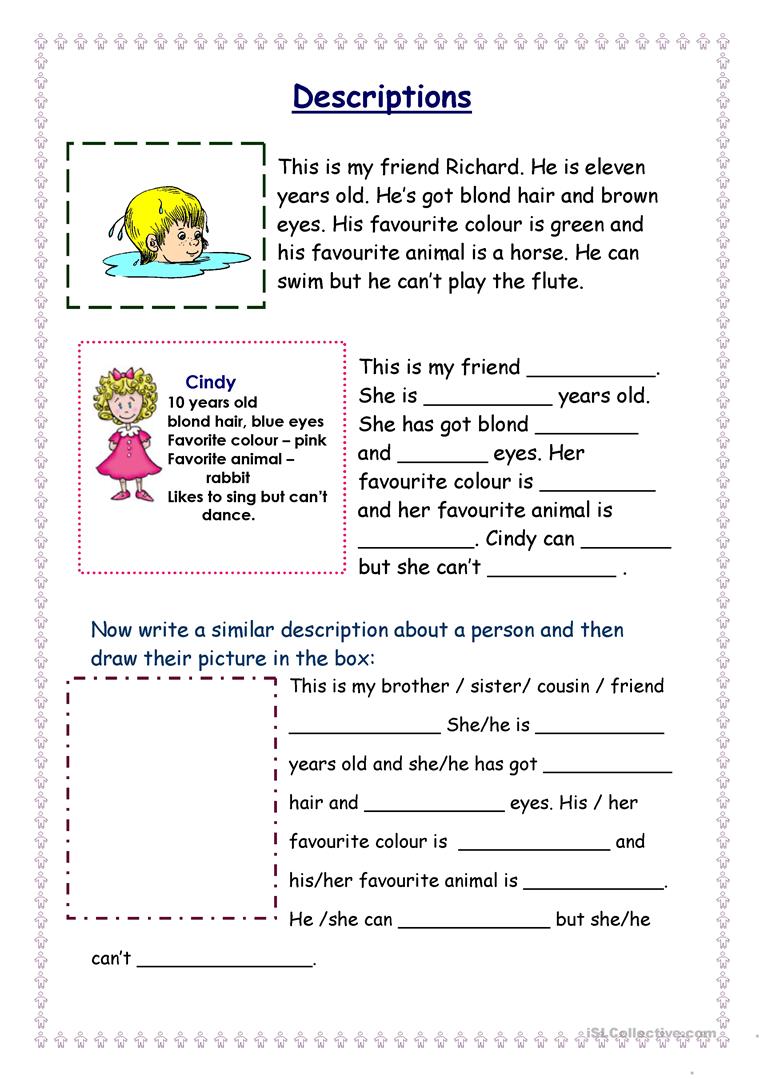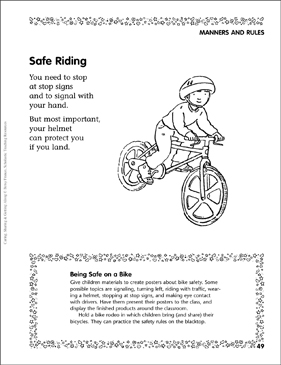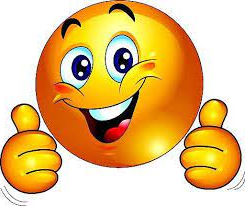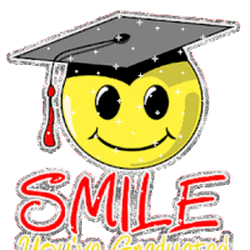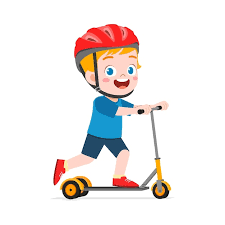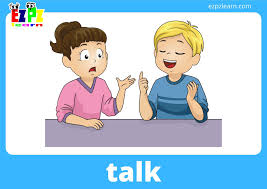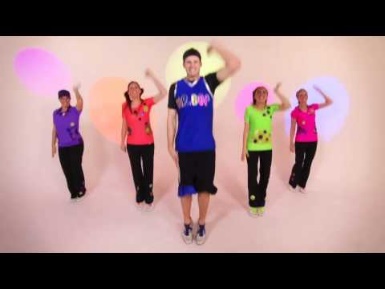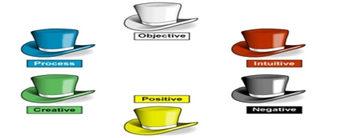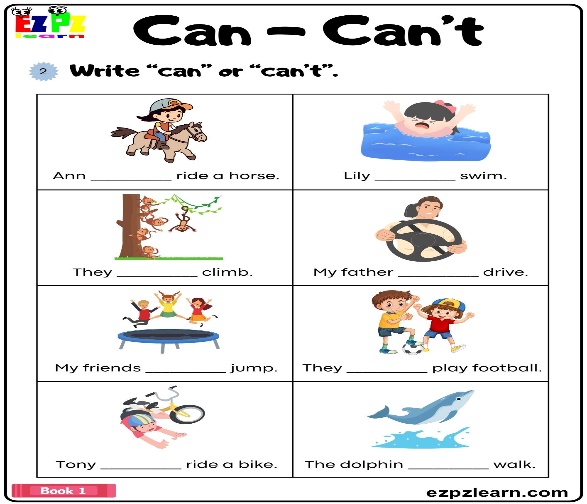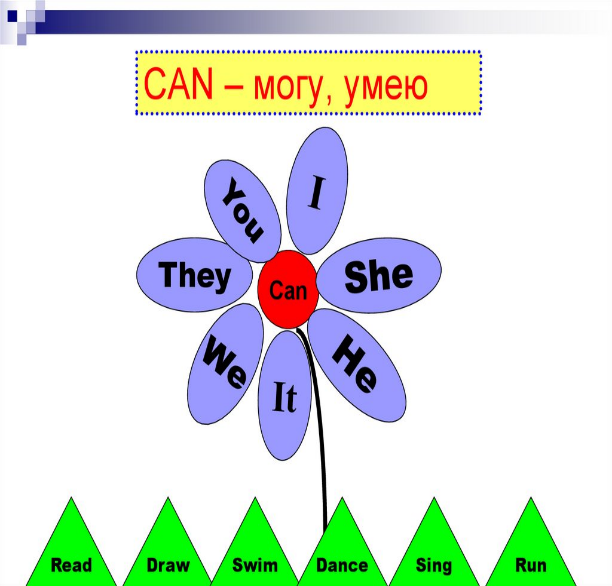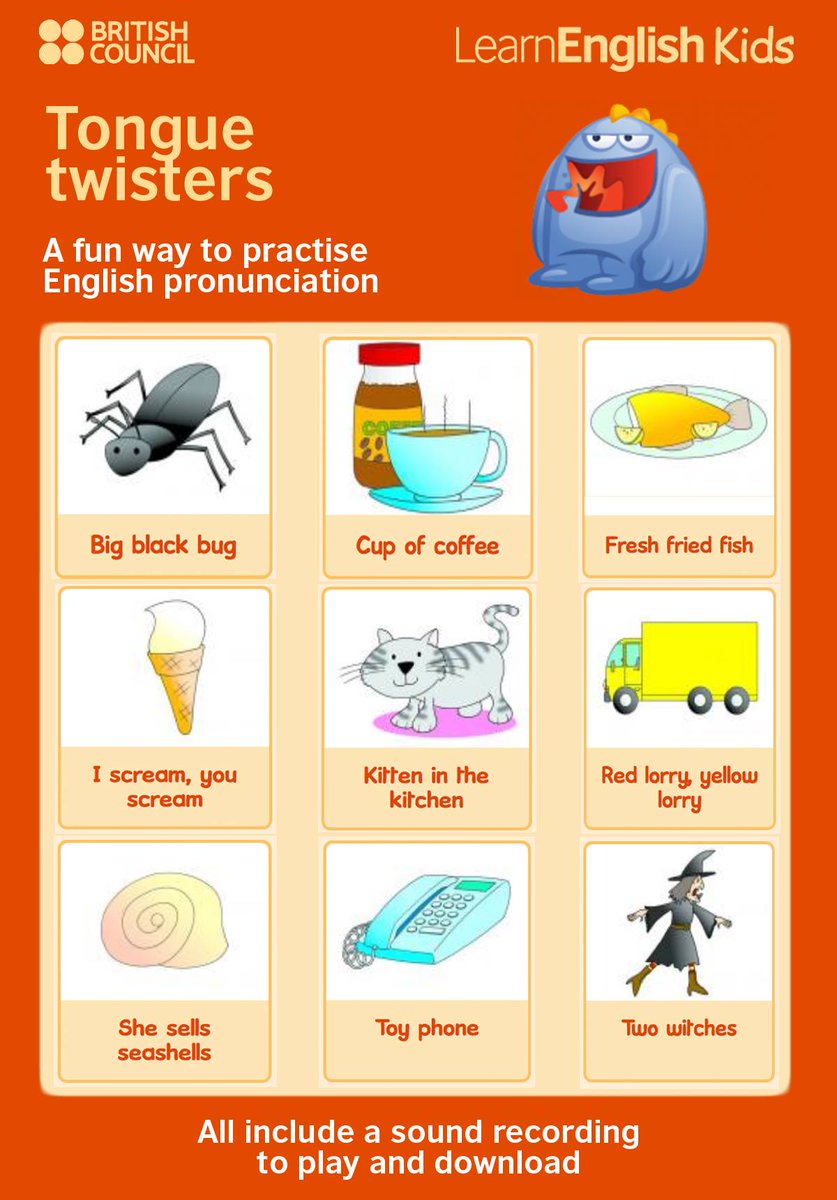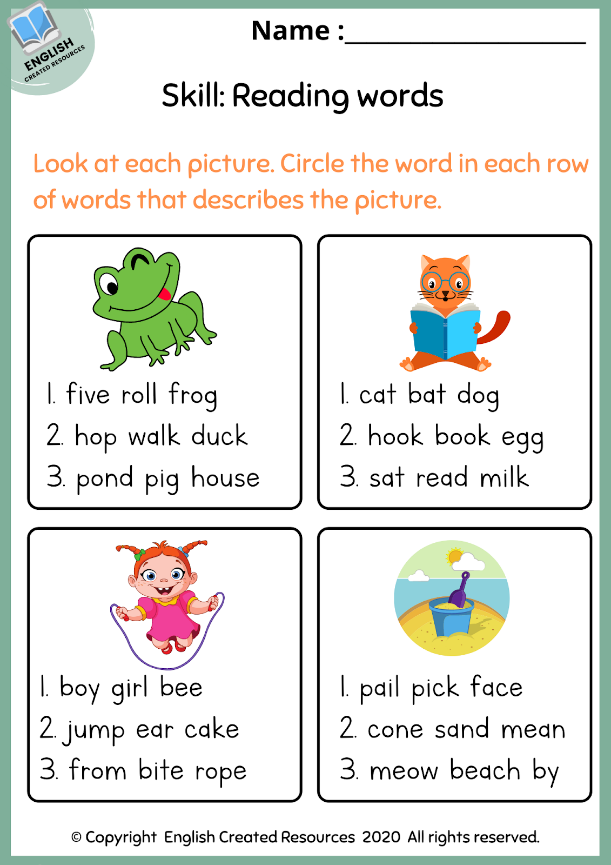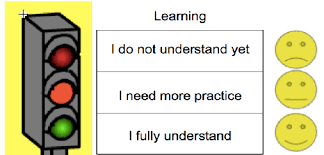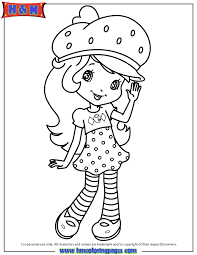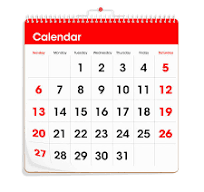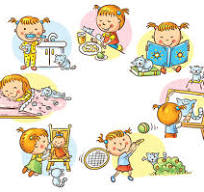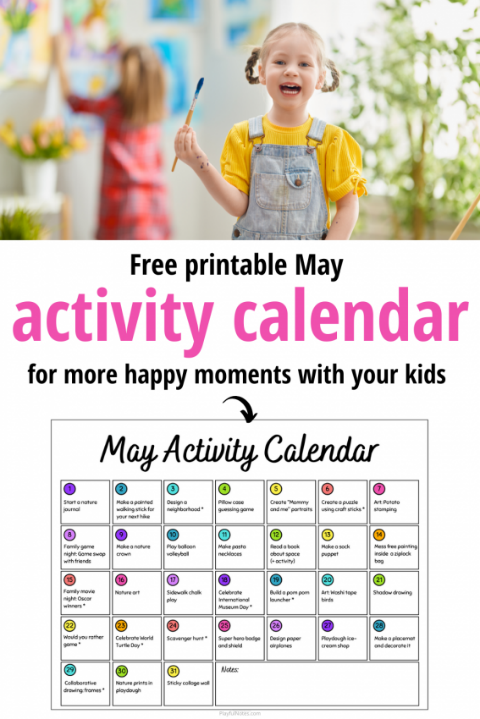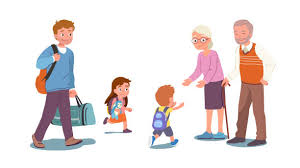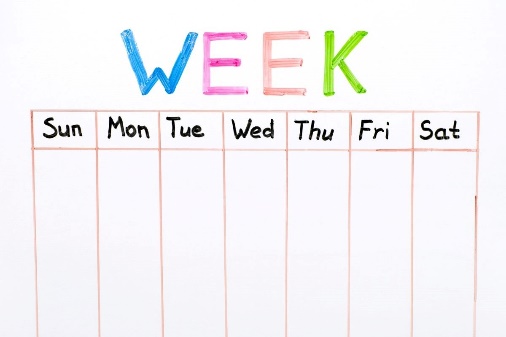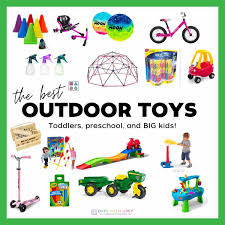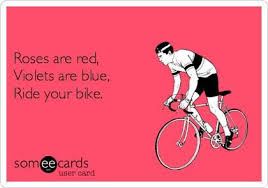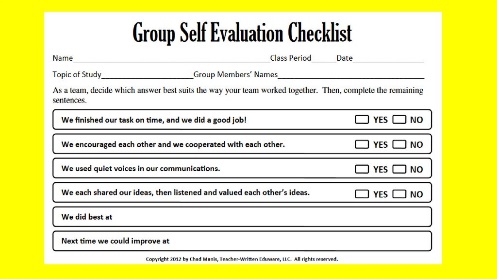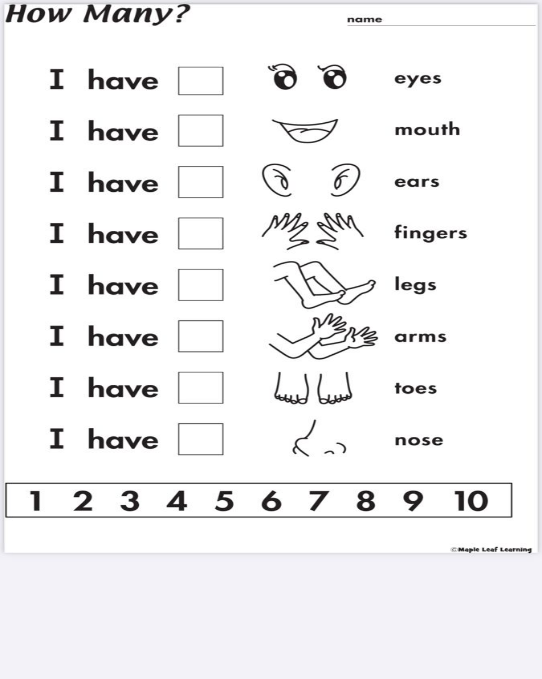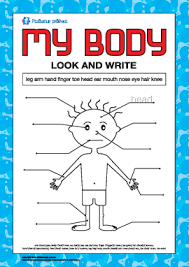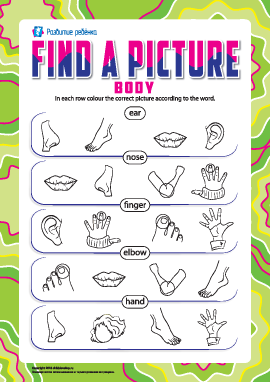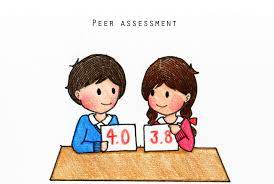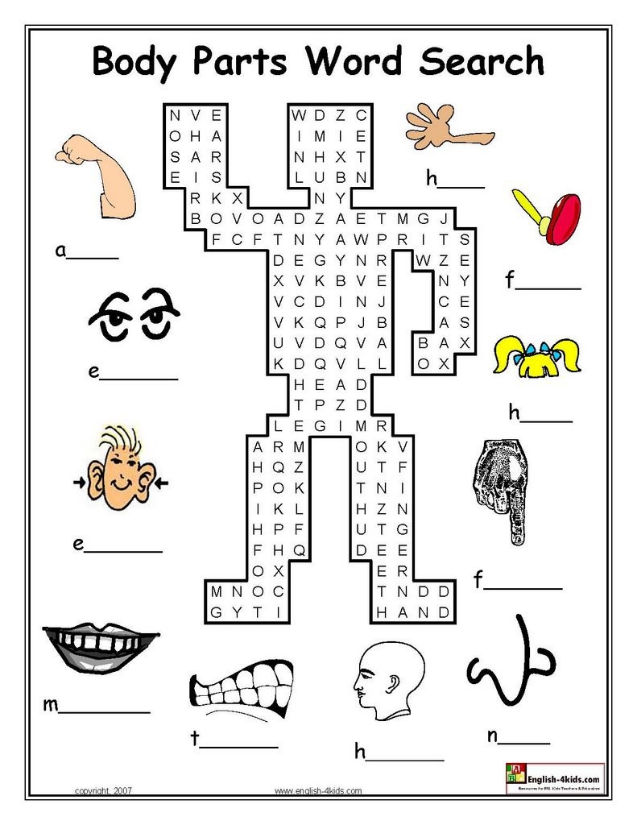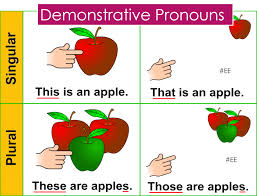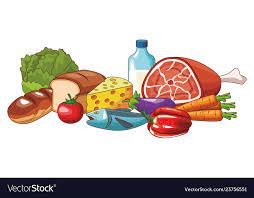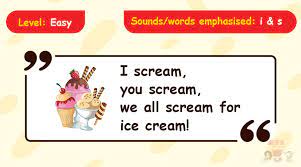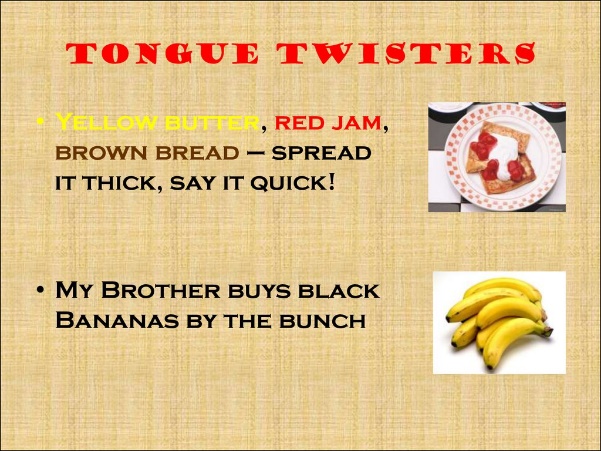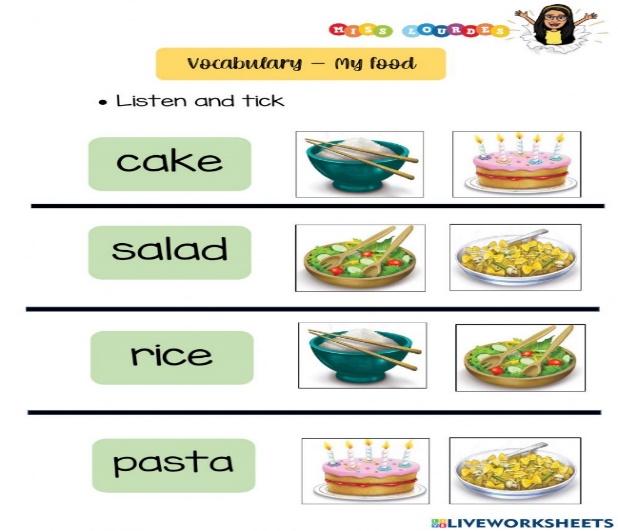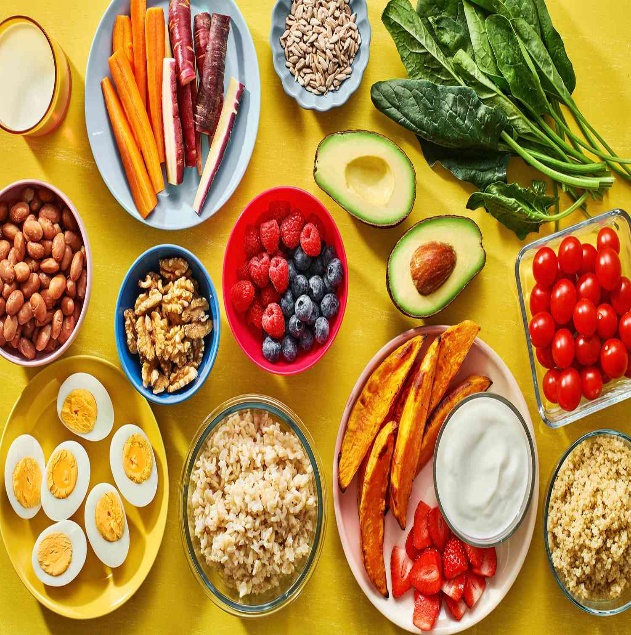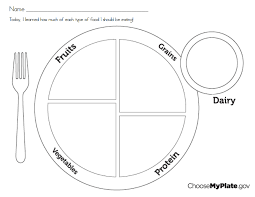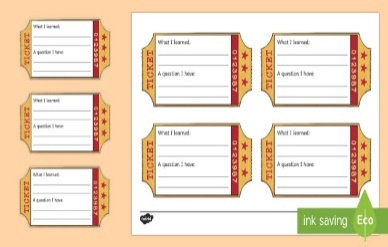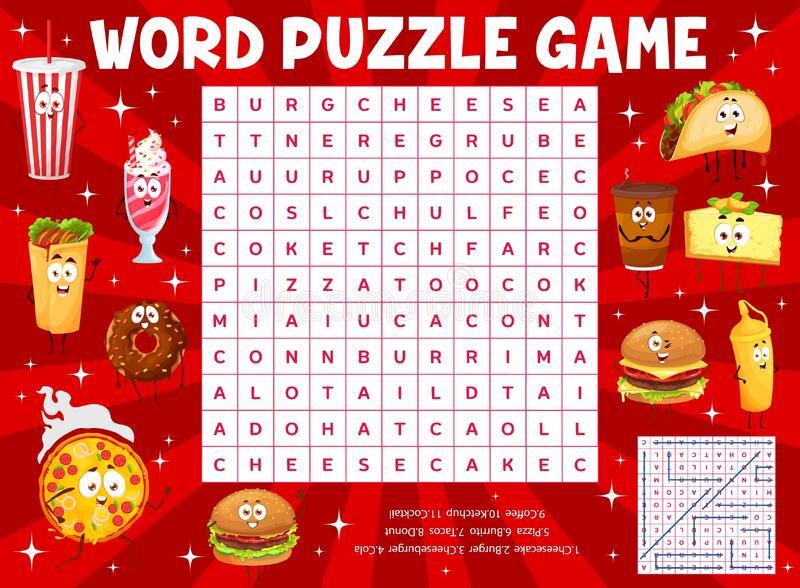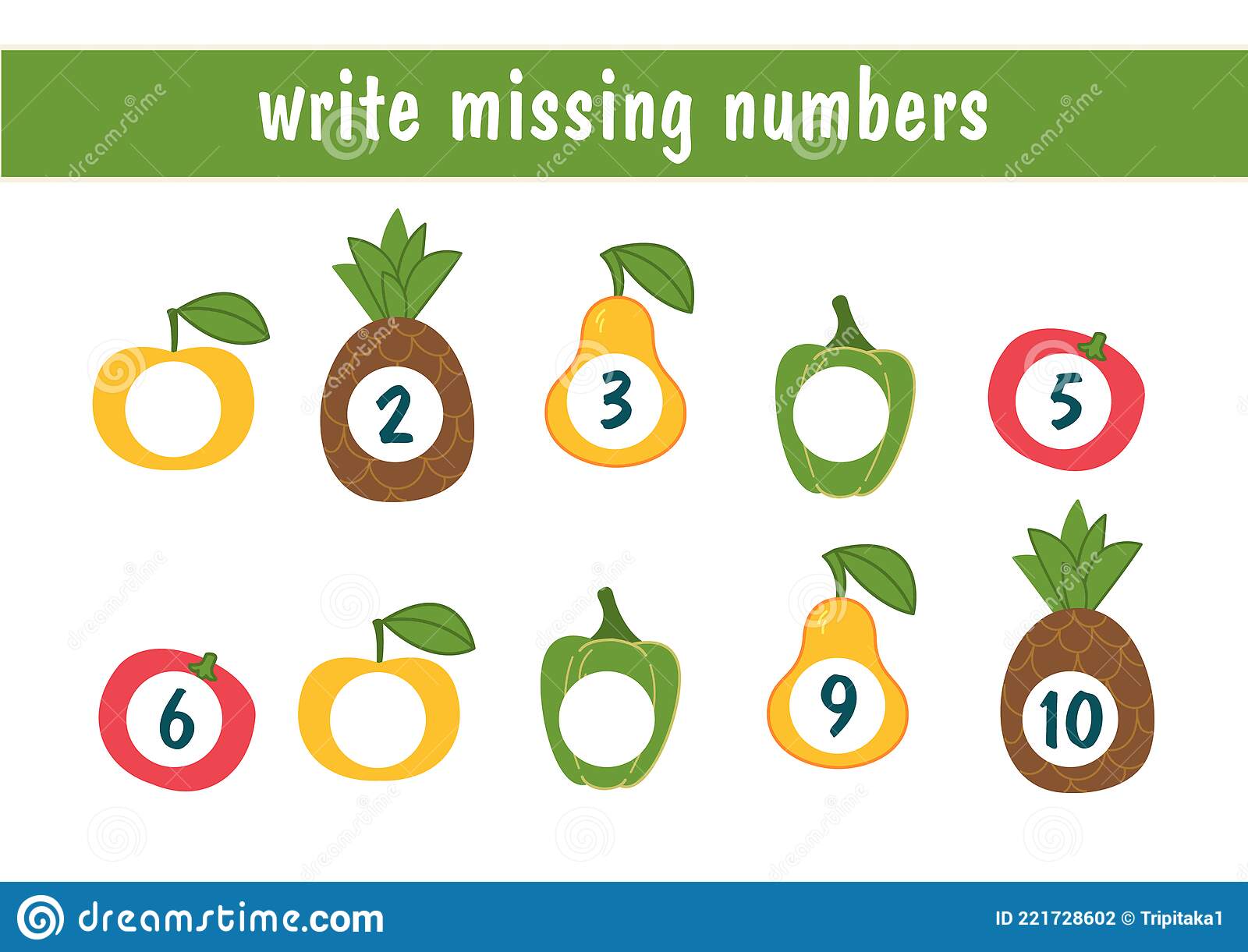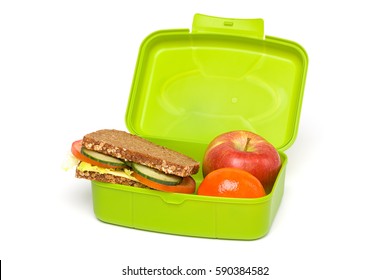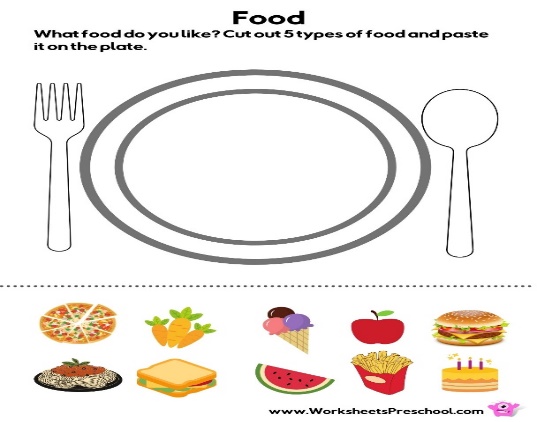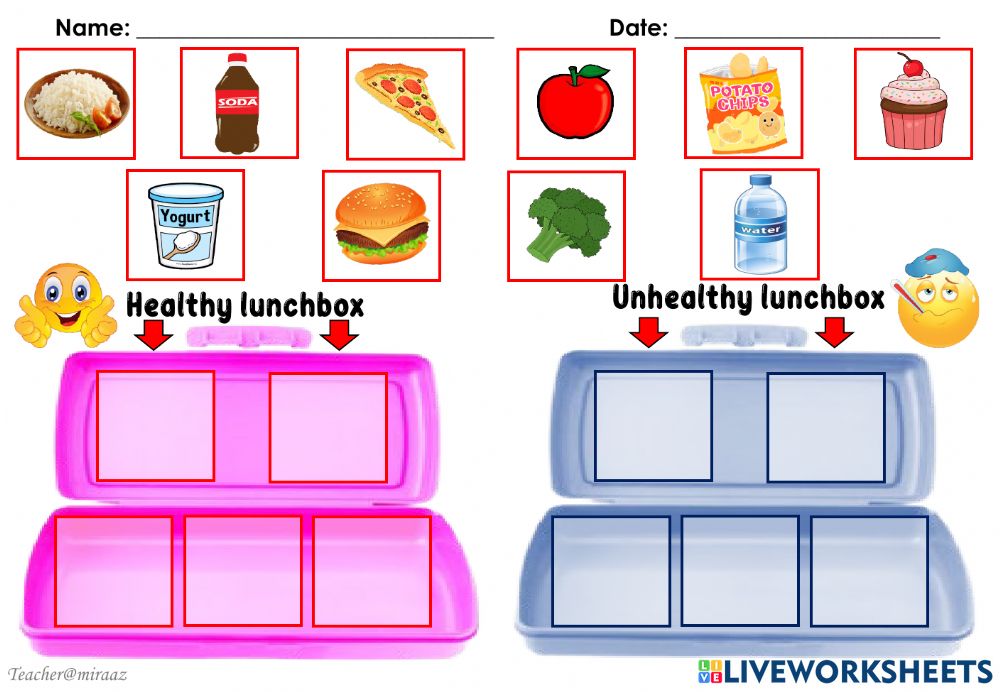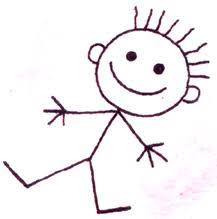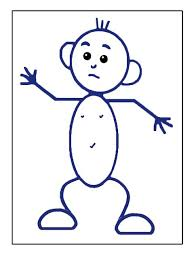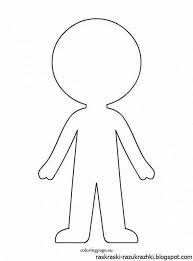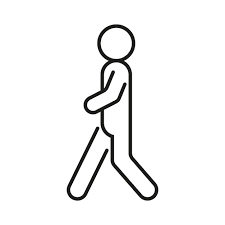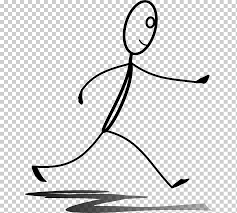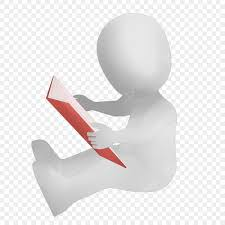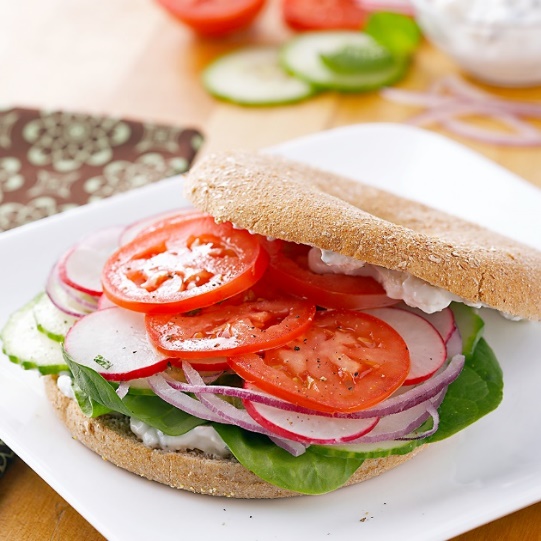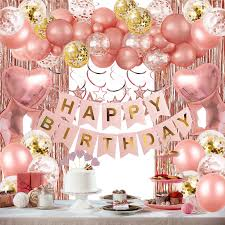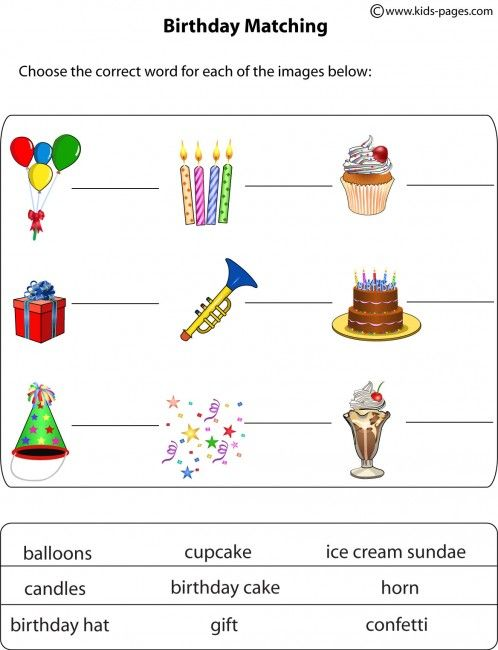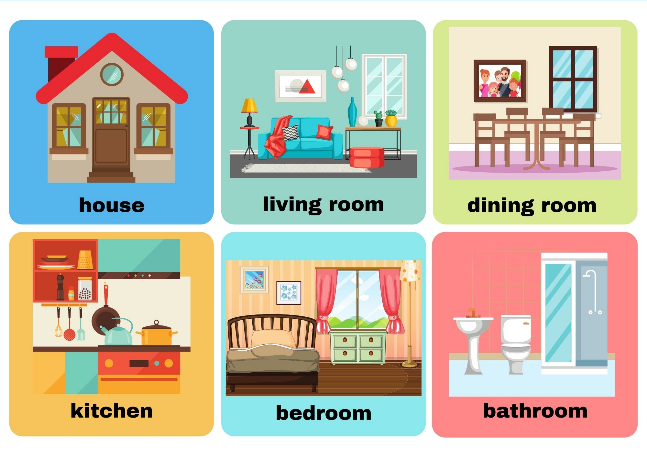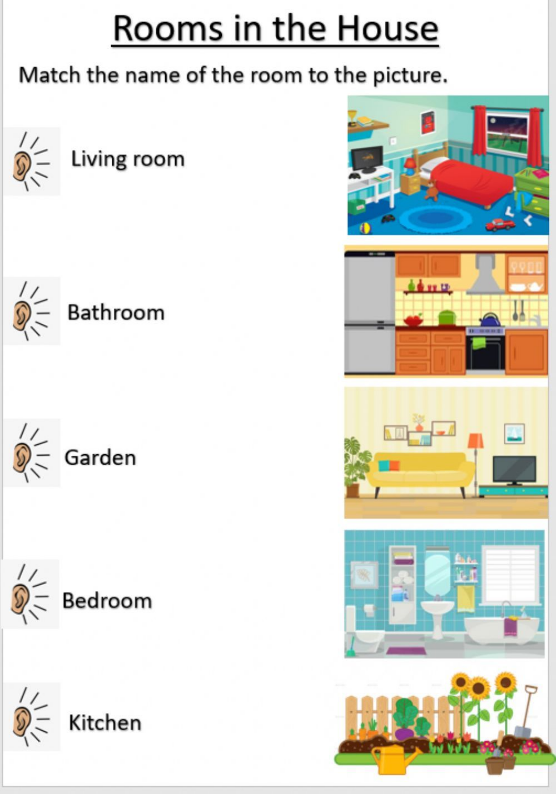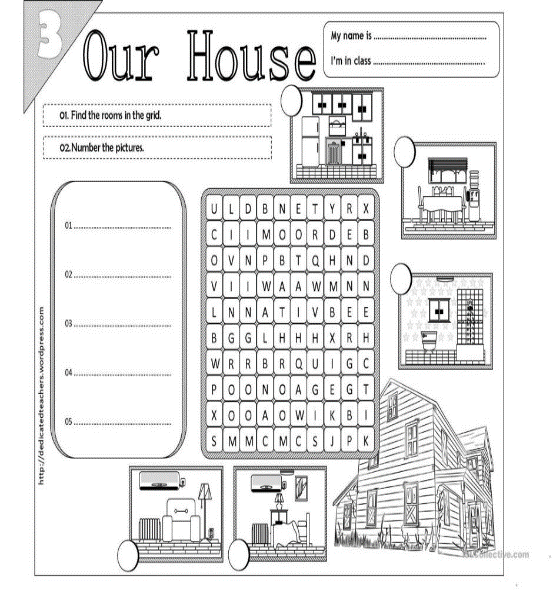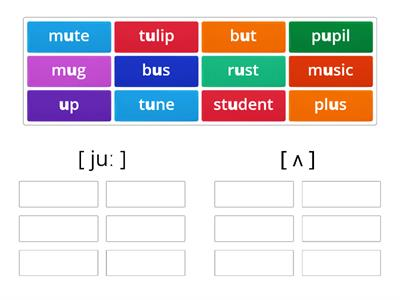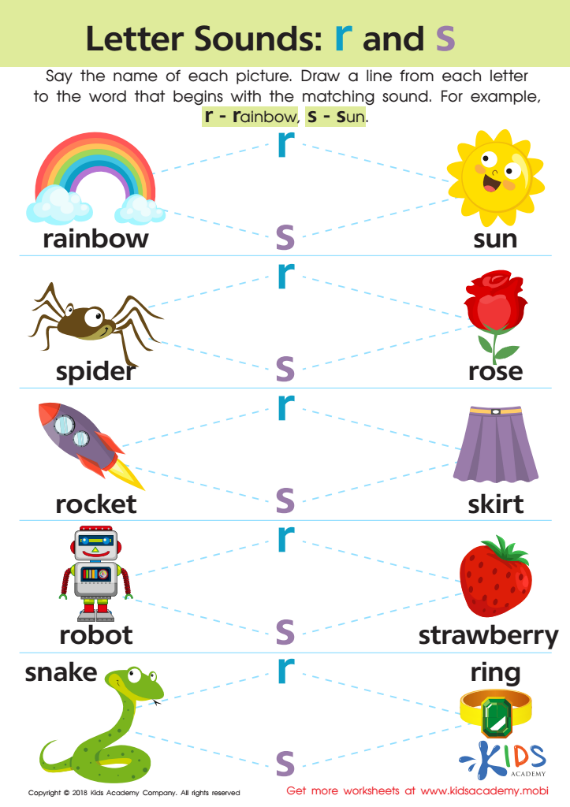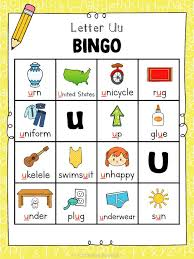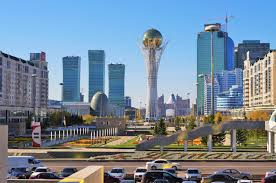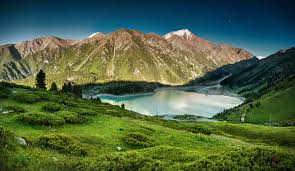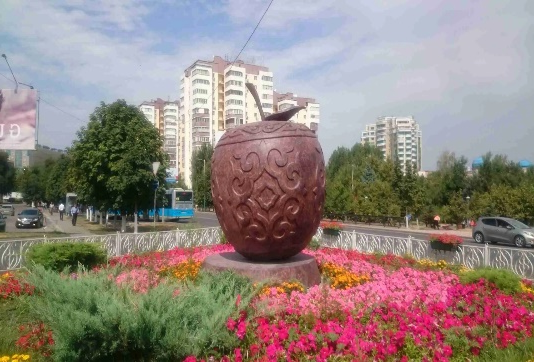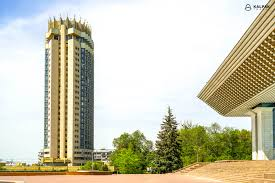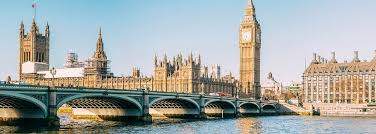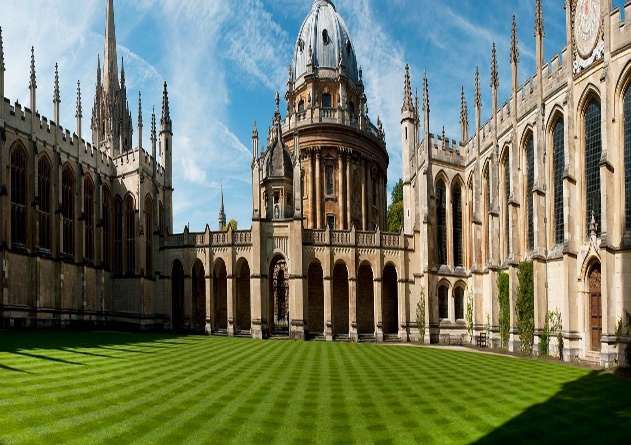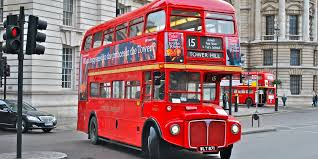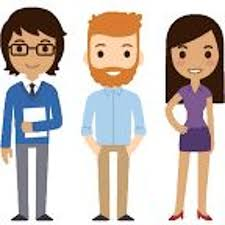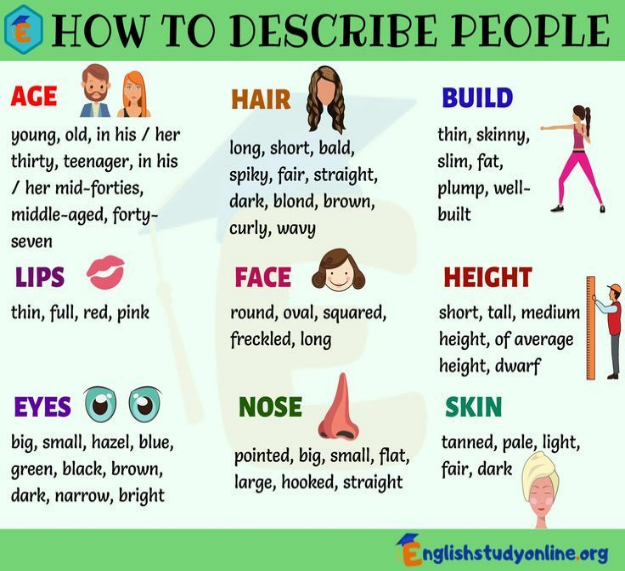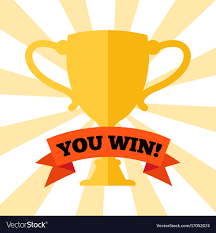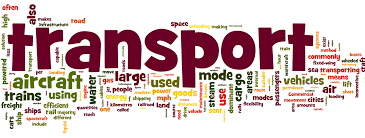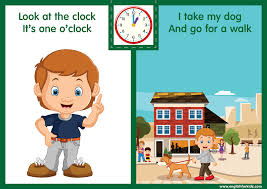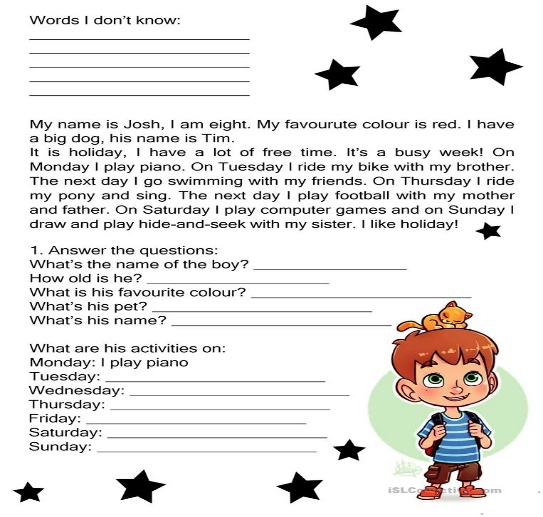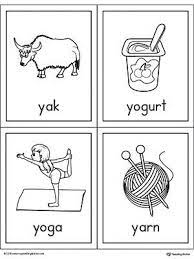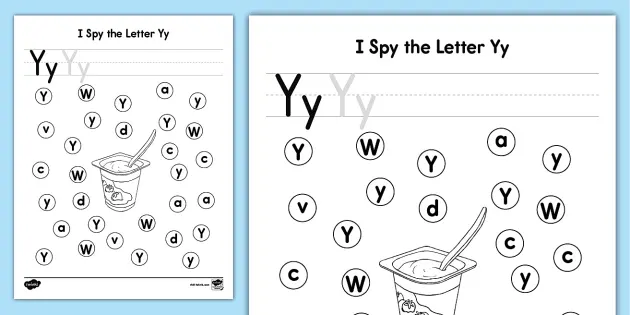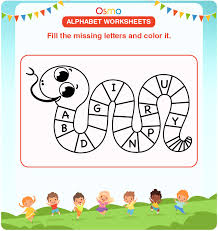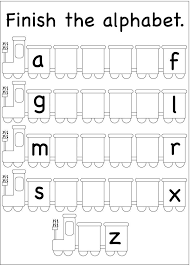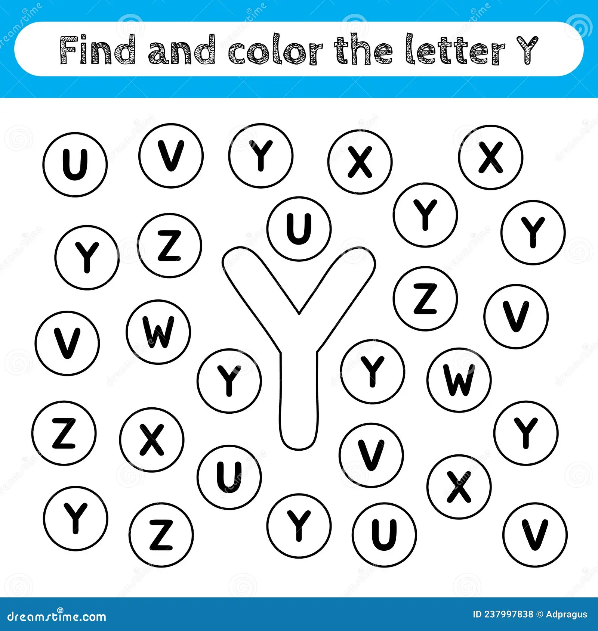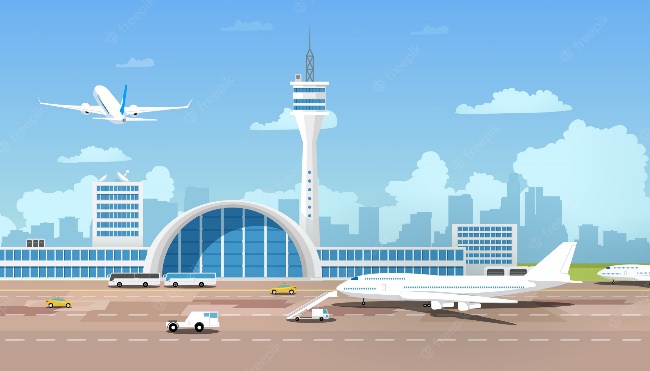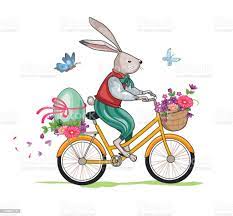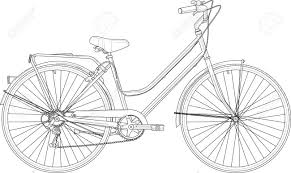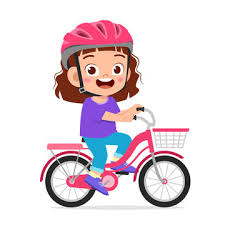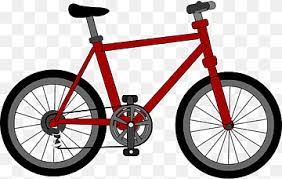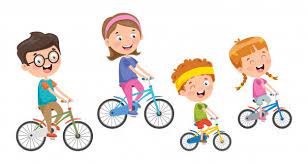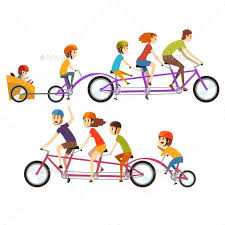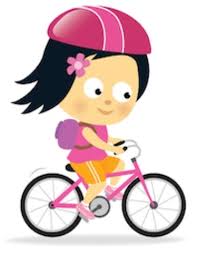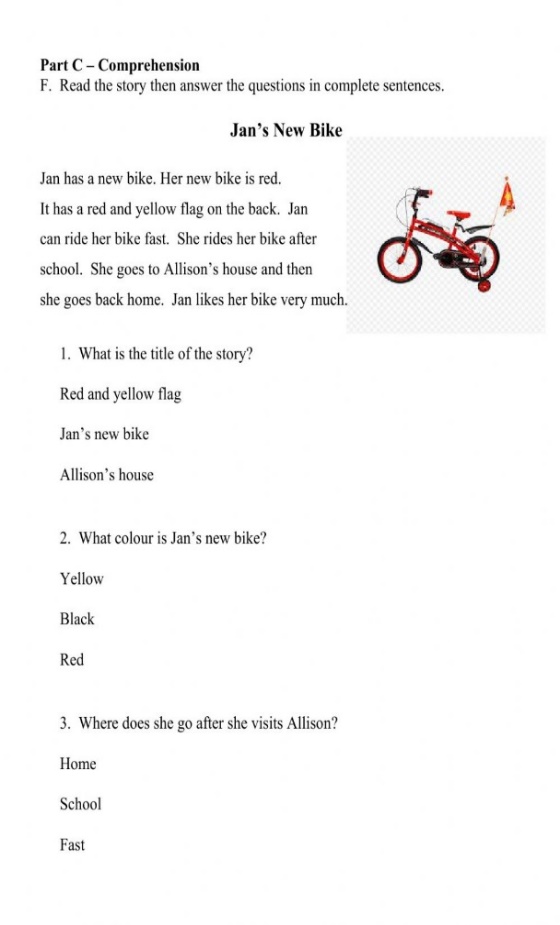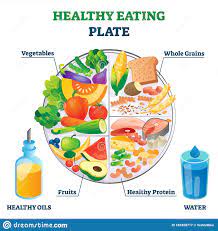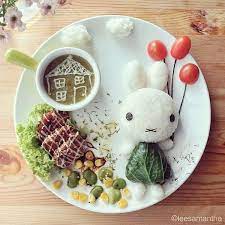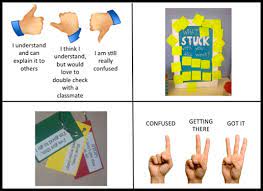
Бонусты жинап картаңызға (kaspi Gold, Halyk bank) шығарып аласыз
3 сынып FAMILY AND FRIENDS ҚМЖ 2024-2025(3-4 тоқсан)

Short term plan
School №
Lesson 33
|
Term: 3 |
Unit 5. My free time |
|
|
Teacher’s name: |
|
|
|
Date: |
|
|
|
Grade: 3 |
Number present: |
Number absent: |
|
Theme of the lesson: |
A story with action verbs. |
|
|
Learning objectives(s) that this lesson is contributing to |
3.1.2.1 recognise familiar words with visual support; 3.2.2.1 use isolated words and basic expressions to provide personal information; 3.2.3.1 respond to basic questions with single words or short responses; 3.3.1.2 identify and read separate sounds (phonemes) within words, which may be represented by more than one letter; 3.4.5.1 apply basic rules of punctuation (use capital letters, full stops, and question marks). |
|
|
Lesson objectives |
By the end of the lesson the students will be able to: learn how to ask questions with can using action verbs; make short dialogues on the topic; express personal attitude toward a topic discussing a topic. |
|
Lesson procedure:
|
Stages of the lesson/ Time |
Teacher’s activity |
Student’s activity |
Assessment |
Resources/ materials |
|
Greeting. Organisation moment. 1 min. |
As children come into the class, say Hello. Encourage them to say Hello to you. Begin the lesson with some greetings. Ask and answer How are you? |
The students greet the teacher and answer the questions. Good morning, good morning to you, We are glad to see you too.
|
|
Whiteboard
|
|
Warm up: 2 min. |
Warm up. Phonetic Drill Exercise. A teacher asks Sts. to listen to the song and guess the theme of the lesson. What verb can you hear? |
Sts. listen to the song and name a topic of the lesson. https://youtu.be/YywiAe4kWJ4 Sts. name a verb and make up sentences with a modal verb can.
|
Self - Assessment |
https://youtu.be/YywiAe4kWJ4 |
|
Main activities: 19 min. |
A teacher shows Sts. a flashcard and asks a question: Can you run? A teacher can use a mime to help children to understand. Active words: run, fly, walk, talk, ride a bike, ride a scooter.
A play: “Guess, what can I do”. Ask a confident boy and girl to come to the front. She/ he thinks about the activity with action verbs. The rest of the group ask a question: Can you run? Now we’re are going to speak about your activities? What activities do you remember? Look and match. Show the activity. A teacher asks Sts. to listen, repeat and point. Ex.1, 2 p.38. Play a game: Simon says. |
Sts. answer: Yes/ No and give a full sentence.
Sts. try to guess the activity asking a question with can. Can you fly?
Sts. listen and point to the pictures. Then the students listen and chant. |
Self - Assessment Self – Assessment Assessment criteria: 1. Demonstrate an ability to organize and express ideas clearly; 2.Apply topic related vocabulary in speech appropriately arranging words and phrases into well-formed sentences. Descriptor: A learner:
Group – Assessment Assessment criteria: 1. Demonstrate an ability to organize and express ideas clearly; 2.Apply topic related vocabulary in speech appropriately arranging words and phrases into well-formed sentences in questions. Descriptor: A learner:
Answers: Run, fly, walk, talk, ride a bike, ride a scooter, walk, run, ride a scooter, talk, ride a bike, fly. |
Flashcards Student’s Book “Family and friends 3. Kazakhstan edition”. (Oxford University Press) Worksheets Worksheet CD.47 CD.48 T.B. p.88 |
|
Physical training exercise – 2 min. |
A break for physical activity. Teacher plays the video with physical exercises. |
Students watch and do physical exercises. |
|
Music |
|
Main activities: 19 min. |
A teacher asks Sts. to look, listen and point. What is in the picture? Name all objects. What can Action Boy do? Use action verbs: fly, ride a scooter…. Ex.3 p.38 A teacher asks Sts. to open their workbooks on p. 38 and do the activities: matching, number. What can you do? A teacher asks Sts. to name the activities they can do. Use action verbs of the lesson. |
Sts. listen carefully and choose a right answer. What has Billy got? Sts. do this exercise in pairs.
Action boy can…... Can he talk? No!!!!
Sts. do the activities individually.
Sts’ answers: I cannot fly. I can ride a bike. |
Self – Assessment. Descriptor: 3.2.3.1 respond to basic questions with single words or short responses; Pair – assessment A learner:
|
Sts. Book p.38 CD.49 Student’s Book “Family and friends 3. Kazakhstan edition”. (Oxford University Press) Workbook p.38 Worksheet |
|
The end of the lesson 2 min. |
• At the end of the lesson, wave goodbye to the class and say Bye! Goodbye! Write the words on the board and remind children of the meaning. Encourage the children to wave and say Bye! or Goodbye! to you. Home Assignment: PB p.38. Ex.1(words). Ex4(5questions) w. |
SS write their homework for the next lesson. Sts. give a mark to themselves for working at the lesson. Students think critically, exploring, developing, evaluating and making choices about their own and others’ ideas.
|
Pupils evaluate themselves using evaluation lists. Reflection. Self- Assessment.
|
Tasks for formative assessment: I can ride a bike (True – False).
Short term plan
School № ___
Lesson 34
|
Term: 3 |
Unit 5. My free time |
|
|
Teacher’s name: |
|
|
|
Date: |
|
|
|
Grade: 3 |
Number present: |
Number absent: |
|
Theme of the lesson: |
Talking about ability |
|
|
Learning objectives(s) that this lesson is contributing to |
3.1.4.1 understand basic personal questions; 3.2.3.1 respond to basic questions with single words or short responses; 3.3.3.2 find out the main points in short simple descriptions with visual support; 3.5.1.13 use can/ can’t to describe ability. |
|
|
Lesson objectives |
By the end of the lesson the students will be able: to learn how to talk about ability; to make short dialogues on the topic; to write familiar words correctly and make sentences with them; to express personal attitude toward a topic discussing a topic. |
|
Lesson procedure:
|
Stages of the lesson/ Time |
Teacher’s activity |
Student’s activity |
Assessment |
Resources/ materials |
||||||||
|
Greeting. Organisation moment. 2 min. |
Good morning, dear pupils. I’m very glad to see you. How are you today? |
The students greet the teacher. Good morning, good morning to you, We are glad to see you too.
I’m fine and You? |
|
Whiteboard
|
||||||||
|
Warm up: 3 min. |
The teacher sets the lesson objectives, letting students know what to anticipate from the lesson. Warm up. Phonetic Drill Exercise. She sells seashells at the seashore. Repeat: sh, she, short, shirt; S, skirt, small, sea. Name words with a sound: sh/ ch |
Sts. listen to the teacher and repeat a tongue twister. Sts. repeat the words after the teacher and name the words. |
Self – Assessment Descriptor: 3.1.1.1 recognise the sounds of phonemes and phoneme blends in words. |
Worksheet |
||||||||
|
Main activities: 19 min. |
A teacher asks Sts. to fill in a table: write the words which they have learnt. Before the task, a teacher asks Sts. to show a card with action verb: to ride a scooter, to fly, to ride a bike, to talk, to walk, to play football, to play volleyball. A teacher asks Sts. to listen to the story and act. Ex.1, 2 p.39 Can + Can’t =can not (-) Look and say: bicycle, scooter, helmet, knee pads. What can you do? A teacher asks questions to Sts. Mime the activity: to ride a scooter… Look and write: Ann can ride a horse.
|
Sts. fill in a table in pairs and write 4 words or word – combinations into each column.
Sts. listen to the story and show the action in groups. Story action (make a story): Picture 1: Billy moves Action boy quickly to make him run. Uncle waves hello at Action Boy.
Sts’s answers: I can ride a bicycle.
Sts. show the activities to each other.
Sts. do the task in pairs. Answers: Ann can ride a horse. Lily can’t swim. They can climb a tree. My father can drive. My friends can jump. The boys can play football. Tony can’t ride a bike. The dolphins can’t walk.
|
Self – Assessment Pair - assessment Descriptor: A learner:
Group – assessment.
Group – Assessment/ Pair assessment
Self – assessment
Pair - assessment
Descriptor: A learner:
|
Flashcards A table Student’s Book “Family and friends 3. Kazakhstan edition”. (Oxford University Press) CD.49
St. Book p.39
Worksheet |
||||||||
|
Physical training exercise – 3 min.
|
A break for physical activity. Teacher plays the video with physical exercises. https://youtu.be/dUXk8Nc5qQ8 |
Students watch and do physical exercises. |
|
Music https://youtu.be/dUXk8Nc5qQ8 |
||||||||
|
Main activities: 15 min.
|
Look at the poster and name the safe riding tips. Read the tips and compose your own ones. Complete the sentences:
A teacher asks Sts. to do Ex.1- 2 p.39 in the workbooks. |
Sts. do this exercise individually.
Sts. write tips in groups. Pay attention to the words: traffic, helmet, knee pads, use a phone.
Sts. do the tasks: Look and circle, Look and match.
|
Self – Assessment. Assessment criteria: * Read and spell out words; * Write frequently used words correctly demonstrating their knowledge of the differences between their spelling and pronunciation. Answers: 1.Wear 2. Stop 3. Don’t text Score: 3 3.5.1.13 use can/ can’t to describe ability. |
Sts. Book p.39 Student’s Book “Family and friends 3. Kazakhstan edition”. (Oxford University Press) Workbook: p.39
Worksheet
|
||||||||
|
The end of the lesson 3 min. |
Teacher gives a homework and comment the work of Sts. The lesson is going to its end. I think, you have got much useful information today Home Assignment: PB p.39 Ex.4(w). At the end of the lesson, wave goodbye to the class and say Bye! Goodbye!
|
SS write their homework for the next lesson. Sts. give a mark to themselves for working at the lesson. Students think critically, exploring, developing, evaluating and making choices about their own and others’ ideas.
|
Pupils evaluate themselves using evaluation lists. Reflection. Self- Assessment.
|
Whiteboard |
Short term plan
School № ___
Lesson 35
|
Term: 3 |
Unit 5. My free time |
|
|
Teacher’s name: |
|
|
|
Date: |
|
|
|
Grade: 3 |
Number present: |
Number absent: |
|
Theme of the lesson: |
Things I can do |
|
|
Learning objectives(s) that this lesson is contributing to |
3.1.4.2 understand simple descriptions of people, actions, and objects with visual support; 3.2.2.1 use isolated words and basic expressions to provide personal information; 3.3.3.2 find out the main points in short simple descriptions with visual support; 3.5.1.13 use can/ can’t to describe ability. |
|
|
Lesson objectives |
By the end of the lesson the students will be able: to learn how to ask and answer questions with can; to use verbs in the context of a song; to write familiar words correctly and make sentences with them; to express personal attitude toward a topic discussing a topic. |
|
Lesson procedure:
|
Stages of the lesson/ Time |
Teacher’s activity |
Student’s activity |
Assessment |
Resources/ materials |
||||||||
|
Greeting. Organisation moment. 2 min. |
Good morning, dear pupils. I’m glad to see you. How are you today? |
The students greet the teacher. Good morning, good morning to you, We are glad to see you too.
How are you? |
|
Whiteboard
|
||||||||
|
Warm up: 3 min. |
The teacher sets the lesson objectives, letting students know what to anticipate from the lesson. Warm up. Phonetic Drill Exercise. Repeat: they, the, this, that, there, there is, there are. Read the words: this that three mother Name words with a sound: [d], [f], [ei]. |
Sts. listen to the teacher and repeat a tongue twister. Sts. repeat the words after the teacher and name the words. Ex.1 p.40
|
Self – Assessment Descriptor: 3.2.2.1 use isolated words and basic expressions to provide personal information; 3.3.3.2 find out the main points in short simple descriptions with visual support; |
Worksheet Student’s Book “Family and friends 3. Kazakhstan edition”. (Oxford University Press) |
||||||||
|
Main activities: 19 min. |
A teacher asks Sts. to fill in a table: write what you can do:
A teacher asks Sts. to draw a table and write what they can do…. teacher asks Sts. to do exercises in a worksheet. |
Sts. use a table and make sentences: I can write. I can’t draw.
Pair – assessment. Sts. look, match and say.
Sts. do the exercise individually.
|
Self – Assessment Descriptor: A learner:
Self – Assessment Descriptor: A learner Use and follow with considerable support simple words, phrases, sentences in reading familiar topics. Give a sticker for a right answer to encourage Sts. Self – Assessment (for a home – assignment)
Self and pair – assessments; Criteria assessment: identifying, remembering and sounding out high-frequency sound and letter patterns. Score:4
|
Flashcards A table Student’s Book “Family and friends 3. Kazakhstan edition”. (Oxford University Press)
Worksheet CD.50
St. Book p.40
Worksheet |
||||||||
|
Physical training exercise – 3 min.
|
A break for physical activity. Teacher plays the video with physical exercises. A song” If you are happy and you know” |
Students watch and do physical exercises and sing a song.
|
|
Music
|
||||||||
|
Main activities: 15 min.
|
A teacher asks Sts. to listen and sing. Ex.2 p.40. What can they do? |
Sts. listen and read a song in pairs.
3.2.3.3 make introductions and requests in basic interaction with others.
|
Pair - Assessment Descriptor: 3.1.1.1 recognise the sounds of phonemes and phoneme blends in words; Self – Assessment Descriptor: A learner: uses appropriate subject-specific vocabulary while speaking. 2.2.6.1 use short answers appropriately in short, basic exchanges and take turns when speaking with others in a limited range of short, basic exchanges Score: 4
Self – Assessment
|
worksheet
St. Book p.40 CD.51
Whiteboard |
||||||||
|
The end of the lesson 3 min. |
Teacher gives a homework and comment the work of Sts. Home Assignment PB p.40 Ex.2(sing), Ex.4(w).
|
SS write their homework for the next lesson. Sts. give a mark to themselves for working at the lesson. Students think critically, exploring, developing, evaluating and making choices about their own and others’ ideas.
|
Pupils evaluate themselves using evaluation lists. Reflection. Self- Assessment.
|
Whiteboard |
Short term plan
School № ___
Lesson 36
|
Term: 3 |
Unit 5. My free time |
|
|
Teacher’s name: |
|
|
|
Date: |
|
|
|
Grade: 3 |
Number present: |
Number absent: |
|
Theme of the lesson: |
Phonics |
|
|
Learning objectives(s) that this lesson is contributing to |
3.1.1.1 recognise the sounds of phonemes and phoneme blends in words; 3.2.3.3 make introductions and requests in basic interaction with others; 3.3.2.1 identify some familiar words and signs on illustrations /pictures in common everyday situations; 3.4.2.1. follow word order rules in short statements. |
|
|
Lesson objectives |
By the end of the lesson the students will be able: to learn how to pronounce the words correctly; to make short dialogues on the topic; to write familiar words correctly and make sentences with them; to express personal attitude toward a topic discussing a topic. |
|
Lesson procedure:
|
Stages of the lesson/ Time |
Teacher’s activity |
Student’s activity |
Assessment |
Resources/ materials |
|
Greeting. Organisation moment. 2 min. |
Good morning, dear pupils. I’m very glad to see you. How are you today? Thanks. Take your seats. |
The students greet the teacher. Good morning, good morning to you, Good morning dear, teacher We are glad to see you too.
|
|
Whiteboard
|
|
Warm up: 3 min. |
The teacher sets the lesson objectives, letting students know what to anticipate from the lesson. Warm up. Phonetic Drill Exercise. Repeat: Father, mother, sister, brother Hand in hand With one another. Name words with a sound: [h], [g], [t]: Hot, get, ten. |
Sts. listen to the teacher and repeat a tongue twister. Sts. repeat the words after the teacher and name the words.
|
Self – Assessment Descriptor: 3.1.1.1 recognise the sounds of phonemes and phoneme blends in words; |
Worksheet |
|
Main activities: 19 min. |
A teacher asks Sts. to look at the board and name words with the letters: E, f, g, h. The teacher writes the letters: I, J, K, L and asks Sts. to pronounce them after her/ him. Listen, point and repeat: I – ink J – jam K – kite L - lion Ex.3 p.41. What has a lion got? |
Sts. draw the words with the letters: Egg, fish, goat, hat.
Sts. repeat the letters. Find the letters in words. Circle them: Ink, pink, jam, kite, lion. Sts. repeat and chant a song.
Sts. listen and find the answers. Possible answers: The lion has got the jam. |
Self - Assessment Assessment Criteria: Use and follow with considerable support simple words, phrases, sentences as a support in reading familiar topics; Apply basic words, phrases and short sentences in a talk or writing about objects. Self – assessment. Self / Pair assessment. Assessment criteria: Apply basic words, phrases and short sentences in a talk Pay attention to good pronunciation and creativity. Score 2/2 |
Flashcards CD.52 CD.53 ST. B. p.41 Flashcards A chant |
|
Physical training exercise – 3 min. |
A break for physical activity. Teacher plays the video with physical exercises. https://youtu.be/Qb298aO58FY |
Students watch and do physical exercises. |
|
Music https://youtu.be/Qb298aO58FY |
|
Main activities: 15 min. |
A teacher asks Sts. to look at the pictures of letters and match (Capital letter with a short one). Exercises in a workbook. Ex.2 – 3 p.41
|
Sts. do the task in pairs. I J k L K i j l
|
Descriptor: Assessment criteria: Apply basic words, phrases and short sentences in a talk or writing about objects. Self - Assessment Assessment Criteria: Use and follow with considerable support simple words, phrases, sentences as a support in reading familiar topics. |
Worksheet Workbook p.41 |
|
The end of the lesson 3 min. |
Teacher gives a homework and comment the work of Sts. Home Assignment PB p.41 Ex.3,4(w). |
SS write their homework for the next lesson. Sts. give a mark to themselves for working at the lesson. Students think critically, exploring, developing, evaluating and making choices about their own and others’ ideas.
|
Pupils evaluate themselves using evaluation lists. Reflection. Self- Assessment.
|
Whiteboard |
Short term plan
School № ___
Lesson 37
|
Term: 3 |
Unit 5. My free time |
|
|
Teacher’s name: |
|
|
|
Date: |
|
|
|
Grade: 3 |
Number present: |
Number absent: |
|
Theme of the lesson: |
Everyday activities |
|
|
Learning objectives(s) that this lesson is contributing to |
3.1.4.2 understand simple descriptions of people, actions, and objects with visual support; 3.2.3.1 respond to basic questions with single words or short responses; 3.3.5.1 read short, illustrated fiction and non-fiction stories written in very simple language using a dictionary; 3.5.1.10 use common present simple forms contractions on a limited range of familiar topics. |
|
|
Lesson objectives |
By the end of the lesson the students will be able: to learn how to ask questions about activities and speak about them; write familiar words correctly and make sentences with them; to make short dialogues on the topic; to express personal attitude toward a topic discussing a topic. |
|
Lesson procedure:
|
Stages of the lesson/ Time |
Teacher’s activity |
Student’s activity |
Assessment |
Resources/ materials |
|
Greeting. Organisation moment. 2 min. |
Good morning, dear pupils. I’m very glad to see you. How are you today? Thanks. Take your seats. |
The students greet the teacher. Good morning, good morning to you, Good morning dear, teacher We are glad to see you too.
|
|
Whiteboard
|
|
Warm up: 3 min. |
The teacher sets the lesson objectives, letting students know what to anticipate from the lesson. Phonetic Drill Exercise. Repeat: they, the, this, that, there, there is, there are. Read the words: this that three mother Name words with a sound: [k], [f], [t]. |
Sts. give their suggestions. Sts. listen to the teacher and repeat a tongue twister. Sts. repeat the words after the teacher and name the words with these sounds and letters.
|
Self – Assessment Descriptor: 3.1.2.1 recognise familiar words with visual support; |
Worksheet |
|
Main activities: 19 min. |
A teacher asks Sts. to look at the cards and say what can people do?
Look and say: What do the children do? New words: help my mum, do my homework, visit my grandma, go swimming, have a music lesson, watch TV. Everyday activities - Flash cards Wordwall https://wordwall.net › resource › everyday-activities Listen carefully and choose: True or False A teacher switches CD.56 and asks the STs. to listen carefully. There are 4 children: Adil, Alina, Erasyl, Sara. Adil: 1.After school I play football (T – F). 2. I like to play football (T – F). Alina: 3. I help my mum (T – F). 4.We go to our grandfather (T – F). Erasyl: 5. After school I help my mum and dad. (T – F). 6. I like English lesson. Sara: 7. I go swimming every Monday (T – F). 8. I like skating (T – F). The teacher asks Sts. to read the text in groups of 4. everyday activities - Speaking cards Wordwall |
Sts. give their own answers.
Each child is given a card with self – assessment. Sts. put a mark to themselves.
Sts. listen, point and repeat. Every day: I watch TV. I help my mum.
Sts. listen and define if a sentence is true or false. Answers: 1.F 2.T 3.T 4.F 5.T 6.F 7.T 8.T
The Sts. read the text and prepare to introduce their characters: My name is…. I like to do…..
|
Self - Assessment Assessment Criteria: Use and follow with considerable support simple words, phrases, sentences as a support in reading familiar topics; Apply basic words, phrases and short sentences in a talk or writing about objects. Self - Assessment Apply basic words, phrases and short sentences in a talk or writing about objects. Self – Assessment: Assessment criteria: understanding with considerable and particularly visual support, some specific information in short, simple texts on familiar topics. Score:8 to learn how to ask questions about activities and speak about them. |
Worksheet Flashcards CD.55 St. B p.42 Student’s Book “Family and friends 3. Kazakhstan edition”. (Oxford University Press) |
|
Physical training exercise – 3 min. |
A break for physical activity. Teacher plays the video with physical exercises.
|
Students watch and do physical exercises. |
to learn how to do the activities and make some movements. |
Music https://youtu.be/U5Inxa3jK0Y |
|
Main activities: 15 min. |
A teacher asks Sts. to look at the pictures and words. Put words into a correct order to make a sentence: play, watch, help, do, make, have, chess, TV, my dad, my homework, go, visit, grandma, swimming. A teacher explains the differences: play – plays, do – does. I swim You swim She/ he/ it swims We swim They swim https://www.twinkl.kz/free-trial-landing |
Sts. do the task in pairs.
Sts. describe the activities. In groups they repeat days of the week: Sunday, Monday, Tuesday, Wednesday, Thursday, Friday, Saturday.
Sts. do ex. 1, 2 p. 42 in workbooks or worksheets.
|
Descriptor: Assessment criteria: Apply basic words, phrases and short sentences in a talk or writing about objects. Use and follow with considerable support simple words, phrases, sentences as a support in reading familiar topics. Descriptor: Assessment criteria: Apply basic words, phrases and short sentences in a talk or writing about objects. Use and follow with considerable support simple words, phrases, sentences as a support in reading familiar topics; Self - Assessment Assessment Criteria: Use and follow with considerable support simple words, phrases, sentences as a support in reading familiar topics; Apply basic words, phrases and short sentences in a talk or writing about objects. |
Worksheet Whiteboard Worksheet
|
|
The end of the lesson 3 min. |
Teacher gives a homework and comment the work of Sts. Home Assignment PB p.42 Ex.4(w), Ex.3(read).
|
SS write their homework for the next lesson. Sts. give a mark to themselves for working at the lesson. Students think critically, exploring, developing, evaluating and making choices about their own and others’ ideas.
|
Pupils evaluate themselves using evaluation lists. Reflection. Self- Assessment.
|
Whiteboard |
Short term plan
School № ___
Lesson 38
|
Term: 3 |
Unit 5. My free time |
|
|
Teacher’s name: |
|
|
|
Date: |
|
|
|
Grade: 3 |
Number present: |
Number absent: |
|
Theme of the lesson: |
Activities I can do and like |
|
|
Learning objectives(s) that this lesson is contributing to |
3.1.4.2 understand simple descriptions of people, actions, and objects with visual support; 3.2.3.1 respond to basic questions with single words or short responses; 3.3.3.1 understand short, simple instructions used in familiar everyday contexts; 3.5.1.10 use common present simple forms contractions on a limited range of familiar topics. |
|
|
Lesson objectives |
By the end of the lesson the students will be able to: describe the activities they do and can do; use Present Simple to make up sentences correctly; make short dialogues on the topic; express personal attitude toward a topic discussing a topic. |
|
Lesson procedure:
|
Stages of the lesson/ Time |
Teacher’s activity |
Student’s activity |
Assessment |
Resources/ materials |
|
Greeting. Organisation moment. 2 min. |
Good morning, dear pupils. I’m very glad to see you. How are you today? Turn to each other, greet and ask How are you? |
The students greet the teacher, then each other. Good morning, good morning to you, Good morning dear, teacher We are glad to see you too.
|
|
Whiteboard
|
|
Warm up: 3 min. |
The teacher sets the lesson objectives, letting students know what to anticipate from the lesson. Look at the picture. What do you think we are going to study? Do, can, help, watch, have, make. Phonetic Drill Exercises. Repeat: Have, have got, haven’t got, has got, I have got, he has got Long, short, blond, brown, curly, straight. Name words with a sound: [f], [ks], [v]: Read: Fox, ox, box, on, not, hot, dog, top; Six, fix, mix; Hair, there, their, here, dear, air, bear. |
Sts. give their suggestions. Sts. listen to the teacher and repeat a tongue twister. Sts. repeat the words after the teacher and name the words.
|
Self – Assessment Descriptor: recognise the spoken form of familiar words and expressions |
Worksheet Worksheet |
|
Main activities: 19 min. |
A teacher asks Sts. to describe the activities of a girl and a boy. What do they do every day? What does she/ he do?
DJAMAL plays football…. A teacher glues/ puts flashcard around the classroom, name the activities of children and asks Sts. to find the cards. What do children do after school? Before recording, say what can you see at the pictures: A book, a bike, a ball, a pool, a violin, a skateboard, ear phones. Ex.2 p.43 Ex.1 p.43(Listen and tick). |
The groups describe the activities.
does a homework…...
Sts. do the task in groups.
Sts. listen and tick(v) or cross(x). |
Self - Assessment Assessment Criteria: Use and follow with considerable support simple words, phrases, sentences as a support in reading familiar topics; Apply basic words, phrases and short sentences in a talk Self/ Pair Assessment Descriptor: Assessment criteria: Apply basic words, phrases and short sentences in a talk or writing about objects. Use and follow with considerable support simple words, phrases, sentences as a support in reading familiar topics; Score is 5. Answers: 1.v/x 2.x/v 3. x/v 4. x/v Descriptor: Assessment criteria: Apply basic words, phrases and short sentences in a writing about objects. |
Flashcards Student’s Book “Family and friends 3. Kazakhstan edition”. (Oxford University Press) p.43. Teacher’s Book p.57(Transcript) |
|
Physical training exercise – 3 min. |
A break for physical activity. Teacher plays the video with physical exercises. https://youtu.be/U5Inxa3jK0Y |
Students watch and do physical exercises. |
|
Music https://youtu.be/U5Inxa3jK0Y |
|
Main activities: 15 min. |
A teacher asks Sts. to look at the tasks in workbooks or worksheets and do Ex. 1 – 3 p.43. |
|
Descriptor: Assessment criteria: Use and follow with considerable support simple words, phrases, sentences as a support in reading familiar topics. |
Worksheet/ Workbooks p.43 Whiteboard |
|
The end of the lesson 3 min. |
Teacher gives a homework and comment the work of Sts. Home Assignment: PB p.43 Ex.3(5sentences). |
SS write their homework for the next lesson. Sts. give a mark to themselves for working at the lesson. Students think critically, exploring, developing, evaluating and making choices about their own and others’ ideas.
|
Pupils evaluate themselves using evaluation lists. Reflection. Self- Assessment.
|
Whiteboard |
Short term plan
School № ___
Lesson 39
|
Term: 3 |
Unit 5. My free time |
|
|
Teacher’s name: |
|
|
|
Date: |
|
|
|
Grade: 3 |
Number present: |
Number absent: |
|
Theme of the lesson: |
Making a calendar |
|
|
Learning objectives(s) that this lesson is contributing to |
3.1.4.2 understand simple descriptions of people, actions, and objects with visual support; 3.4.3.1 create a poster or write a postcard, using words and simple phrases; 3.3.2.1 identify some familiar words and signs on illustrations /pictures in common everyday situations; 3.4.2.2 use words and short simple phrases to complete a written text at a sentence level. |
|
|
Lesson objectives |
By the end of the lesson the students will be able to: learn how make a calendar and speak about free time activities; write familiar words correctly and make sentences with them; practice Present Simple in speech; express personal attitude toward a topic discussing a topic. |
|
Lesson procedure:
|
Stages of the lesson/ Time |
Teacher’s activity |
Student’s activity |
Assessment |
Resources/ materials |
|
Greeting. Organisation moment. 2 min. |
Good morning, dear pupils. I’m glad to see you. How are you today? |
The students greet the teacher. Good morning, good morning to you, We are glad to see you too.
How are you? |
|
Whiteboard
|
|
Warm up: 3 min. |
The teacher sets the lesson objectives, letting students know what to anticipate from the lesson. Look: A Calendar
Phonetic Drill Exercise. Repeat: ten, twenty, thirty, forty, fifty, sixty, seventy, eighty, ninety, one hundred. Read the words: three thirteen Thirty forty Name words with a sound: [ә:], [f], [dz]. |
Sts. guess the theme of the lesson: Calendar! Activities! Sts. listen to the teacher and repeat a tongue twister. Sts. repeat the words after the teacher and name the words.
|
Self – Assessment Descriptor: 3.3.2.1 identify some familiar words and signs on illustrations /pictures in common everyday situations. |
Whiteboard |
|
Main activities: 19 min. |
A teacher asks Sts. to name the day of the week. What day is it today? Name the days with a letter: M, N, S, T, W. Name the words with sounds: [m], [s], [i], [w], [f], [n], [d]. Each person knows a calendar. You can see days and figures (1 – 31). What do you do on Monday? What do you like doing/ to do? You see the activities and days of the week. Make a calendar. Connect the words to make a sentence. Ex.1 p.44 |
Sts. name the days of the week. Today is Monday. On Monday I go to the swimming pool.
Sts. complete a table.
|
Self – Assessment Descriptor: A learner:
Self – Assessment Descriptor: A learner Use and follow with considerable support simple words, phrases, sentences in reading familiar topics. Give a sticker for a right answer to encourage Sts.
Self and pair – assessments; Criteria assessment: identifying, remembering and sounding out high-frequency sound and letter patterns. Score:10 |
Flashcards Workbook “Family and friends 3. Kazakhstan edition”. (Oxford University Press) p.44 Worksheet |
|
Physical training exercise – 3 min. |
A break for physical activity. Teacher plays the video with physical exercises. A song” If you are happy and you know” |
Students watch and do physical exercises and sing a song.
|
|
Music |
|
Main activities: 15 min. |
Make a calendar with a week after school activities. At the lesson show the example of 2 days.
|
Sts. do the task individually or in pairs. On Monday I have Music lesson. On Tuesday I go to my grandparents.
On Tuesday I go to my grandparents.
|
Pair - Assessment Descriptor: 3.4.3.1 create a poster or write a postcard, using words and simple phrases; Self – Assessment Descriptor: A learner: uses appropriate subject-specific vocabulary while speaking. Score: 5 Self – Assessment Assessment criteria: Use and follow with considerable support simple words, phrases, sentences in reading familiar topics. |
worksheet St. Book p.44 Whiteboard |
|
The end of the lesson 3 min. |
Teacher gives a homework and comment the work of Sts. Home Assignment: PB p.44(make a calendar) w.
|
SS write their homework for the next lesson. Sts. give a mark to themselves for working at the lesson. Students think critically, exploring, developing, evaluating and making choices about their own and others’ ideas.
|
Pupils evaluate themselves using evaluation lists. Reflection. Self- Assessment.
|
Whiteboard |
Short term plan
School № ___
Lesson 40
|
Term: 3 |
Unit 5. My free time |
|
|
Teacher’s name: |
|
|
|
Date: |
|
|
|
Grade: 3 |
Number present: |
Number absent: |
|
Theme of the lesson: |
Culture. My toys |
|
|
Learning objectives(s) that this lesson is contributing to |
3.1.2.1 recognise familiar words with visual support; 3.2.3.3 make introductions and requests in basic interaction with others; 3.3.2.2 deduce the meaning of a word in a picture or icon on a limited range of topics; 3.5.1.4 use common adjectives in descriptions of people and things and simple feelings with support. |
|
|
Lesson objectives |
By the end of the lesson the students will be able to: learn how to describe a toy using active words; write familiar words correctly and make sentences with them; make and respond to suggestions; express personal attitude toward a topic discussing a topic. |
|
Lesson procedure:
|
Stages of the lesson/ Time |
Teacher’s activity |
Student’s activity |
Assessment |
Resources/ materials |
|
Greeting. Organisation moment. 2 min. |
Good morning, dear pupils.
I’m glad to see you. How are you today? |
The students greet the teacher. Good morning, good morning to you, We are glad to see you too.
How are you? |
|
Whiteboard
|
|
Warm up: 3 min. |
The teacher sets the lesson objectives, letting students know what to anticipate from the lesson. Look at the pictures of: a bike, a scooter, a teddy bear, roller skates, a ball, skateboard. Name outdoor toys. Phonetic Drill Exercise. Repeat: a, an, and, man, cat, hat, at, Ann Read the words: name Jake fame cake Name words with a sound: [ei], [t], [m]. |
Sts. guess the theme of the lesson: My toys.
Sts. listen to the teacher and repeat a tongue twister. Sts. repeat the words after the teacher and name the words.
|
Self – Assessment Descriptor: 3.1.2.1 recognise familiar words with visual support; |
Whiteboard Flashcards. |
|
Main activities: 19 min. |
St. Book Ex.1 p. 45 A teacher asks Sts to listen and follow the text in the books. What kind of text is it? Is it an advert/ad? Do you know the word: wheel?
Describe a toy according to the plan: 1.This is/ These are… 2. It is(colour). 3.It has got/ They have got: 2/3/4 wheels or big/ small wheels. 4. It is for 2 children/ for a boy/ for a girl. A swing:
|
Sts. listen and follow the text. Have got/ has got. Sts. give the number of wheels from the pictures: A bike has got 2/3 wheels.
Sts. describe a toy using a plan.
|
Self – Assessment Descriptor: A learner:
Descriptor: A learner Use and follow with considerable support simple words, phrases, sentences in reading familiar topics. Give a sticker for a right answer to encourage Sts.
Assessment criteria: identifying, remembering and sounding out high-frequency sound and letter patterns. Score: 5 |
Student Book “Family and friends 3. Kazakhstan edition”. (Oxford University Press) p.45 CD.58 Worksheet |
|
Physical training exercise – 3 min. |
A break for physical activity. Teacher plays the video with physical exercises. https://youtu.be/hBAuIzZttP4 |
Students watch and do physical exercises and sing a song.
|
|
Music https://youtu.be/hBAuIzZttP4 |
|
Main activities: 15 min. |
A teacher asks Sts. to listen and read. Let’s write a story. Good idea! A teacher firstly explains the rule: Let’s learn. Open your workbooks and do: Ex. 1 – 3 p.45. |
Sts. do this exercise in pairs: -Let’s play football. -Good idea!
|
Pair - Assessment Descriptor: A learner: uses appropriate subject-specific vocabulary while speaking. |
St.B. p.45 CD. 59 W.B./ worksheets p.45. |
|
The end of the lesson 3 min. |
Teacher gives a homework and comment the work of Sts. Home Assignment PB p.45 Ex.1(read), Ex.3(w).
|
SS write their homework for the next lesson. Sts. give a mark to themselves for working at the lesson. Students think critically, exploring, developing, evaluating and making choices about their own and others’ ideas.
|
Pupils evaluate themselves using evaluation lists. Reflection. Self- Assessment.
|
Whiteboard |
Short term plan
School № ___
Lesson 41
|
Term: 3 |
Unit 5. My free time |
|
|
Teacher’s name: |
|
|
|
Date: |
|
|
|
Grade: 3 |
Number present: |
Number absent: |
|
Theme of the lesson: |
Describe a toy. Unit assessment 5 |
|
|
Learning objectives(s) that this lesson is contributing to |
3.1.4.2 understand simple descriptions of people, actions, and objects with visual support; 3.2.3.3 make introductions and requests in basic interaction with others; 3.2.3.1 respond to basic questions with single words or short responses; 3.4.2.2 use words and short simple phrases to complete a written text at a sentence level. |
|
|
Lesson objectives |
By the end of the lesson the students will be able: to learn how to talk about outdoor toys; to make short dialogues on the topic; to show all taught skills of the unit. |
|
Lesson procedure:
|
Stages of the lesson/ Time |
Teacher’s activity |
Student’s activity |
Assessment |
Resources/ materials |
|
Greeting. Organisation moment. 2 min. |
Good morning, dear pupils. I’m very glad to see you. How are you today? Thanks. Take your seats. |
The students greet the teacher. Good morning, good morning to you, Good morning dear, teacher We are glad to see you too.
|
|
Whiteboard
|
|
Warm up: 5 min. |
The teacher sets the lesson objectives, letting students know what to anticipate from the lesson. Phonetic Drill Exercise. Repeat: Father, mother, sister, brother Hand in hand With one another. Name words with a sound: [o:], [au], [t]: |
Sts. listen to the teacher and repeat a tongue twister. Sts. repeat the words after the teacher and name the words.
|
Self – Assessment Descriptor: 3.2.2.1 use isolated words and basic expressions to provide personal information; 3.1.2.1 recognise familiar words with visual support. |
Worksheet |
|
Main activities: 10 min. |
A teacher asks Sts. to open their copy – books and show their home – assignments. Look at the pictures and describe one of them. Use a plan. |
Sts. read the homework to each other.
|
Self – Assessment Assessment Criteria: Use and follow with considerable support simple words, phrases, sentences as a support in reading familiar topics; Apply basic words, phrases and short sentences in a talk or writing about objects. |
Whiteboard Pictures |
|
Main activities: 25 min. |
Unit assessment 5. A teacher explains tasks for unit assessment 5. Sts. do the assessment. |
|||
|
The end of the lesson 3 min. |
Teacher gives a home – assignment. Home Assignment: Describe a toy(w).
|
SS write their homework for the next lesson. |
Reflection. Self- Assessment. |
Whiteboard |
Short term plan
School № ___
Lesson 42
|
Term: 3 |
Unit 5. My free time |
|
|
Teacher’s name: |
|
|
|
Date: |
|
|
|
Grade: 3 |
Number present: |
Number absent: |
|
Theme of the lesson: |
Unit Review. Project. |
|
|
Learning objectives(s) that this lesson is contributing to |
3.2.3.1 respond to basic questions with single words or short responses; 3.2.3.2 make basic requests related to immediate personal needs; 3.3.5.1 read short, illustrated fiction and non-fiction stories written in very simple language using a dictionary; 3.5.1.4 use common adjectives in descriptions of people and things and simple feelings with support. |
|
|
Lesson objectives |
By the end of the lesson the students will be able to: learn how to make a project; make short dialogues or stories on the topic; express personal attitude toward a topic discussing a topic. |
|
Lesson procedure:
|
Stages of the lesson/ Time |
Teacher’s activity |
Student’s activity |
Assessment |
Resources/ materials |
|
Greeting. Organisation moment. 2 min. |
As children come into the class, say Hello. Encourage them to say Hello to you in different languages. Begin the lesson with some greetings. Ask and answer How are you? |
The students greet the teacher: Hello! Good morning! in different languages. Good morning, good morning to you, We are glad to see you too.
|
|
Whiteboard
|
|
Warm up: 3 min. |
Warm up. Phonetic Drill Exercise. Watch a video. |
Sts. watch a video and repeat the words and sounds.
|
Self - Assessment |
Pictures |
|
Main activities: 19 min. |
Look at the pictures and say: What can I do?
|
Sts. do the activities with can – can’t.
Can you run?
Can you play football? Sts. make up sentences with can/ can’t/ |
Self - Assessment Assessment criteria: 1. Demonstrate an ability to organize and express ideas clearly; 2.Apply topic related vocabulary in speech appropriately arranging words and phrases into well-formed sentences. 3.uses appropriate subject-specific vocabulary while speaking. |
Flashcards Student’s Book “Family and friends 3. Kazakhstan edition”. (Oxford University Press). Worksheets |
|
Physical training exercise – 2 min. |
A break for physical activity. Teacher plays the video with physical exercises. |
Students watch and do physical exercises. |
|
Music |
|
Main activities: 15 min. |
A teacher asks Sts. to read the text and do the tasks. Read again and write: 1.How many wheels has bike A. got? 2.How many wheels has bike B. got? Circle the incorrect word: I. Bike A. has got one wheel. II. Bike B. is very small. III. Bike A is pink. IV. Bike B. The man can’t ride it. |
A. Look at this bike. 2 people can ride it. It has got 2 wheels. Mum and dad can sit at the front. It is black. B. Can you ride a bike with 1 wheel only? This man can. The wheel is very big. It is fun to ride this bike. Answers: I.one II. small III. pink IV. can’t |
Pair/ Group assessment:
|
Worksheet Flashcards |
|
The end of the lesson 4 min. |
At the end of the lesson, wave goodbye to the class and say Bye! Goodbye! Home Assignment: A project «My Toy». |
SS write their homework for the next lesson. Sts. give a mark to themselves for working at the lesson.
|
Pupils evaluate themselves using evaluation lists. Reflection. Self- Assessment.
|
Whiteboard |
Short term plan
School № ___
Lesson 43
|
Term: 3 |
Unit 6. Health |
|
|
Teacher’s name: |
|
|
|
Date: |
|
|
|
Grade: 3 |
Number present: |
Number absent: |
|
Theme of the lesson: |
Parts of the body. |
|
|
Learning objectives(s) that this lesson is contributing to |
3.1.2.1 recognise familiar words with visual support; 3.2.3.1 respond to basic questions with single words or short responses; 3.3.3.2 find out the main points in short simple descriptions with visual support; 3.3.4.1 find specific information in different types of texts (postcards, posters, flyers, messages, and notices: places, time, and prices); 3.4.1.1 spell accurately a few high-frequency words. |
|
|
Lesson objectives |
By the end of the lesson the students will be able to: learn the words on the theme and speak about parts of the body; make short dialogues on the topic using possessive and demonstrative pronouns; express personal attitude toward a topic discussing a topic. |
|
Lesson procedure:
|
Stages of the lesson/ Time |
Teacher’s activity |
Student’s activity |
Assessment |
Resources/ materials |
|
Greeting. Organisation moment. 2 min. |
Begin the lesson with some greetings. Ask and answer How are you? |
The students greet the teacher: Hello! Good morning! in different languages. Good morning, good morning to you, We are glad to see you too.
|
|
Whiteboard
|
|
Warm up: 3 min. |
Phonetic Drill Exercise. A teacher asks Sts. To look at the picture and guess the theme of the lesson.
Listen to the song and repeat parts of the body. https://youtu.be/BwHMMZQGFoM |
Sts. listen to the teacher and name a topic of the lesson: Body. Parts of the body.
Sts. listen to the song and show their parts of the body. This is my nose. |
Self – Assessment Assess students based on their participation in discussions, completion of the graphic organizer, and their understanding of the parts of the body. |
Pictures https://youtu.be/BwHMMZQGFoM |
|
Main activities: 19 min. |
A teacher asks Sts. to listen, point and repeat. Ex.1 p.46 Then a teacher asks Sts. to listen and chant.
Name parts of the body and number.
How do we say parts in plural? Count from 1 to 10. |
Sts. repeat the words: Arms, nose, face, legs, ears, mouth, fingers, hands, eyes, eyebrows, shoulders.
Sts. identify parts of the body in pairs.
I have got 2 ears.
Sts. also count from 1 to 10. |
Self - Assessment Assessment criteria: 1. Demonstrate an ability to organize and express ideas clearly; 2.Apply topic related vocabulary in speech appropriately arranging words and phrases into well-formed sentences. 3.uses appropriate subject-specific vocabulary while speaking. Group - Assessment Assessment criteria: 1. Demonstrate an ability to organize and express ideas clearly; 2.Apply topic related vocabulary in speech appropriately arranging words and phrases into well-formed sentences. 3.uses appropriate subject-specific vocabulary while speaking. |
Flashcards CD.60 CD.61 Student’s Book “Family and friends 3. Kazakhstan edition”. (Oxford University Press p.46) Worksheets St. Book p.46 |
|
Physical training exercise – 2 min. |
A break for physical activity. Teacher plays the video with physical exercises. |
Students watch and do physical exercises. |
|
Music |
|
Main activities: 15 min. |
A teacher asks Sts. to look, listen and point. Firstly, repeat the words after a teacher: Sun cream, point, this is, these are, here’s, face, legs, right. In groups draw a picture of a face and point to all parts of it. Sts. are asked to do Ex.3. Organise a funny play. |
Sts. do this exercise in pairs.
|
Pair assessment: Descriptor: 3.3.1.2 identify and read separate sounds (phonemes) within words, which may be represented by more than one letter;
Score:5 Descriptor: Respond to basic supported questions giving personal and factual information. Self – assessment Group – assessment:
|
Sts. Book p.46 CD.62 Student’s Book “Family and friends 3. Kazakhstan edition”. (Oxford University Press) St. Book p.46 Worksheet Flashcards |
|
The end of the lesson 4 min. |
At the end of the lesson, wave goodbye to the class and say Bye! Goodbye! Home Assignment: PB p.46 Ex.4(5sentences). |
SS write their homework for the next lesson. Sts. give a mark to themselves for working at the lesson.
|
Pupils evaluate themselves using evaluation lists. Reflection. Self- Assessment.
|
Whiteboard |
Short term plan
School № ___
Lesson 44
|
Term: 3 |
Unit 6. Health |
|
|
Teacher’s name: |
|
|
|
Date: |
|
|
|
Grade: 3 |
Number present: |
Number absent: |
|
Theme of the lesson: |
This – that, these – those (demonstrative pronounces) |
|
|
Learning objectives(s) that this lesson is contributing to |
3.1.4.2 understand simple descriptions of people, actions, and objects with visual support; 3.2.3.1 respond to basic questions with single words or short responses; 3.3.5.1 read short, illustrated fiction and non-fiction stories written in very simple language using a dictionary; 3.5.1.7 use demonstrative pronouns this, these, that, and those to indicate things in closed questions with support; 3.4.3.1 create a poster or a postcard, using words and simple phrases. |
|
|
Lesson objectives |
By the end of the lesson the students will be able to: learn how to write a card on a special day; make short dialogues on the topic; write familiar words correctly and make sentences with them; express personal attitude toward a topic discussing a topic. |
|
Lesson procedure:
|
Stages of the lesson/ Time |
Teacher’s activity |
Student’s activity |
Assessment |
Resources/ materials |
|
Greeting. Organisation moment. 2 min. |
Good morning, dear pupils. I’m glad to see you. How are you today? Who has got a birthday this month/ season/ week/ today? |
The students greet the teacher. Good morning, good morning to you, We are glad to see you too.
How are you? |
|
Whiteboard
|
|
Warm up: 3 min. |
The teacher sets the lesson objectives, letting students know what to anticipate from the lesson. Phonetic Drill Exercise. Repeat: they, the, this, that, there, there is, there are. Read the words: this that three mother Stand up. Sit down. Point to your nose. Touch your ears/ shoulder/ eyes. |
Sts. listen to the teacher and repeat a tongue twister. Sts. repeat the words after the teacher and name the words with the sounds.
|
Self – Assessment Descriptor: 3.1.2.1 recognise familiar words with visual support. |
Worksheet |
|
Main activities: 19 min. |
Listen to the story and repeat. Act. Who can go to the board and write down as many words as you know about parts of the body? Ex.1 – 2 p.47. How do we form plural form of nouns? We form plural form with the help of the ending: - s or -es. How many parts can you see?
|
Sts. listen and repeat. One by one they go to the board and write the words: Arm, legs, face…...
Sts. do the tasks in pairs/ groups. |
Self – Assessment Descriptor: A learner:
Self – Assessment Descriptor: A learner Use and follow with considerable support simple words, phrases, sentences in reading familiar topics. Give a sticker for a right answer to encourage Sts. Self – Assessment (for a home – assignment)
|
CD. 62 Flashcards Student’s Book “Family and friends 3. Kazakhstan edition”. (Oxford University Press) St. Book p.47 |
|
Physical training exercise – 3 min. |
A break for physical activity. Teacher plays the video with physical exercises. A song” If you are happy and you know” |
Students watch and do physical exercises and sing a song.
|
|
Music |
|
Main activities: 15 min. |
A teacher explains the rule: this – that, these – those.
A teacher gives cards to 4 groups and asks them to make up sentences with the structures. A teacher shows a video and asks Sts. to write the sentences. Underline the demonstrative pronounces. Ex.3 – 4 p.47. A teacher asks the Sts. to do the tasks orally and individually. |
Sts. give examples of the structures. The group with more right sentences wins a game. Talk to your friends: point to your shoulders and ask: What are these? (Sts. revise parts of the body).
|
Pair - Assessment Descriptor: 3.5.1.7 use demonstrative pronouns this, these, that, and those to indicate things in closed questions with support correctly. |
worksheet St. Book p.47 https://youtu.be/BcxmWhY-zx8 |
|
The end of the lesson 3 min. |
Teacher gives a homework and comment the work of Sts. Home Assignment: PB p.47. Ex.4(w).
|
SS write their homework for the next lesson. Sts. give a mark to themselves for working at the lesson. Students think critically, exploring, developing, evaluating and making choices about their own and others’ ideas.
|
Pupils evaluate themselves using evaluation lists. Reflection. Self- Assessment.
|
Whiteboard |
Short term plan
School № ___
Lesson 45
|
Term: 3. |
Unit 6. Health |
|
|
Teacher’s name: |
|
|
|
Date: |
|
|
|
Grade: 3 |
Number present: |
Number absent: |
|
Theme of the lesson: |
Food and drink |
|
|
Learning objectives(s) that this lesson is contributing to |
3.1.2.1 recognise familiar words with visual support; 3.2.3.1 respond to basic questions with single words or short responses; 3.3.3.2 find out the main points in short simple descriptions with visual support; 3.5.1.1 use singular and plural nouns, including some common irregular plural forms and high-frequency uncountable nouns; 3.4.2.2 use words and short simple phrases to complete a written text at a sentence level. |
|
|
Lesson objectives |
By the end of the lesson the students will be able to: to understand a story about food; apply topic related vocabulary in speech; create and act out their own dialogues on the topic; to express personal attitude toward a topic discussing a topic. |
|
Lesson procedure:
|
Stages of the lesson/ Time |
Teacher’s activity |
Student’s activity |
Assessment |
Resources/ materials |
|
Greeting. Organisation moment. 2 min. |
Good morning, dear pupils. I’m very glad to see you. How are you today? Thanks. Take your seats. |
The students greet the teacher. Good morning, good morning to you, Good morning dear, teacher We are glad to see you too.
|
|
Whiteboard
|
|
Warm up: 3 min. |
The teacher sets the lesson objectives, letting students know what to anticipate from the lesson. Look at the picture. What do you think we are going to study? The theme of the lesson is Food and drink.
Warm up. Phonetic Drill Exercises. Repeat: Salad, fries, pizza, milkshake, cheese sandwich, chicken. Name words on the topic “Food” with a sound: [b], [k], [m]: Bread/ banana Cake/ cola/ cream Milk, marmalade |
Sts. give their suggestions: Food? Drinks?
Sts. listen to the teacher and repeat a tongue twister. Sts. repeat the words after the teacher and name the words.
|
Self – Assessment Descriptor: 3.1.2.1 recognise familiar words with visual support; 3.1.4.1 understand basic personal questions correctly. |
Worksheet Worksheet Pictures/ Flashcards. |
|
Main activities: 19 min. |
A teacher asks Sts. to listen to the words and repeat, then sing a song. Listen, point and repeat – Ex.1 p.48 Listen and chant(sing) The teacher asks Sts. to read a song” Drink your milk” and do. Pay attention to the words: Fig, don’t be late for school, Here’s= Here is. A teacher shows cards with food to Sts. Is it rice? Yes, it is. No, it isn’t. |
Sts. listen and point. and make some notes or draw. Answers: rice, meat, carrots, yogurt, fish, bread, milk, juice, water, hot chocolate, tea. St. listen and sing. They point to the food when they hear a word. Transcript: rice, meat, carrots, yogurt, fish, bread, milk, juice, water, hot chocolate, tea. Meat, water, rice, carrots, tea, juice, milk, bread, fish, hot chocolate, yogurt. Listen and repeat: Rice, meat, carrots, yogurt, fish, bread, milk, juice, water, hot chocolate, tea. Six children come to the front. A teacher gives each child one of the flashcards from Ex.1.
Each child is given a card with self – assessment. Sts. put a mark to themselves.
Sts/ ask questions to each other showing a flashcard. |
Self - Assessment Assessment Criteria: Use and follow with considerable support simple words, phrases, sentences as a support in reading familiar topics; Apply basic words, phrases and short sentences in a talk or writing about objects. Self - Assessment Apply basic words, phrases and short sentences in a talk or writing about objects. Self – Assessment: Assessment criteria: understanding with considerable and particularly visual support, some specific information in short, simple texts on familiar topics. |
CD.63 CD. 64 Worksheet Flashcards St. B p.48 Student’s Book “Family and friends 3. Kazakhstan edition”. (Oxford University Press)p.48 |
|
Physical training exercise – 3 min. |
A break for physical activity. Teacher plays the video with physical exercises. https://youtu.be/C3c8fzbsfOE |
Students watch and do physical exercises. |
|
Music https://youtu.be/C3c8fzbsfOE |
|
Main activities: 15 min. |
A teacher asks Sts. to look at the pictures and words. Match them correctly: Read and tick:
A teacher asks Sts. to define: A teacher asks Sts. to open workbooks or worksheets and do Ex. 1 and 2 p.48. Circle the food you have at home. Do not forget the rule: some+ uncountable noun.
|
Sts. do the task in pairs.
St. do this task in pairs.
Sts. do the task in pairs.
Sts.look at the pictures and tick(v) or cross(x). I drink milk/tea/ coffee at home.
|
Descriptor: Assessment criteria: Apply basic words, phrases and short sentences in a talk or writing about objects. Use and follow with considerable support simple words, phrases, sentences as a support in reading familiar topics. Score is 4. Descriptor: Assessment criteria: Apply basic words, phrases and short sentences in a talk or writing about objects. Use and follow with considerable support simple words, phrases, sentences as a support in reading familiar topics; Pair- Assessment Assessment Criteria: Use and follow with considerable support simple words, phrases, sentences as a support in reading familiar topics; Apply
basic words, phrases and short sentences in a talk or writing about
objects |
Worksheet Whiteboard Worksheet |
|
The end of the lesson 3 min. |
Teacher gives a homework and comment the work of Sts. Home Assignment: PB p.48. Ex.4(w).
|
SS write their homework for the next lesson. Sts. give a mark to themselves for working at the lesson. Students think critically, exploring, developing, evaluating and making choices about their own and others’ ideas.
|
Pupils evaluate themselves using evaluation lists. Reflection. Self- Assessment.
|
Whiteboard |

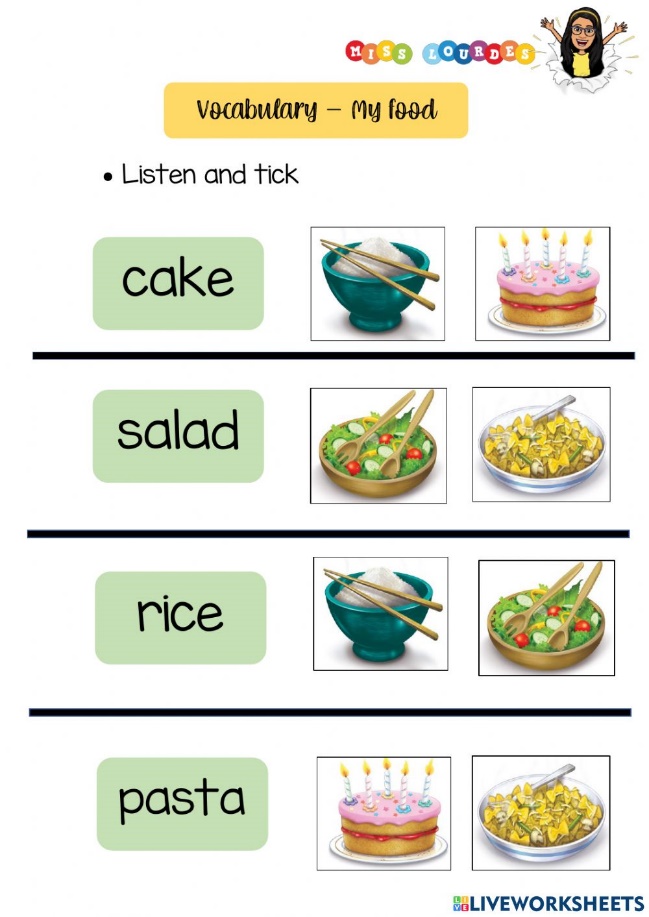

Short term plan
School № ___
Lesson 46
|
Term: 3 |
Unit 6. Health |
|
|
Teacher’s name: |
|
|
|
Date: |
|
|
|
Grade: 3 |
Number present: |
Number absent: |
|
Theme of the lesson: |
Phonics. The letters: m, n, o, p. |
|
|
Learning objectives(s) that this lesson is contributing to |
3.1.2.1 recognise familiar words with visual support; 3.2.3.1 respond to basic questions with single words or short responses; 3.3.1.2 identify and read separate sounds (phonemes) within words, which may be represented by more than one letter; 3.3.3.1 understand short, simple instructions used in familiar everyday contexts; 3.4.1.1 spell accurately a few high-frequency words. |
|
|
Lesson objectives |
By the end of the lesson the students will be able to: apply topic related vocabulary in speech making a question and a sentence; recognise and say the letters and the words with them; create and act out their own dialogues on the topic; to express personal attitude toward a topic discussing a topic. |
|
Lesson procedure:
|
Stages of the lesson/ Time |
Teacher’s activity |
Student’s activity |
Assessment |
Resources/ materials |
|
Greeting. Organisation moment. 2 min. |
Good morning, dear pupils. I’m very glad to see you. How are you today? Is it cold/ sunny/ warm today? Have you got tea today? Do you like carrots? |
The students greet the teacher. Good morning, good morning to you, Good morning dear, teacher We are glad to see you too.
|
|
Whiteboard
|
|
Warm up: 3 min. |
The teacher sets the lesson objectives, letting students know what to anticipate from the lesson. Look at the picture: Mm, Nn, Oo, Pp. What do you think we are going to study? Have you got soup today? Phonetic Drill Exercises. Repeat: Salad, fries, pizza, milkshake, cheese sandwich, chicken. Name words on the topic “Food” with a sound: [b], [k], [m]: Bread/ banana Cake/ cola/ cream Milk, marmalade |
Sts. give their suggestions: new letters.
Sts. listen to the teacher and repeat a tongue twister. Sts. repeat the words after the teacher and name the words.
|
Self – Assessment Descriptor: 3.1.4.2 understand simple descriptions of people, actions, and objects with visual support. |
Worksheet Worksheet |
|
Main activities: 19 min. |
A teacher asks Sts. to listen, point and repeat. Listen, and repeat – Ex.1 p.49 Mm – Mum Nn – nurse Oo – orange Pp – pen. Listen and chant. Ex. 2 p.49 A teacher asks Sts. to open workbooks/ worksheets and do Ex. 1 – 3 p.49
|
Sts. listen and repeat.
Each child is given a card. Sts. show the letter and ask name as many words with it.
Sts. sing a song/ Sts. do the tasks in groups.
|
Self - Assessment Assessment Criteria: Identify and read separate sounds (phonemes) within words, which may be represented by more than one letter; Apply basic words, phrases and short sentences in a talk or writing about objects. Pair Assessment – Group assessment Formative assessment is held through observation/monitoring. Assessment criteria: • Demonstrate skills of organizing and expressing ideas accurately. • Illustrate a viewpoint in a discussion. Descriptors: A learner • reads the text for global understanding; • selects meaningful information, constructs the answer; • presents information in the group discussion. • evaluates the peers’ answers. |
CD.65 Flashcards St. B p.49 CD.66 Workbook p. 49 Student’s Book “Family and friends 3. Kazakhstan edition”. (Oxford University Press) Worksheet |
|
Physical training exercise – 3 min. |
A break for physical activity. Teacher plays the video with physical exercises. https://youtu.be/C3c8fzbsfOE |
Students watch and do physical exercises. |
|
Music https://youtu.be/C3c8fzbsfOE |
|
Main activities: 15 min. |
A teacher asks Sts. to look at the pictures and words. Make a dialogue. Ex.3 – 4 p.49 Make a food plate: write what you eat. Speak in groups about a food plate.
A teacher asks Sts. to circle healthy food. |
Sts. do the task in pairs.
Yes, he has/ she has Yes, I have. No, I haven’t
Sts. fill in a diagram in pairs. Sts. work in pairs.
|
Descriptor: Assessment criteria: Apply basic words, phrases and short sentences in a talk or writing about objects. A learner can use: short answers appropriately in short, basic exchanges and take turns when speaking with others in a limited range of short, basic exchanges; placing the stress correctly on familiar polysyllabic words. Pair- Assessment Assessment Criteria: Use and follow with considerable support simple words, phrases, sentences as a support in reading familiar topics; Apply
basic words, phrases and short sentences in a talk or writing about
objects Self – assessment Pair – assessment Use and follow with considerable support simple words, phrases, sentences as a support in reading familiar topics; Apply basic words, phrases and short sentences in a talk or writing about objects. |
St. Book p.47 Worksheet Worksheet |
|
The end of the lesson 3 min. |
Teacher gives a homework and comment the work of Sts. Home Assignment: PB p.49. Ex.4(w), cards. |
SS write their homework for the next lesson. Sts. give a mark to themselves for working at the lesson. Students think critically, exploring, developing, evaluating and making choices about their own and others’ ideas.
|
Pupils evaluate themselves using evaluation lists. Reflection. Self- Assessment.
|
Whiteboard |
Short term plan
School № ___
Lesson 47
|
Term: 3 |
Unit 6. Health |
|
|
Teacher’s name: |
|
|
|
Date: |
|
|
|
Grade: 3 |
Number present: |
Number absent: |
|
Theme of the lesson: |
My favourite food |
|
|
Learning objectives(s) that this lesson is contributing to |
3.1.4.1 understand basic personal questions; 3.2.3.1 respond to basic questions with single words or short responses; 3.3.5.1 read short, illustrated fiction and non-fiction stories written in very simple language using a dictionary; 3.4.4.1 link ideas with and, but; 3.5.1.10 use common present simple forms and contractions on a limited range of familiar topics. |
|
|
Lesson objectives |
By the end of the lesson the students will be able to: identify types of food and explain the preferences; apply topic related vocabulary in speech and use linking words as but and and; create and act out their own dialogues on the topic; express personal attitude toward a topic discussing a topic. |
|
Lesson procedure:
|
Stages of the lesson/ Time |
Teacher’s activity |
Student’s activity |
Assessment |
Resources/ materials |
|
Greeting. Organisation moment. 2 min. |
Good morning, dear pupils. I’m very glad to see you. How are you today? Thanks. Take your seats. |
The students greet the teacher. Good morning, good morning to you, Good morning dear, teacher We are glad to see you too.
|
|
Whiteboard
|
|
Warm up: 3 min. |
The teacher sets the lesson objectives, letting students know what to anticipate from the lesson. Look at the picture. What do you think we are going to study?
Warm up. Phonetic Drill Exercises. Repeat: Meat, rice, fish, apple, bread. Name words on the topic “Food” with a sound: [m], [p], [f]: Meat, food, fish Egg, apple Juice, water, hot chocolate, milk, tea. |
Sts. give their suggestions: Food?
Sts. listen to the teacher and repeat a tongue twister. Sts. repeat the words after the teacher and name the words.
|
Self – Assessment Descriptor: 3.3.1.2 identify and read separate sounds (phonemes) within words, which may be represented by more than one letter. |
Worksheet Worksheet |
|
Main activities: 19 min. |
A teacher asks Sts. if they go to the café. What do you eat at the café? Do you like? A teacher shows flashcards to Sts. and ask questions. Listen and point. What is in the menu? Use linking words: But - And A Game: Food I like I dont like - Учебные ресурсы Wordwall https://wordwall.net › ru-by › community › i-like-i-dont-... Ex.2 p.50 Say which foods on the menu you like. Ex.3 p.50 A teacher shows cards with food to Sts. Is it a tomato? Yes, it is. No, it isn’t. A teacher asks Sts. to do the competition task in groups. Find as many words as you can. A winner team get a prize.
|
Sts. give different answers. I and my family go to the café. We usually eat: salad, meat or fish, pizza. I like…. (+) I don’t like (-). I like meat but I don’t like fish.
Sts. spin the wheel and say if I like/ don’t like
My favourite food is meat. I like meat and fish.
Sts/ ask questions to each other showing a flashcard.
Sts. do the puzzle game in teams.
|
Self - Assessment Assessment Criteria: Use and follow with considerable support simple words, phrases, sentences as a support in reading familiar topics; Apply basic words, phrases and short sentences in a talk or writing about objects. Each child is given a card with self – assessment. Sts. put a mark to themselves. |
CD.68 Worksheet Flashcards St. B p.50 Student’s Book “Family and friends 3. Kazakhstan edition”. (Oxford University Press) Worksheet |
|
Physical training exercise – 3 min. |
A break for physical activity. Teacher plays the video with physical exercises. |
Students watch and do physical exercises. |
|
Music |
|
Main activities: 15 min. |
A teacher asks St. to put missing numbers and read a word.
A teacher asks Sts. to look at the pictures and words. Fill in your Food Plate: A teacher asks Sts. to fill in their lunch boxes.
|
Sts. do the task in pairs. St. do this task in pairs.
Sts. name food in lunch boxes and organise theirs.
Some Sts. want to put:
|
Descriptor: Assessment criteria: Apply basic words, phrases and short sentences in a talk or writing about objects. Use and follow with considerable support simple words, phrases, sentences as a support in reading familiar topics. Descriptor: Assessment criteria: Apply basic words, phrases and short sentences in a talk or writing about objects. Use and follow with considerable support simple words, phrases, sentences as a support in reading familiar topics; Pair- Assessment Assessment Criteria: Use and follow with considerable support simple words, phrases, sentences as a support in reading familiar topics; Apply
basic words, phrases and short sentences in a talk or writing about
objects Self – Assessment Pair share At the end of a lesson learners share with their partner: • Three new things they have learnt • What they found easy • What they found difficult Something they would like to learn in the future. |
Worksheet Whiteboard Worksheet Worksheets |
|
The end of the lesson 3 min. |
Teacher gives a homework and comment the work of Sts. Home Assignment: PB p.50. Ex.4(w). a poster.
|
SS write their homework for the next lesson. Sts. give a mark to themselves for working at the lesson. Students think critically, exploring, developing, evaluating and making choices about their own and others’ ideas.
|
Pupils evaluate themselves using evaluation lists. Reflection. Self- Assessment.
|
Whiteboard |
Short term plan
School № ___
Lesson 48
|
Term: 3 |
Unit 6. Health |
|
|
Teacher’s name: |
|
|
|
Date: |
|
|
|
Grade: 3 |
Number present: |
Number absent: |
|
Theme of the lesson: |
Specific information about favourite food. Unit assessment 6 |
|
|
Learning objectives(s) that this lesson is contributing to |
3.1.4.2 understand simple descriptions of people, actions, and objects with visual support; 3.2.4.1 provide simple descriptions of people, and objects; 3.3.4.1 find specific information in different types of texts (postcards, posters, flyers, messages, and notices: places, time, and prices); 3.4.2.2 use words and short simple phrases to complete a written text at a sentence level; 3.5.1.10 use common present simple forms and contractions on a limited range of familiar topics. |
|
|
Lesson objectives |
By the end of the lesson the students will be able to: apply basic words, phrases and short sentences in a talk or writing about foods. to show all taught skills of the unit. |
|
Lesson procedure:
|
Stages of the lesson/ Time |
Teacher’s activity |
Student’s activity |
Assessment |
Resources/ materials |
|
Greeting. Organisation moment. 2 min. |
Good morning, dear pupils. I’m very glad to see you. How are you today? Thanks. Take your seats. |
The students greet the teacher. Good morning, good morning to you, Good morning dear, teacher We are glad to see you too.
|
|
Whiteboard
|
|
Warm up: 5 min. |
The teacher sets the lesson objectives, letting students know what to anticipate from the lesson. Phonetic Drill Exercise. Repeat:
|
Sts. listen to the teacher and the words. Sts. repeat the words after the teacher and name the words.
|
Self – Assessment Descriptor: 3.3.1.2 identify and read separate sounds (phonemes) within words, which may be represented by more than one letter. |
Worksheet |
|
Main activities: 10 min. |
Listen, point and repeat: Sandwich, grapes, ice cream, cherries. Listen and draw: Ex.2 p.51 |
Sts. repeat the words after the teacher and make up sentences with: I like/ I don’t like.
|
Self – Assessment Assessment Criteria: Use and follow with considerable support simple words, phrases, sentences as a support in reading familiar topics; Apply basic words, phrases and short sentences in a talk or writing about objects. |
St. Book p.51 CD.69 CD.70 |
|
Main activities: 25 min. |
Unit assessment 6. A teacher explains tasks for unit assessment 6. Sts. do the assessment. |
|||
|
The end of the lesson 3 min. |
Teacher gives a home – assignment. Home Assignment: My favourite food (a poster).
|
SS write their homework for the next lesson.
|
Reflection. Self- Assessment. |
Whiteboard |

Short term plan
School № ___
Lesson 49
|
Term: 3 |
Unit 6. Health |
|
|
Teacher’s name: |
|
|
|
Date: |
|
|
|
Grade: 3 |
Number present: |
Number absent: |
|
Theme of the lesson: |
Project: A funny character. |
|
|
Learning objectives(s) that this lesson is contributing to |
3.1.4.2 understand simple descriptions of people, actions, and objects with visual support; 3.2.4.1 provide simple descriptions of people, and objects; 3.3.5.1 read short, illustrated fiction and non-fiction stories written in very simple language using a dictionary; 3.4.3.1 create a poster or a postcard, using words and simple phrases. |
|
|
Lesson objectives |
By the end of the lesson the students will be able to: to understand a story about home cooking in Kazakhstan; apply topic related vocabulary in speech; create and act out their own dialogues on the topic; to express personal attitude toward a topic discussing a topic. |
|
Lesson procedure:
|
Stages of the lesson/ Time |
Teacher’s activity |
Student’s activity |
Assessment |
Resources/ materials |
|
Greeting. Organisation moment. 2 min. |
Good morning, dear pupils. I’m very glad to see you. How are you today? Thanks. Take your seats. |
The students greet the teacher. Good morning, good morning to you, Good morning dear, teacher We are glad to see you too.
|
|
Whiteboard
|
|
Warm up: 3 min. |
The teacher sets the lesson objectives, letting students know what to anticipate from the lesson. Look at the picture. What do you think we are going to study?
Phonetic Drill Exercises. Repeat: Character, big, small, arm, ears, Name words on the topic “Parts of the body” with a sound: [h], [f], [l]: |
Sts. give their suggestions:
A funny character? Food? Salad?
Sts. listen to the teacher and repeat a tongue twister. Sts. repeat the words after the teacher and name the words.
|
Self – Assessment Descriptor: 3.3.1.2 identify and read separate sounds (phonemes) within words, which may be represented by more than one letter. Observe learners when participating in use of English activities. Record what they considered they had learned from the lesson. Could they express what they had learned about content and language? Could they express which skills they had developed? Formative assessment is held through observation/ monitoring. |
Worksheet Worksheet Pictures Flashcards |
|
Main activities: 19 min. |
A teacher asks Sts. to play BINGO game with parts of the body. Parts of the Body Bingo Vocabulary List: eye, ear, lips, tooth, teeth, foot, feet, face, head, knee, elbow, wrist, leg, arm, back, hair, ankle, toes, finger, thumb, shoulder, leg, hand, tongue, heel.
Think of a funny character. Open workbooks and read the example about funny character: This is my character. It is tall. It has got 2 legs and 2 long arms. It likes apples.
|
Sts. listen and point. and make some notes or draw.
Sts. make a poster of a funny character. Sts. do the test in groups/ pairs.
|
Self - Assessment Assessment Criteria: Use and follow with considerable support simple words, phrases, sentences as a support in reading familiar topics; Apply basic words, phrases and short sentences in a talk or writing about objects. Self – Assessment: Assessment criteria: understanding with considerable and particularly visual support, some specific information in short, simple texts on familiar topics. |
Worksheet Flashcards St. B p.55 Student’s Book “Family and friends 2. Kazakhstan edition”. (Oxford University Press) Workbook p.52 |
|
Physical training exercise – 3 min. |
A break for physical activity. Teacher plays the video with physical exercises. |
Students watch and do physical exercises. |
https://youtu.be/frN3nvhIHUk |
Music https://youtu.be/frN3nvhIHUk |
|
Main activities: 15 min. |
Present a funny character. Follow the plan:
|
Sts. do the task and find words in the sentences.
|
Descriptor: Assessment criteria: Apply basic words, phrases and short sentences in a talk or writing about objects. Use and follow with considerable support simple words, phrases, sentences as a support in reading familiar topics. Self - assessment |
St. Book p.52 |
|
The end of the lesson 3 min. |
Teacher gives a homework and comment the work of Sts. Home Assignment: PB p.52 Ex.3(w). |
SS write their homework for the next lesson. Sts. give a mark to themselves for working at the lesson. Students think critically, exploring, developing, evaluating and making choices about their own and others’ ideas.
|
Pupils evaluate themselves using evaluation lists. Reflection. Self- Assessment.
|
Whiteboard |
Short term plan
School № ___
Lesson 51
|
Term: 3 |
Unit 6 Health |
|
|
Teacher’s name: |
|
|
|
Date: |
|
|
|
Grade: 3 |
Number present: |
Number absent: |
|
Theme of the lesson: |
Values |
|
|
Learning objectives(s) that this lesson is contributing to |
3.1.4.1 understand basic personal questions; 3.2.3.1 respond to basic questions with single words or short responses; 3.3.5.1 read short, illustrated fiction and non-fiction stories written in very simple language using a dictionary; 3.4.5.1 apply basic rules of punctuation (use capital letters, full stops, and question marks). |
|
|
Lesson objectives |
By the end of the lesson the students will be able to: speak about the activities and food to keep fit; apply topic related vocabulary in speech; create and act out their own dialogues on the topic; express personal attitude toward a topic discussing a topic. |
|
Lesson procedure:
|
Stages of the lesson/ Time |
Teacher’s activity |
Student’s activity |
Assessment |
Resources/ materials |
|||||||||||||||||||||||||||||||||
|
Greeting. Organisation moment. 2 min. |
Good morning, dear pupils. I’m very glad to see you. How are you today? Thanks. Take your seats. |
The students greet the teacher. Good morning, good morning to you, Good morning dear, teacher We are glad to see you too.
|
|
Whiteboard
|
|||||||||||||||||||||||||||||||||
|
Warm up: 3 min. |
The teacher sets the lesson objectives, letting students know what to anticipate from the lesson Watch a video and write down food in it. Stop at the first few seconds: What does the man like? Name all the foods he likes. Warm up. Phonetic Drill Exercises. Repeat: Salad, fries, pizza, milkshake, cheese sandwich, chicken. Name words on the topic “Food” with a sound: [b], [v], [k]: Bread/ banana/ broccoli; Vegetables, veal; Kola, cake, carrot. |
Sts. write down the names of food in a video. https://youtu.be/1WZoI5zjhag I don’t like food, I love it. He likes:
Sts. listen to the teacher and repeat a tongue twister. Sts. repeat the words after the teacher and name the words.
|
Self – Assessment Descriptor: 3.1.4.2 understand simple descriptions of people, actions, and objects with visual support. |
Worksheet https://youtu.be/1WZoI5zjhag Whiteboard Flashcards |
|||||||||||||||||||||||||||||||||
|
Main activities: 19 min. |
A teacher asks Sts. to open books and do Ex.1 p.53. Tick what you can do to be fit. Do you sing to keep fit? Do you dance to keep fit? What foods do you eat to keep fit?
|
Sts. read the sentences and tick if it is right.
Sts. make a sandwich/ healthy sandwich. Tell each other how to make a sandwich.
|
Self - Assessment Assessment Criteria: Use and follow with considerable support simple words, phrases, sentences as a support in reading familiar topics; find specific information in different types of texts (postcards, posters, flyers, messages, and notices: places, time, and prices);
|
St. Book p.53
Flashcards
worksheet |
|||||||||||||||||||||||||||||||||
|
Physical training exercise – 3 min. |
A break for physical activity. Teacher plays the video with physical exercises. https://youtu.be/C3c8fzbsfOE |
Students watch and do physical exercises. |
|
Music https://youtu.be/C3c8fzbsfOE |
|||||||||||||||||||||||||||||||||
|
Main activities: 15 min.
|
A teacher asks Sts. to look at the picture of a calendar and make your own one. Ex.2 p.53 The second group draw a poster: My Healthy weekend. 1group Calendar of activities
|
Sts. do the task in pairs. 2group: My healthy weekends
The Sts. can write or draw. |
Descriptor: Assessment criteria: Apply basic words, phrases and short sentences in a talk or writing about objects. Use and follow with considerable support simple words, phrases, sentences as a support in reading familiar topics.
|
St. Book p.53 Worksheet Tables
|
|||||||||||||||||||||||||||||||||
|
The end of the lesson 3 min. |
Teacher gives a homework and comment the work of Sts. Home Assignment: PB p.53 Ex.2(w.)
|
SS write their homework for the next lesson. Sts. give a mark to themselves for working at the lesson. Students think critically, exploring, developing, evaluating and making choices about their own and others’ ideas.
|
Pupils evaluate themselves using evaluation lists. Reflection. Self- Assessment.
|
Whiteboard |
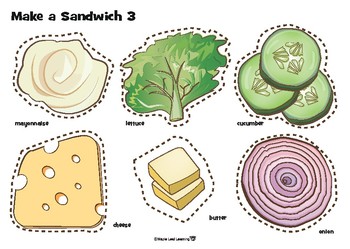

Short term plan
School № ___
Lesson 53
|
Term: 4 |
Unit 7. Buildings |
|
|
Teacher’s name: |
|
|
|
Date: |
|
|
|
Grade: 3 |
Number present: |
Number absent: |
|
Theme of the lesson: |
A story about a party |
|
|
Learning objectives(s) that this lesson is contributing to |
3.1.2.1 recognise familiar words with visual support; 3.1.5.1.use contextual clues to predict content in short, supported talk on a limited range of familiar topics; 3.2.2.1 use isolated words and basic expressions to provide personal information; 3.3.3.2 find out the main points in short simple descriptions with visual support; 3.4.2.1. follow word order rules in short statements; 3.5.1.12 use basic adverbs of place here/there to say where things are. |
|
|
Lesson objectives |
By the end of the lesson the students will be able to: learn how to speak about the party and identify different party objects; recognize and use vocabulary to do with the party; to express personal attitude toward a topic discussing a topic. |
|
Lesson procedure:
|
Stages of the lesson/ Time |
Teacher’s activity |
Student’s activity |
Assessment |
Resources/ materials |
|
Greeting. Organisation moment. 2 min. |
Begin the lesson with some greetings. Ask and answer How are you? Look through the window? Is it cold today? |
The students greet the teacher and answer the questions. Good morning, good morning to you, We are glad to see you too.
Today is not cold. |
|
Whiteboard
|
|
Warm up: 3 min. |
Phonetic Drill Exercise. A teacher asks Sts. To look at the picture and guess the theme of the lesson.
Let’s sing a song: Happy Birthday |
Sts.look at the pictures and guess the topic of the lesson. PARTY
Sts. sing a song and say the month of their birthday. My birthday is in May and yours?
|
Assessment Criteria: Use and follow with considerable support simple words, phrases, sentences as a support in reading familiar topics; Apply basic words, phrases and short sentences in a talk. |
https://youtu.be/n3qw7lZzbkM |
|
Main activities: 17 min. |
A teacher asks Sts. to name all the objects at the party. What have you got at your birthday party? I like it. My birthday is in December. Do you like presents? Look, Listen and Point. (CD.73). A teacher asks Sts. to read the text in pairs and try to understand all sentences: Let’s buy presents. He likes cars. Are those chocolates? Let’s put the presents in the living room. It’s five o’clock in the morning. Happy Birthday! Thank you for my presents. |
Sts. name all the objects at the party. Draw and name: Cake, balloon, present, cards, chocolate, masks, juice, flags, flowers. Do you like your birthday? -Yes/no. Sts. translate the sentences to each other.
|
Self – Assessment Assessment criteria: 1. Demonstrate an ability to organize and express ideas clearly; 2.Apply topic related vocabulary in speech appropriately arranging words and phrases into well-formed sentences. Descriptor: A learner:
|
Flashcards CD.71 CD.72 Student’s Book “Family and friends 2. Kazakhstan edition”. (Oxford University Press) p.54 Worksheet |
|
Physical training exercise – 3 min. |
A break for physical activity. Teacher plays the video with physical exercises. |
Students watch and do physical exercises. |
|
Music |
|
Main activities: 18 min. |
A teacher asks the Sts. to do some exercises.
Well done. Open the workbooks and do the tasks on p.54. You are given 6 minutes. What do you like at birthday parties? Take a list of paper and write one wish: I want my parents to buy me a…. |
Sts. do the tasks.
Sts. speak about their birthday and present the tasks.
I like presents. I want a new mobile phone.
|
Self – Assessment. Descriptor: understand some specific information in short, slow, carefully articulated talk on routine and familiar topics. Pair – assessment
Score:6 Descriptor: Respond to basic supported questions giving personal and factual information. Pair - Assessment |
Sts. Book p.52 CD.73 Student’s Book “Family and friends 2. Kazakhstan edition”. (Oxford University Press) Worksheets |
|
The end of the lesson 2 min. |
• At the end of the lesson, wave goodbye to the class and say Bye! Goodbye! Home Assignment: PB p.54. Ex.4(5questions, 5 answers). |
SS write their homework for the next lesson. Sts. give a mark to themselves for working at the lesson. Students think critically, exploring, developing, evaluating and making choices about their own and others’ ideas.
|
Pupils evaluate themselves using evaluation lists. Reflection. Self- Assessment.
|
Whiteboard |
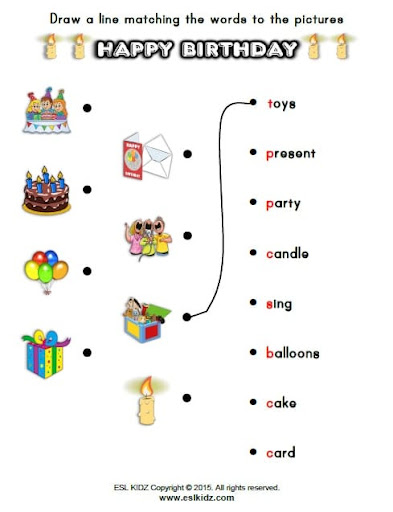
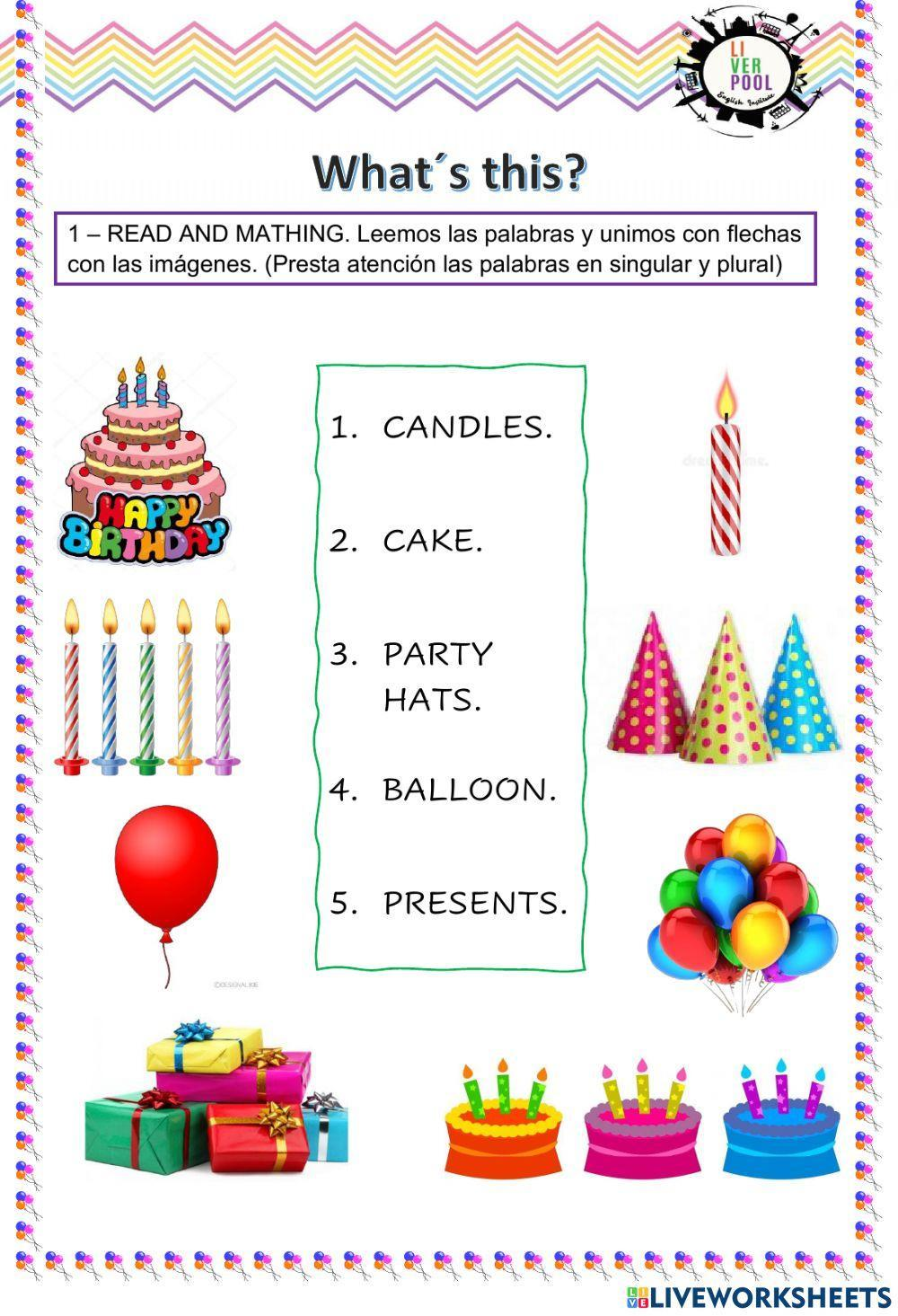
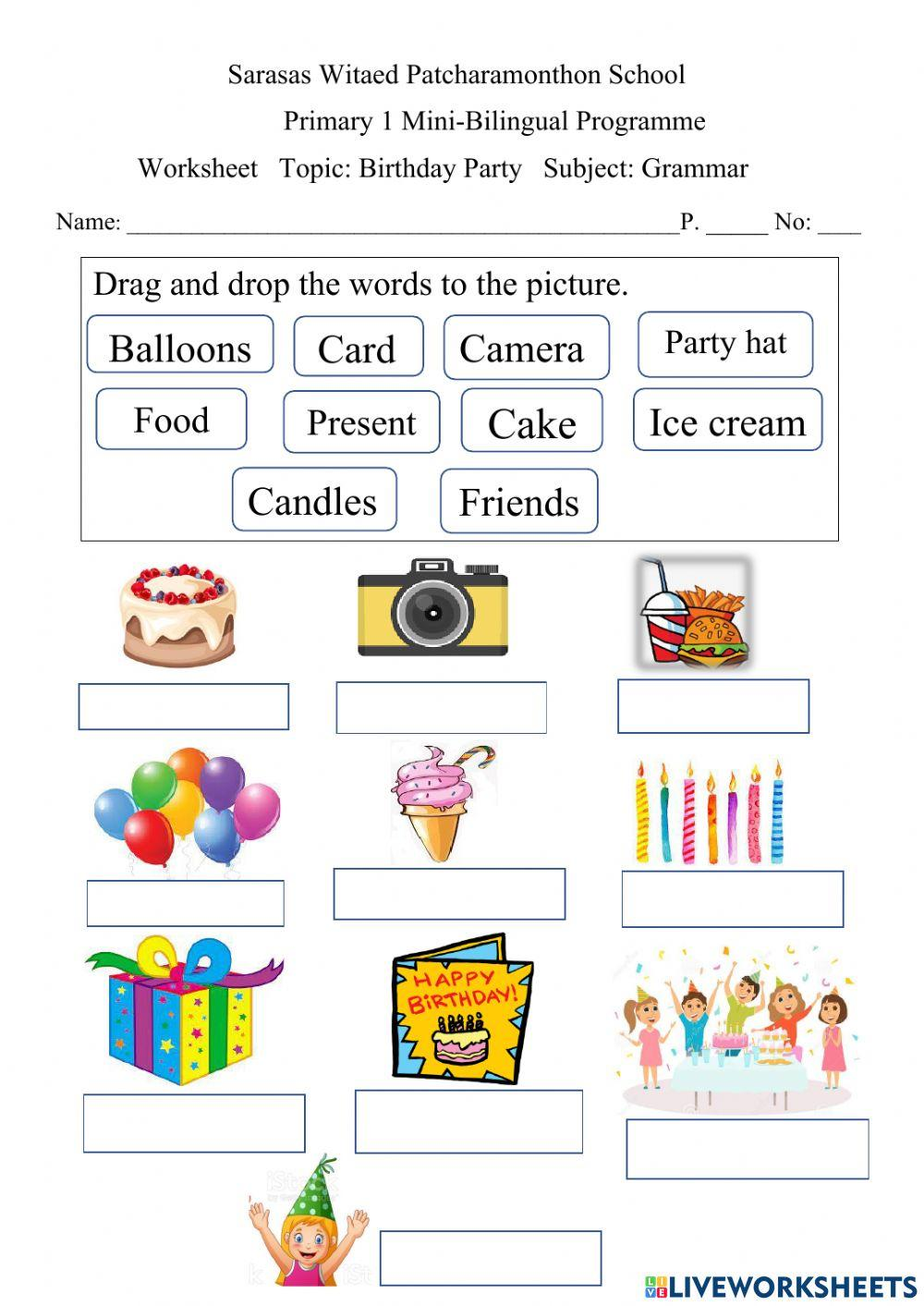
Short term plan
School № ___
Lesson 55
|
Term: 4 |
Unit 7. Buildings |
|
|
Teacher’s name: |
|
|
|
Date: |
|
|
|
Grade: 3 |
Number present: |
Number absent: |
|
Theme of the lesson: |
Rooms in the house/flat |
|
|
Learning objectives(s) that this lesson is contributing to |
3.1.4.2 understand simple descriptions of people, actions, and objects with visual support; 3.2.2.1 use isolated words and basic expressions to provide personal information; 3.3.3.2 find out the main points in short simple descriptions with visual support; 3.4.1.1 spell accurately a few high-frequency words; 3.5.1.3 use cardinal numbers 1-10; |
|
|
Lesson objectives |
By the end of the lesson the students will be able to: identify different places in a home; learn cardinal numbers 1-10 and use them in speech; write familiar words correctly and make sentences with them; to express personal attitude toward a topic discussing a topic. |
|
Lesson procedure:
|
Stages of the lesson/ Time |
Teacher’s activity |
Student’s activity |
Assessment |
Resources/ materials |
|
Greeting. Organisation moment. 2 min. |
Good morning, dear pupils. I’m glad to see you. How are you today? |
The students greet the teacher. Good morning, good morning to you, We are glad to see you too.
How are you? It’s sunny/ cold/ hot. |
|
Whiteboard
|
|
Warm up: 3 min. |
The teacher sets the lesson objectives, letting students know what to anticipate from the lesson. Look at the pictures.
Where do you live? In a flat or in the house? |
Sts. guess the theme of the lesson: Flat? House? Rooms?
Sts. listen to the teacher and repeat a proverb: East or West, Home is Best. Sts. repeat the words after the teacher and name the words.
|
Self – Assessment Descriptor: 2.1.9.1 recognise the spoken form of familiar words and expressions |
Whiteboard https://youtu.be/Fe9bnYRzFvk |
|
Main activities: 19 min. |
A teacher asks Sts. to look at the flashcards and define a room. Is it a kitchen? Is it a bedroom? Listen and repeat: kitchen, living room, dining room, bedroom, bathroom. Sing a song and do. Ex.2- 3 p.56 New words in a song: Upstairs, downstairs, follow me, go through, door. Count from 1 to 10 and say: How many rooms have you got in the house? Sts. speak about the number of rooms. Look and say: What is it: a garden, toilet, computer room.
|
Sts. listen to the words and repeat the words after the teacher.
We have got…...
I have got a big house: 3 bedrooms, 1 living room, 2 kitchens. |
Self – Assessment Descriptor: A learner:
Group - assessment Descriptor: A learner Use and follow with considerable support simple words, phrases, sentences in reading familiar topics. Give a sticker for a right answer to encourage Sts.
Criteria assessment: identifying, remembering and sounding out high-frequency sound and letter patterns. |
CD. 74 CD.75 St. Book p.56 A song: Come into my house. Worksheet |
|
Physical training exercise – 3 min. |
A break for physical activity. Teacher plays the video with physical exercises. https://youtu.be/JoF_d5sgGgc
|
Students watch and do physical exercises and sing a song.
|
|
Music https://youtu.be/JoF_d5sgGgc |
|
Main activities: 15 min. |
Watch a video about a typical English house and try to remember as many words as you can. https://youtu.be/rtdsciznDYg
A teacher asks Sts. to do ex. in workbooks or printed worksheeds. |
Sts. do the task individually. They write the words and do the crosswords.
Sts. read about Homes in Britain.
Sts. number the pictures and circle family words.
|
Pair - Assessment Descriptor: A learner: uses appropriate subject-specific vocabulary while speaking. Pair – assessment Observe learners when participating in use of English activities. Record what they considered they had learned from the lesson. Could they express what they had learned about content and language? Could they express which skills they had developed? Formative assessment is held through observation/ monitoring. |
worksheet https://youtu.be/rtdsciznDYg Whiteboard Teacher’s B. p.70 |
|
The end of the lesson 3 min. |
Teacher gives a homework and comment the work of Sts. Home Assignment: PB p.56. Ex.4(w). |
SS write their homework for the next lesson. Sts. give a mark to themselves for working at the lesson. Students think critically, exploring, developing, evaluating and making choices about their own and others’ ideas.
|
Pupils evaluate themselves using evaluation lists. Reflection. Self- Assessment.
|
Whiteboard |

https://youtu.be/GxAEGNsFQps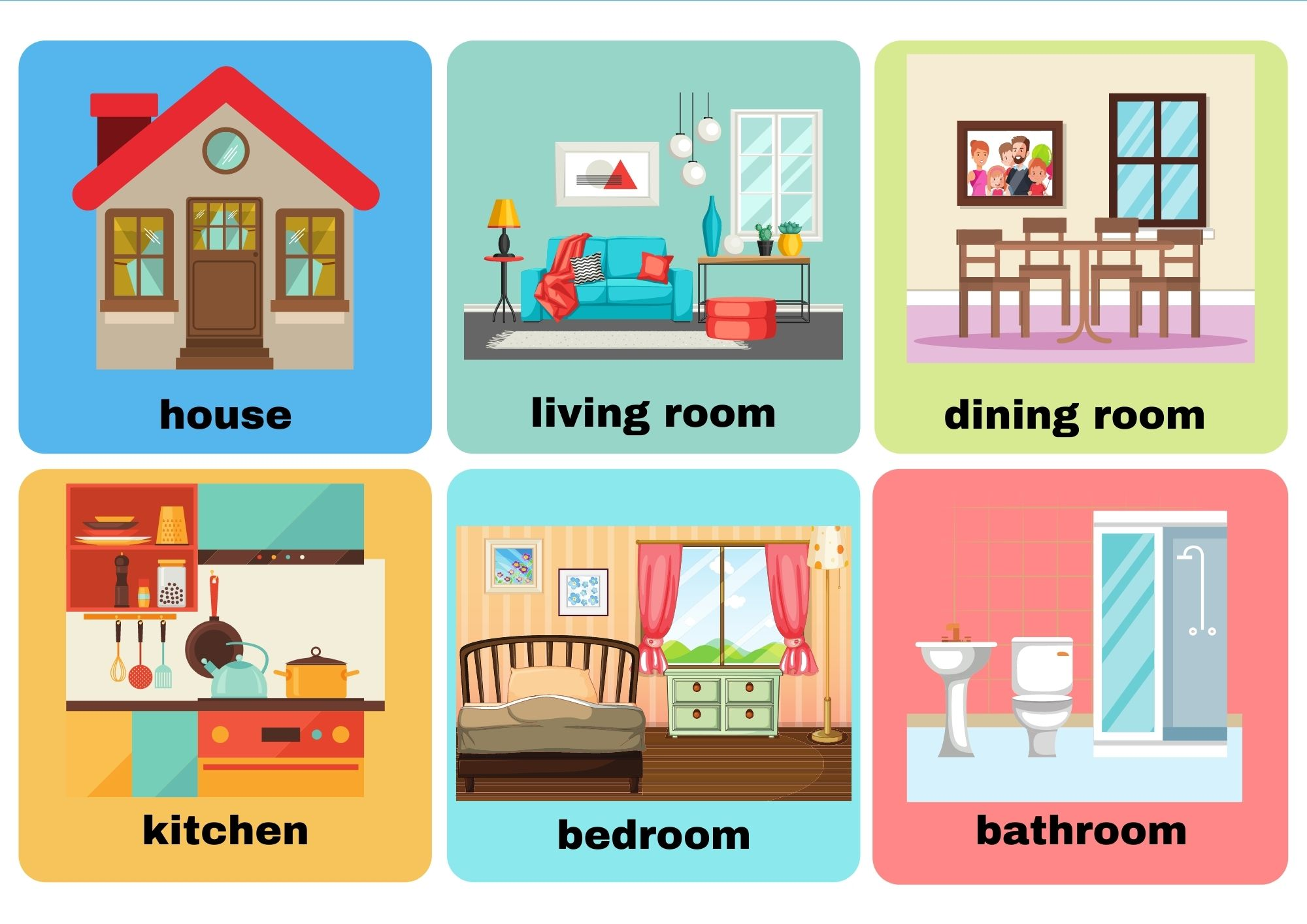
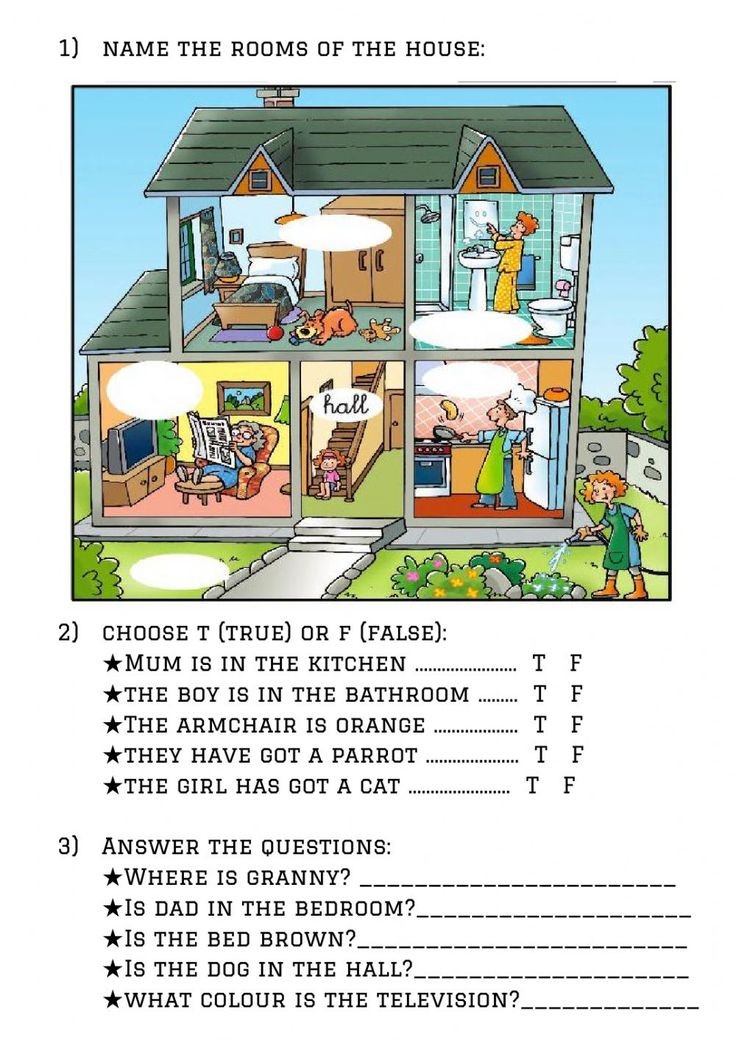

Short term plan
School № ___
Lesson 56
|
Term: 4 |
Unit 7. Buildings |
|
|
Teacher’s name: |
|
|
|
Date: |
|
|
|
Grade: 3 |
Number present: |
Number absent: |
|
Theme of the lesson: |
Phonics. The letters: q, r, s, t, u. |
|
|
Learning objectives(s) that this lesson is contributing to |
3.1.2.1 recognise familiar words with visual support; 3.2.3.1 respond to basic questions with single words or short responses; 3.3.1.2 identify and read separate sounds (phonemes) within words, which may be represented by more than one letter; 3.4.1.1 spell accurately a few high-frequency words. |
|
|
Lesson objectives |
By the end of the lesson the students will be able to: identify, remember and sound out high-frequency sound and letter patterns with q, r, s, t, u.; write familiar words correctly and make sentences with them; apply short answers appropriately in short, basic exchanges and take turns when speaking with others in a limited range of short, basic exchanges; to express personal attitude toward a topic discussing a topic. |
|
Lesson procedure:
|
Stages of the lesson/ Time |
Teacher’s activity |
Student’s activity |
Assessment |
Resources/ materials |
||||||||||||
|
Greeting. Organisation moment. 2 min. |
As children come into the class, say Hello. Encourage them to say Hello or Good morning/ Good afternoon to you. Begin the lesson with some greetings. Ask and answer How are you? |
The students greet the teacher. Good morning, good morning to you, We are glad to see you too.
How are you? |
|
Whiteboard
|
||||||||||||
|
Warm up: 3 min. |
The teacher sets the lesson objectives, letting students know what to anticipate from the lesson. Look: q, r, s, t, u. Warm up. Phonetic Drill Exercise. https://youtu.be/wzJNIXGst3Q |
Sts. guess the theme of the lesson: Letters: Q, R, S, T, U!
Sts. listen to the teacher and repeat a song.
|
Self – Assessment Descriptor: 3.1.2.1 recognise familiar words with visual support; |
Whiteboard https://youtu.be/wzJNIXGst3Q |
||||||||||||
|
Main activities: 19 min. |
A teacher explains that a letter Uu gives 2 sounds:
You have a list of words. Read and put them/ write into a correct column:
Ex.1 p.57 Listen, point and repeat: queen, rabbit, sofa, teddy, umbrella. Ex.2. Listen and chant Listen to the sounds and join the letters. Ex.3 p.57 |
Sts. read and put in a column.
Sts. repeat and read the words correctly.
Sts. listen and write down the words in groups. e.g. swim, fin, fish….
Sts. do the task individually. Pay attention to pronunciation of words.
Sts. do the tasks in pairs or individually.
|
Self – Assessment/ Pair Assessment Descriptor: A learner:
Self - assessment
Group - Assessment
Self – Assessment Descriptor: A learner Use and follow with considerable support simple words, phrases, sentences in reading familiar topics. Give a sticker for a right answer to encourage Sts.
|
Flashcards
A table
Student Book “Family and friends 3. Kazakhstan edition”. (Oxford University Press) p.57 CD. 76 CD. 77
Worksheet |
||||||||||||
|
Physical training exercise – 3 min.
|
A break for physical activity. Teacher plays the video with physical exercises.
|
Students watch and do physical exercises and sing a song.
|
|
Music
|
||||||||||||
|
Main activities: 15 min.
|
A play: “Bingo” A teacher asks Sts. to find and name the words with letters.
|
Sts. try to have as many words with a letters: Q, R, S, T, U and their sounds. Sts. do the task in groups.
Sts. sit in front of computers, switch on the internet and play games connected with a letter T (U, Q, R). Sts. find the letter and words in pairs.
|
Self – Assessment Descriptor: A learner: uses appropriate subject-specific vocabulary while speaking.
Group Work Assessment criteria: Use and follow with considerable support simple words, phrases, sentences in reading familiar topics.
|
Whiteboard Worksheet
|
||||||||||||
|
The end of the lesson 3 min. |
Teacher gives a homework and comment the work of Sts. Home Assignment: PB p.57. Ex.4(w).
|
SS write their homework for the next lesson. Sts. give a mark to themselves for working at the lesson. Students think critically, exploring, developing, evaluating and making choices about their own and others’ ideas.
|
Pupils evaluate themselves using evaluation lists. Reflection. Self- Assessment.
|
Whiteboard |
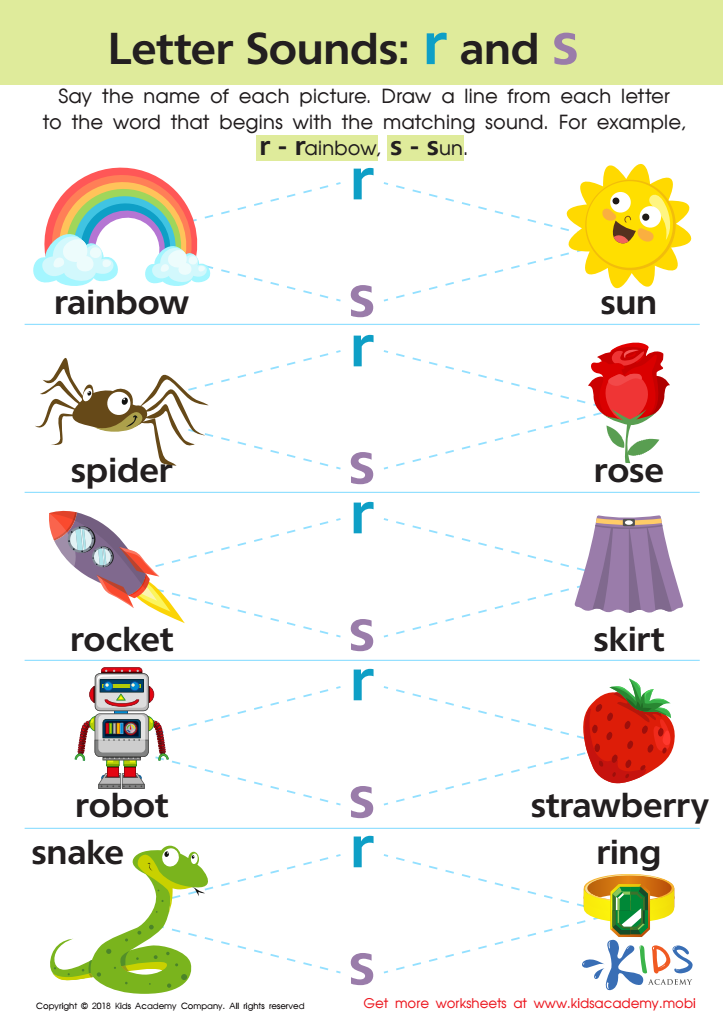
Short term plan
School № ___
Lesson 57
|
Term: 4 |
Unit 7. Buildings |
|
|
Teacher’s name: |
|
|
|
Date: |
|
|
|
Grade: 3 |
Number present: |
Number absent: |
|
Theme of the lesson: |
Where family members are. |
|
|
Learning objectives(s) that this lesson is contributing to |
3.1.4.2 understand simple descriptions of people, actions, and objects with visual support; 3.2.3.1 respond to basic questions with single words or short responses; 3.3.3.2 find out the main points in short simple descriptions with visual support; 3.5.1.12 use basic adverbs of place here/there to say where things are; 3.5.1.14 use basic prepositions of place. |
|
|
Lesson objectives |
By the end of the lesson the students will be able to: understand with considerable and particularly visual support, some specific information in short, simple texts on familiar topics; apply short answers appropriately in short, basic exchanges and take turns when speaking with others in a limited range of short, basic exchanges; to express personal attitude toward a topic discussing a topic. |
|
Lesson procedure:
|
Stages of the lesson/ Time |
Teacher’s activity |
Student’s activity |
Assessment |
Resources/ materials |
||||||||
|
Greeting. Organisation moment. 2 min. |
As children come into the class, say Hello. Encourage them to say Hello or Good morning/ Good afternoon to you. Begin the lesson with some greetings. Ask and answer How are you? |
The students greet the teacher. Good morning, good morning to you, We are glad to see you too.
How are you? |
|
Whiteboard
|
||||||||
|
Warm up: 7 min. |
The teacher sets the lesson objectives, letting students know what to anticipate from the lesson. Look: Before class prepare four pieces of paper with the following written on: Father, mother, sister, brother Hand in hands with one another.
|
Sts. guess the theme of the lesson: Family members.
|
Self – Assessment Descriptor: 3.1.5.1.use contextual clues to predict content in short, supported talk on a limited range of familiar topics correctly. |
Whiteboard Worksheets |
||||||||
|
Main activities: 15 min. |
Play "Location of family
members Word Association
Draw" Divide the class into teams (of 3 or 4 students). Give each team one pen and lots small pieces of colored paper (e.g. Team A has only red paper, Team B has only blue paper, etc.). This is very important as you will be giving scores to each team based on the number of pictures they have drawn. |
Sts. write associations with a room. Kitchen: cups, plates, fruit, foods. Bathroom: Bath, towel, shower. Living room: a sofa, TV, books, a table. 3. Where is a father?
|
Group - Assessment Descriptor: A learner Use and follow with considerable support simple words, phrases, sentences in reading familiar topics.
Give a sticker for a right answer to encourage Sts.
|
Flashcards Student Book “Family and friends 3. Kazakhstan edition”. (Oxford University Press) Worksheet |
||||||||
|
Physical training exercise – 3 min. |
Sing
"Finger Family song" |
Students watch and do physical exercises and sing a song. They see lyrics on the screen. https://youtu.be/G6k7dChBaJ8
|
|
Music https://youtu.be/G6k7dChBaJ8 |
||||||||
|
Main activities: 15 min. |
A teacher asks Sts. to point to 3 family members on p.58 Ex.1. Listen – Point – Repeat CD.79 The teacher asks Sts. to open their books on p.58 and listen to the text. While listening, fill in a table: Where are they?
Ex. 2 – 3 p.58. Write the family number. A teacher asks Sts. to do Ex.1 p.58 I their workbooks. |
Sts. try to look at the pictures and repeat the sentences.
Sts. do the task in groups/ pairs. Sts. listen and point. Singular form - is. Plural form – are. Rosy is in the kitchen. Mum is Grandpa is Billy is Mother and father are…. |
Group – Assessment Descriptor: A learner: uses appropriate subject-specific vocabulary while speaking.
Descriptor: A learner:
uses appropriate subject-specific vocabulary while speaking.
|
CD.79 worksheet Whiteboard
Worksheet
St. Book p.56
|
||||||||
|
The end of the lesson 3 min. |
Teacher gives a homework and comment the work of Sts. Home Assignment: PB p.58. Ex.3(w).
|
SS write their homework for the next lesson. Sts. give a mark to themselves for working at the lesson. Students think critically, exploring, developing, evaluating and making choices about their own and others’ ideas.
|
Pupils evaluate themselves using evaluation lists. Reflection. Self- Assessment.
|
Whiteboard |
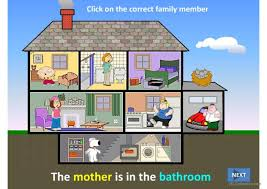
Short term plan
School № ___
Lesson 58
|
Term: 4 |
Unit 7. Buildings |
|
|
Teacher’s name: |
|
|
|
Date: |
|
|
|
Grade: 3 |
Number present: |
Number absent: |
|
Theme of the lesson: |
My house/ flat. |
|
|
Learning objectives(s) that this lesson is contributing to |
3.1.4.2 understand simple descriptions of people, actions, and objects with visual support; 3.2.3.1 respond to basic questions with single words or short responses; 3.3.3.1 understand short, simple instructions used in familiar everyday contexts; 3.5.1.3 use cardinal numbers 1-10; 11 - 20; 21 – 100. |
|
|
Lesson objectives |
By the end of the lesson the students will be able to: learn how to describe and talk about the house or flat; learn to count the rooms, objects using there is/ there are; write familiar words correctly and make sentences with them; express personal attitude toward a topic discussing a topic. |
|
Lesson procedure:
|
Stages of the lesson/ Time |
Teacher’s activity |
Student’s activity |
Assessment |
Resources/ materials |
|
Greeting. Organisation moment. 2 min. |
Good morning, dear pupils. I’m glad to see you. How are you today? What is the weather today? Is it hot/ rainy/ sunny? What season is it now? |
The students greet the teacher. Good morning, good morning to you, We are glad to see you too.
How are you? It’s sunny/ cold/ hot. |
|
Whiteboard
|
|
Warm up: 3 min. |
The teacher sets the lesson objectives, letting students know what to anticipate from the lesson. Look at this question: How many rooms are there in your flat? Warm up. Phonetic Drill Exercise.
|
Sts. name the theme and explain the usage of: There is/ there are. season and months of this season.
Sts. repeat the words of the poem. They underline all the words they know |
Self – Assessment Descriptor: 3.1.2.1 recognise familiar words with visual support correctly; 3.1.4.1 understand basic personal questions. |
Whiteboard Worksheet |
|
Main activities: 19 min. |
A teacher asks Sts. to open the books on p.59 and do the tasks. Ex.1. Listen and number. A girl is talking about her rooms in the house. Look and say: What rooms can you see? Upstairs – наверху; Downstairs – внизу. Make up sentences with there is/ there are.
|
Sts. listen to the text and make some notes (number the rooms). Answers: 1. bedroom 2. bathroom 3. kitchen 4. living room 5. dining room
Sts. work in pairs or groups. They are given cards with the information about 3 children, make a short dialogues.
Sts. do the task in pairs. Ex.2 p.59 |
Self – Assessment Descriptor: A learner Use and follow with considerable support simple words, phrases, sentences in reading familiar topics. uses appropriate subject-specific vocabulary while speaking. Score: 5 Give a sticker for a right answer to encourage Sts.
Criteria assessment: considerable support simple words, phrases, sentences in reading familiar topics. |
CD. 80 St. Book p.59 Flashcards Worksheet |
|
Physical training exercise – 3 min. |
A break for physical activity. Teacher plays the video with physical exercises.
|
Students watch and do physical exercises and sing a song.
|
|
Music |
|
Main activities: 15 min. |
A teacher asks Sts. to do the exercises. Describe your flat or a house.
Let’s revise figures from 1 – 10, 10 – 20. A game: Guess a figure. A teacher asks Sts. to speak about their house. Workbook p.59 |
Sts. match the pictures.
Sts. guess figures. Let's play Guess the Number! The game picks a number. You make a guess. The game tells you if its number is more or less. Keep guessing to find that number! Guess in as few tries as you can. You might see a surprise! What will it be?
Sts. draw a house with rooms and describe it. |
Pair - Assessment Descriptor: respond to basic supported questions giving personal and factual information Self – Assessment Descriptor: A learner: uses appropriate subject-specific vocabulary while speaking.
Self – Assessment Assessment criteria: Use and follow with considerable support simple words, phrases, sentences in reading familiar topics. Pair - assessment |
worksheet Whiteboard Worksheet Teacher’s B. p.73 Number guessing game GitHub Pages https://mdn.github.io › numb... Workbook p.59 Word cloud |
|
The end of the lesson 3 min. |
Teacher gives a homework and comment the work of Sts. Home Assignment: PB p.59. Ex.3(w). Project: My house.
|
SS write their homework for the next lesson. Sts. give a mark to themselves for working at the lesson. Students think critically, exploring, developing, evaluating and making choices about their own and others’ ideas.
|
Pupils evaluate themselves using evaluation lists. Reflection. Self- Assessment.
|
Whiteboard |
Tasks for formative assessments:

Вставьте: There is, there are, are there or Is there.
1) _____________ a big kitchen in my flat
2) __________ two bedrooms in my house.
3) _____________ a bookcase in your room?
4) _____________ a chair, a desk and a wardrobe by the window.
5) _____________ three floors in your house?
6) _____________ a living room and a dining room in my flat.
7) _____________ five chairs at the table.
8) _____________a bookshelf on the wall?
9) _____________many boxes under the table?
10) _____________a bed and a wardrobe between the chairs.
11) _____________a new carpet on the floor?
12) _____________a new carpet and an old carpet on the floor.
Вставьте: There is, there are, are there or Is there.
1) _____________ a big kitchen in my flat
2) __________ two bedrooms in my house.
3) _____________ a bookcase in your room?
4) _____________ a chair, a desk and a wardrobe by the window.
5) _____________ three floors in your house?
6) _____________ a living room and a dining room in my flat.
7) _____________ five chairs at the table.
8) _____________a bookshelf on the wall?
9) _____________many boxes under the table?
10) _____________a bed and a wardrobe between the chairs.
11) _____________a new carpet on the floor?
12) _____________a new carpet and an old carpet on the floor.
Short term plan
School № ___
Lesson 59
|
Term: 4 |
Unit 7. Buildings |
|
|
Teacher’s name: |
|
|
|
Date: |
|
|
|
Grade: 3 |
Number present: |
Number absent: |
|
Theme of the lesson: |
Places in the city |
|
|
Learning objectives(s) that this lesson is contributing to |
3.1.4.2 understand simple descriptions of people, actions, and objects with visual support; 3.2.3.1 respond to basic questions with single words or short responses; 3.3.4.1 find specific information in different types of texts (postcards, posters, flyers, messages, and notices: places, time, and prices); 3.5.1.11 use has got/ have got; there is/are in a limited range of familiar topics; 3.5.1.12 use basic adverbs of place here/there to say where things are. |
|
|
Lesson objectives |
By the end of the lesson the students will be able to: learn how to describe places in the city and speak about its locations; make short dialogues on the topic; write familiar words correctly and make sentences with them using there is/ there are; express personal attitude toward a topic discussing a topic. |
|
Lesson procedure:
|
Stages of the lesson/ Time |
Teacher’s activity |
Student’s activity |
Assessment |
Resources/ materials |
||||||||||
|
Greeting. Organisation moment. 2 min. |
Good morning, dear pupils. I’m glad to see you. How are you today? |
The students greet the teacher. Good morning, good morning to you, We are glad to see you too.
How are you? |
|
Whiteboard
|
||||||||||
|
Warm up: 3 min. |
The teacher sets the lesson objectives, letting students know what to anticipate from the lesson. Look:
What cities can you see? Prove your ideas. |
Sts. guess the theme of the lesson: City! Places in the city!
|
Observe learners when participating in use of English activities. Record what they considered they had learned from the lesson. Could they express what they had learned about content and language? Could they express which skills they had developed? Formative assessment is held through observation/ monitoring. |
Whiteboard |
||||||||||
|
Main activities: 19 min. |
A teacher shows flashcards of the places in the city and asks Sts. to name them. Which of you can remember more places? A teacher asks Sts. to make a book or a cluster about the city and its places.
What are these places? Is it Medeo? Is it our school? Guess a place. A game. |
Sts. name the places in the city: airport, cinema, park, library….. Sts. do it in groups. A book about Almaty:
Sts. play a game. |
Self – Assessment Descriptor: A learner:
Descriptor: A learner Use and follow with considerable support simple words, phrases, sentences in reading familiar topics. Give a sticker for a right answer to encourage Sts.
Self – Assessment or pair – assessment
|
Flashcards Worksheet “Family and friends 3. Kazakhstan edition”. (Oxford University Press) p.60 |
||||||||||
|
Physical training exercise – 3 min. |
A break for physical activity. Teacher plays the video with physical exercises. https://youtu.be/3_oIssULEk0 |
Students watch and do physical exercises and sing a song.
|
|
Music https://youtu.be/3_oIssULEk0 |
||||||||||
|
Main activities: 15 min. |
Do exercises in a workbook p.60. A teacher asks Sts. to choose a theme and speak about it. The winner gets a prize. My city. The place I live in. My favourite places to see. What can you find you in the city and the countryside? Write the words in the correct group:
a museum/ fields/ a farm/ an art gallery/ a stadium/ a shopping centre/ a forest/ animals/airport/ market/ park/ cafe. |
Sts. look at the pictures and speak about the topic.
My city is a home for my family. I live with my parents in the city. My city has good places to see: shops, parks, cafes, hospitals, cinemas. I love my city!
|
Pair - Assessment Descriptor: respond to basic supported questions giving personal and factual information Self – Assessment Descriptor: A learner: uses appropriate subject-specific vocabulary while speaking; uses short answers appropriately in short, basic exchanges and take turns when speaking with others in a limited range of short, basic exchanges
Assessment criteria: Use and follow with considerable support simple words, phrases, sentences in reading familiar topics.
Peer-assessment. Two stars and a wish. • You did a really good job on ... • I really like how you … • Maybe you could ...
|
worksheet
Whiteboard
|
||||||||||
|
The end of the lesson 3 min. |
Teacher gives a homework and comment the work of Sts. Home Assignment: PB p.60. Ex.3(w) a dialogue.
|
SS write their homework for the next lesson. Sts. give a mark to themselves for working at the lesson. Students think critically, exploring, developing, evaluating and making choices about their own and others’ ideas.
|
Pupils evaluate themselves using evaluation lists. Reflection. Self- Assessment.
|
Whiteboard |
Short term plan
School № ___
Lesson 60
|
Term: 4 |
Unit 7. Buildings |
|
|
Teacher’s name: |
|
|
|
Date: |
|
|
|
Grade: 3 |
Number present: |
Number absent: |
|
Theme of the lesson: |
Buildings in our city. Unit assessment 7. |
|
|
Learning objectives(s) that this lesson is contributing to |
3.1.4.2 understand simple descriptions of people, actions, and objects with visual support; 3.2.2.1 use isolated words and basic expressions to provide personal information; 3.3.5.1 read short, illustrated fiction and non-fiction stories written in very simple language using a dictionary; 3.4.3.1 create a poster or write a postcard, using words and simple phrases. |
|
|
Lesson objectives |
By the end of the lesson the students will be able to: identify some specific information in short, simple texts on familiar topics; apply basic words, phrases and short sentences in a talk or writing about objects. to show all taught skills of the unit. |
|
Lesson procedure:
|
Stages of the lesson/ Time |
Teacher’s activity |
Student’s activity |
Assessment |
Resources/ materials |
|
Greeting. Organisation moment. 2 min. |
Good morning, dear pupils. I’m very glad to see you. How are you today? Thanks. Take your seats. |
The students greet the teacher. Good morning, good morning to you, Good morning dear, teacher We are glad to see you too.
|
|
Whiteboard
|
|
Warm up: 5 min. |
The teacher sets the lesson objectives, letting students know what to anticipate from the lesson. Look at the pictures.
London, Big Ben, Parliament, bus, river, library. It is very old – 2000 years old. |
Sts. listen to the teacher and the words. Sts. repeat the words after the teacher and name the words.
This is London!!!
|
Self – Assessment Descriptor: 3.1.4.2 understand simple descriptions of people, actions, and objects with visual support correctly. |
Worksheet |
|
Main activities: 10 min. |
Open your books and do Ex.1,2 p.61
It is Oxford. |
Sts. read the words and number the pictures.
|
Self – Assessment Assessment Criteria: Use and follow with considerable support simple words, phrases, sentences as a support in reading familiar topics; Apply basic words, phrases and short sentences in a talk or writing about objects. |
St. Book p.61 |
|
Main activities: 25 min. |
Unit assessment 7. A teacher explains tasks for unit assessment 7. Sts. do the assessment. |
|||
|
The end of the lesson 3 min. |
Teacher gives a home – assignment. Home Assignment: Places in the city/town (a map) w.
|
SS write their homework for the next lesson.
|
Reflection. Self- Assessment.
|
Whiteboard |
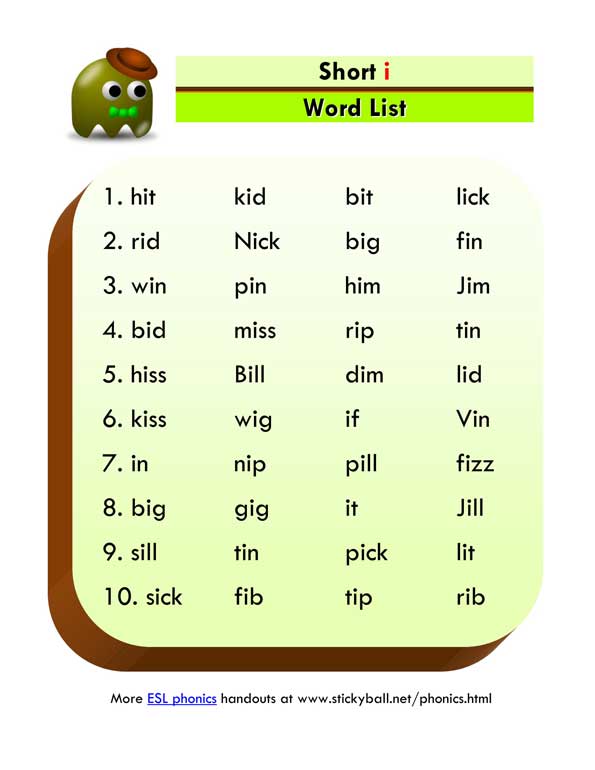

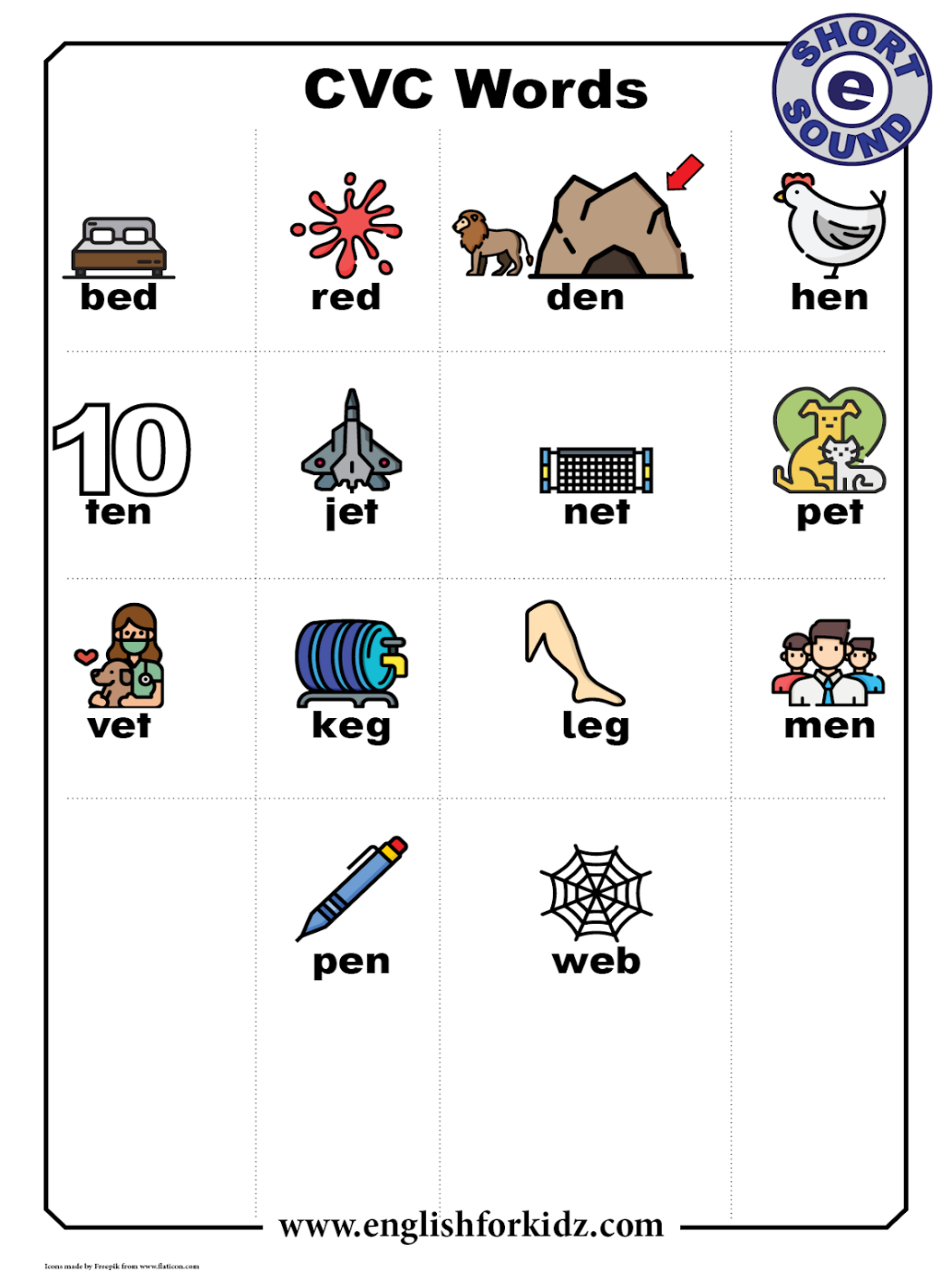
Short term plan
School № ___
Lesson 61
|
Term: 4 |
Unit 8. My holidays (8 hours) |
|
|
Teacher’s name: |
|
|
|
Date: |
|
|
|
Grade: 3 |
Number present: |
Number absent: |
|
Theme of the lesson: |
Meeting people at a train station |
|
|
Learning objectives(s) that this lesson is contributing to |
3.1.2.1 recognise familiar words with visual support; 3.2.3.1 respond to basic questions with single words or short responses; 3.3.4.1 find specific information in different types of texts (postcards, posters, flyers, messages, and notices: places, time, and prices); 3.4.2.1. follow word order rules in short statements; 3.5.1.15 use basic prepositions of time. |
|
|
Lesson objectives |
By the end of the lesson the students will be able to: demonstrate understanding of a story about meeting people; respond to basic supported questions giving personal and factual information; to make short dialogues on the topic; to express personal attitude toward a topic discussing a topic. |
|
Lesson procedure:
|
Stages of the lesson/ Time |
Teacher’s activity |
Student’s activity |
Assessment |
Resources/ materials |
|
Greeting. Organisation moment. 2 min. |
Begin the lesson with some greetings. Ask and answer How are you? Look through the window? Is it cold today? |
The students greet the teacher and answer the questions. Good morning, good morning to you, We are glad to see you too.
Today is not cold. |
|
Whiteboard
|
|
Warm up: 3 min. |
Warm up. Phonetic Drill Exercise. A teacher asks Sts. To look at the picture and guess the theme of the lesson.
AIRPORT- BUS STATION -TRAIN STATION FAMILY? |
Sts. Look at the pictures and guess the topic of the lesson. Train station? Meeting people? At the station we can meet a lot of people/ many people. |
Self – Assessment Observe learners when participating in use of English activities. Record what they considered they had learned from the lesson. Could they express what they had learned about content and language? Could they express which skills they had developed? Formative assessment is held through observation/ |
Pictures |
|
Main activities: 17 min. |
A teacher shows Sts. a flashcard and pronounces: Long, short, blond, brown, curly, straight. Listen and chant: Long. Long, long Short, short, short Blond, blond, blond Curly, curly, curly Straight, straight, straight. A teacher uses Story poster 8 to present the story. Talk about each frame and encourage predictions. A teacher asks Sts. to open the books and listen to the story. While listening, Sts. take pencils and underline new words. Give English equivalent to: 1.Бабушка, сколько время? 2. Смотри, вот поезд! 3.Об нет. Много людей! 4. Мы вас не видим. 5. Во что вы надеты? 6. Вот они. 7. Здравствуйте, добро пожаловать! Do you like meeting people? You visit a train station, don’t you? Yes/ no. Look at the list and choose a right transport
|
Sts. listen and repeat, trying to guess the flashcards. Optional activity:
Sts. read the frames and guess the situation.
Sts. listen, read and underline new words.
Sts. work in pairs. They find sentences in the text.
Sts. answer the question differently.
Sts. know all words. Firstly, they read the words and then write them into a correct place. 1 bus, 2. bike….
|
Self – Assessment Assessment criteria: 1. Demonstrate an ability to organize and express ideas clearly; 2.Apply topic related vocabulary in speech appropriately arranging words and phrases into well-formed sentences. Pair work. Descriptor: A learner:
Self - Assessment Pair - assessment |
Flashcards CD.82 CD.83 Student’s Book “Family and friends 3. Kazakhstan edition”. (Oxford University Press) p.62 Teacher’s B. p.76 Whiteboard CD.84 Worksheet |
|
Physical training exercise – 3 min. |
A break for physical activity. Teacher plays the video with physical exercises. |
Students watch and do physical exercises. |
|
Music |
|
Main activities: 18 min. |
A teacher asks Sts. to listen and be able to answer the questions in the text: Ex.3 p.62 1.What time is it? 2. Where are our new friends? 3. Can they see them? 4. What about his hair? 5. Are the holidays good? Open your workbooks on p.62(Worksheet) and do ex.1 - 3. Look and do the sums.
|
Sts. listen carefully and answer the questions in cards? 1. 4 o’clock 2. at the train station 3. No, they can’t 4. long and brown 5. Yes
Sts. easily define words and pictures.
Sts. do the sums in groups of 3. They think seriously doing sums.
|
Self – Assessment. Descriptor: 3.1.5.1.use contextual clues to predict content in short, supported talk on a limited range of familiar topics. Pair – assessment
Score:5 Descriptor: Respond to basic supported questions giving personal and factual information. Pair – Assessment/ Self – assessment Group work |
Sts. Book p.62 CD.84 Student’s Book “Family and friends 2. Kazakhstan edition”. (Oxford University Press) Workbook “Family and friends 3. Kazakhstan edition”. (Oxford University Press) p.62 Worksheet |
|
The end of the lesson 2 min. |
• At the end of the lesson, wave goodbye to the class and say Bye! Goodbye! Home Assignment: PB p.62. Ex.4(w). (5questions, 5 answers). |
SS write their homework for the next lesson. Sts. give a mark to themselves for working at the lesson. Students think critically, exploring, developing, evaluating and making choices about their own and others’ ideas.
|
Pupils evaluate themselves using evaluation lists. Reflection. Self- Assessment.
|
Whiteboard |



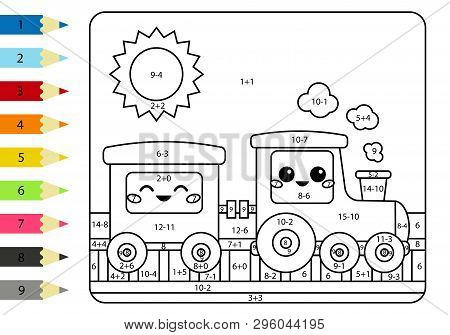
Short term plan
School № ___
Lesson 62
|
Term: 4 |
Unit 8. My holidays |
|
|
Teacher’s name: |
|
|
|
Date: |
|
|
|
Grade: 3 |
Number present: |
Number absent: |
|
Theme of the lesson: |
Description of people |
|
|
Learning objectives(s) that this lesson is contributing to |
3.1.2.1 recognise familiar words with visual support; 3.2.3.1 respond to basic questions with single words or short responses; 3.3.3.2 find out the main points in short simple descriptions with visual support; 3.5.1.4 use common adjectives in descriptions of people and things and simple feelings with support. |
|
|
Lesson objectives |
By the end of the lesson the students will be able to: learn how to describe people using has got/ hasn’t got; write familiar words correctly and make sentences with them to make a story; to express personal attitude toward a topic discussing a topic. |
|
Lesson procedure:
|
Stages of the lesson/ Time |
Teacher’s activity |
Student’s activity |
Assessment |
Resources/ materials |
|
Greeting. Organisation moment. 2 min. |
Good morning, dear pupils. I’m glad to see you. How are you today? |
The students greet the teacher. Good morning, good morning to you, We are glad to see you too.
How are you? |
|
Whiteboard
|
|
Warm up: 3 min. |
The teacher sets the lesson objectives, letting students know what to anticipate from the lesson.
How to describe people! |
Sts. guess the theme of the lesson: People! Sts. give words on the theme. Adjectives to describe people. Students find flashcards around the classroom.
|
Self – Assessment Descriptor: 3.1.4.2 understand simple descriptions of people, actions, and objects with visual support. Observe learners when participating in use of English activities. Record what they considered they had learned from the lesson. Could they express what they had learned about content and language?
Could they express which skills they had developed? |
Whiteboard Worksheets |
|
Main activities: 19 min. |
A teacher asks Sts. to listen to the story and say the words about people in a poster 8. Story actions: Picture 1: Rosy holds up a photo. Tim looks at it. Picture 2: Tim looks around. Picture 3: Grandma looks around. She and a friend talk on the phone. Picture 4: The children point and wave at each other. The children mime laughing. How can you describe people? We use a structure: have got/ has got. We use adjectives. Look at each other and describe your partner using a structure. |
Sts. listen and then act a story in groups of 4.
Ex.2 p.63 Look and say. He’s got (He has got) short hair. He hasn’t got straight hair.
Sts. use positive and negative forms of a structure: has got/ hasn’t got.
This is my friend/ partner. He /She has got long black hair. It is straight. She hasn’t got curly hair.
The best story got a prize
|
Self – Assessment Descriptor: A learner:
Formative assessment is held through observation/ monitoring. Pair - Assessment Descriptor: A learner uses common adjectives in descriptions of people and things and simple feelings with support correctly. Give a sticker for a right answer to encourage Sts.
|
CD.84 Whiteboard Student Book “Family and friends 3. Kazakhstan edition”. (Oxford University Press) p.63 Worksheet |
|
Physical training exercise – 3 min. |
A break for physical activity. Teacher plays the video with physical exercises https://youtu.be/YxiY3JS880U |
Students watch and do physical exercises and sing a song.
|
|
Music |
|
Main activities: 15 min. |
A teacher asks Sts. to open their workbooks and do the exercises Ex.1 -2 individually. The quickest and the best student/students will get a prize. |
Sts. do the tasks attentively. They present pictures to the class.
|
Pair - Assessment Descriptor: 3.2.3.1 respond to basic questions with single words or short responses correctly. |
St. Book p.63 Flashcards Workbook p.63 |
|
The end of the lesson 3 min. |
Teacher gives a homework and comment the work of Sts. Home Assignment: PB p.63. Ex.4(w).
|
SS write their homework for the next lesson. Sts. give a mark to themselves for working at the lesson. Students think critically, exploring, developing, evaluating and making choices about their own and others’ ideas. |
Pupils evaluate themselves using evaluation lists. Reflection. Self- Assessment.
|
Whiteboard |
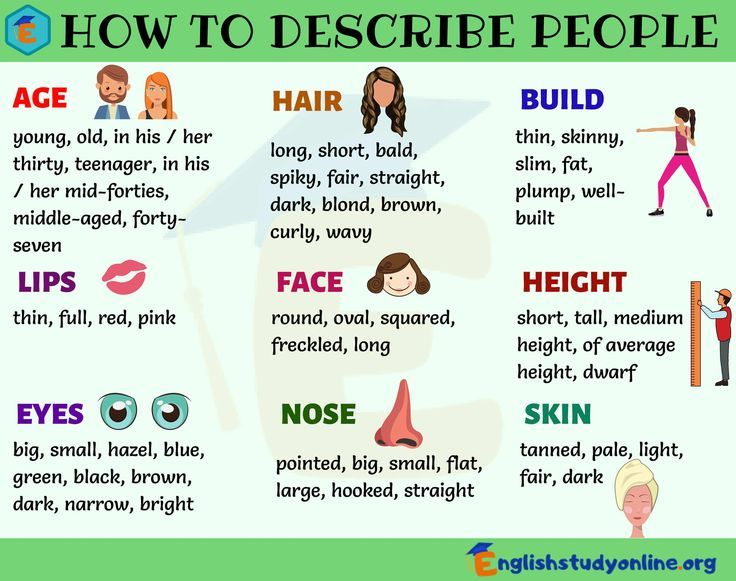
\
Short term plan
School № ___
Lesson 63
|
Term: 4 |
Unit 8. My Holidays |
|
|
Teacher’s name: |
|
|
|
Date: |
|
|
|
Grade: 3 |
Number present: |
Number absent: |
|
Theme of the lesson: |
Types of transport |
|
|
Learning objectives(s) that this lesson is contributing to |
3.1.5.1.use contextual clues to predict content in short, supported talk on a limited range of familiar topics; 3.2.3.1 respond to basic questions with single words or short responses; 3.3.3.2 find out the main points in short simple descriptions with visual support; 3.5.1.6 use interrogative pronouns who, what, where, how, and when to ask basic questions. |
|
|
Lesson objectives |
By the end of the lesson the students will be able to: learn and identify types of transport; write familiar words correctly and make sentences with them; apply numbers and prepositions to tell the time; express personal attitude toward a topic discussing a topic. |
|
Lesson procedure:
|
Stages of the lesson/ Time |
Teacher’s activity |
Student’s activity |
Assessment |
Resources/ materials |
|
Greeting. Organisation moment. 2 min. |
Good morning, dear pupils. I’m glad to see you. How are you today? |
The students greet the teacher. Good morning, good morning to you, We are glad to see you too.
How are you? |
|
Whiteboard
|
|
Warm up: 3 min. |
The teacher sets the lesson objectives, letting students know what to anticipate from the lesson. Look: TRANSPORT When you hear this word, what associations have you got?
Name kinds of transport:
Warm up. Phonetic Drill Exercise. Repeat: plane, train, helicopter, taxi, tram, bus, car, lorry. Read the words: hair short eyes photo Name words with a sound: [ә:], [f], [p]. |
Sts. guess the theme of the lesson: Transport! Sts. give words on the theme.
Sts. listen to the teacher and repeat a tongue twister. Sts. repeat the words after the teacher and name the words.
Sts. do Ex.1 |
Self – Assessment Descriptor: 3.3.2.1 identify some familiar words and signs on illustrations/pictures in common everyday situations. |
Whiteboard Word cloud CD.85 |
|
Main activities: 19 min. |
A teacher asks questions to Sts. about a transport: Has Almaty you got taxis? Have you got a car? What transport do you go to school? Open your books, page 62-4. Ex. 2 - 3: Listen and sing and then sing and do. A teacher asks Sts. to look at the picture and say how many people/ transport/ clocks they can see. In the song you can see 4 clocks. What time is it? 15.00 – It’s three o’clock. 15.15 – It’s a quarter past three. Quarter = 15 minutes 15.30 – It’s half past three. Half = 30 minutes 15.45 – It’s a quarter to four. Describe trains. What colour are they? |
Sts. answer the questions. I go to school by bus.
Sts. look at the song, listen and repeat.
I can see many people. Sts. read the texts and describe trains. They try to understand the time.
|
Self – Assessment Descriptor: A learner:
Descriptor: 3.3.2.2 deduce the meaning of a word in a picture or icon on a limited range of topics • infer the meaning of unfamiliar words using contextual clues from images. |
Flashcards Student Book “Family and friends 3. Kazakhstan edition”. (Oxford University Press) p.64 CD.86 |
|
Physical training exercise – 3 min. |
A break for physical activity. Teacher plays the video with physical exercises
|
Students watch and do physical exercises and sing a song.
|
|
Music |
|
Main activities: 15 min. |
Look at the clocks and say the time. Use: Half past (половина после) Quarter past (четверть т.е. 15 минут после) Quarter to (четверть т.е. 15 минут до)
Read:
Read the text and do the tasks in groups:
Additional tasks may be taken from Workbooks p.64: write the numbers and say the time. |
Sts. do the task in pairs.
It’s nine o’clock. It’s half past two/ two thirty.
Sts. read individually.
Sts. read the text and draw a cluster or a mind – map: Name: ___________ Age: _____________ Colour________ Pet_________________ Holiday: ______________ Monday: Tuesday: Wednesday: Saturday: Sunday: |
Pair - Assessment Descriptor: Descriptor: A learner: uses short answers appropriately in short, basic exchanges and take turns when speaking with others in a limited range of short, basic exchanges. Self – Assessment Observe learners when participating in use of English activities. Record what they considered they had learned from the lesson. Could they express what they had learned about content and language? Could they express which skills they had developed? Formative assessment is held through observation/ monitoring. |
worksheet St. Book p.64 Worksheets Worksheets Workbook p.64 |
|
The end of the lesson 3 min. |
Teacher gives a homework and comment the work of Sts. Home Assignment: PB p.64. Ex.4(w). |
SS write their homework for the next lesson. Sts. give a mark to themselves for working at the lesson. Students think critically, exploring, developing, evaluating and making choices about their own and others’ ideas.
|
Pupils evaluate themselves using evaluation lists. Reflection. Self- Assessment.
|
Whiteboard |
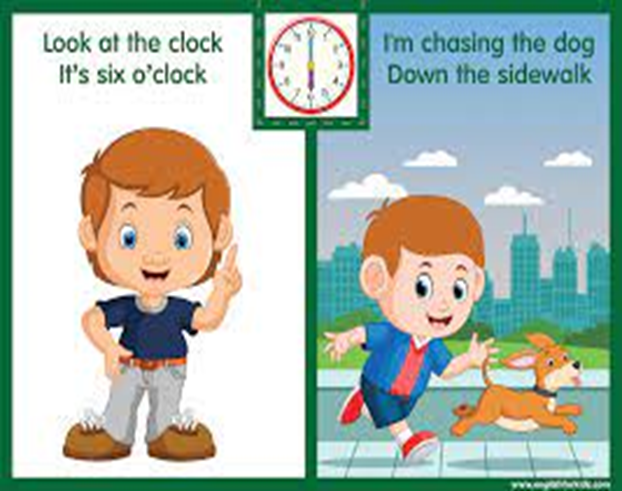

Short term plan
School № ___
Lesson 64
|
Term: 4 |
Unit 8. My holidays |
|
|
Teacher’s name: |
|
|
|
Date: |
|
|
|
Grade: 3 |
Number present: |
Number absent: |
|
Theme of the lesson: |
Phonics. The letters: v, w, x, y, z. |
|
|
Learning objectives(s) that this lesson is contributing to |
3.1.2.1 recognise familiar words with visual support; 3.2.3.1 respond to basic questions with single words or short responses; 3.3.1.2 identify and read separate sounds (phonemes) within words, which may be represented by more than one letter; 3.4.1.1 spell accurately a few high-frequency words. |
|
|
Lesson objectives |
By the end of the lesson the students will be able to: identify, remember and sound out high-frequency sound and letter patterns; write familiar words correctly and make sentences with them; apply short answers appropriately in short, basic exchanges and take turns when speaking with others in a limited range of short, basic exchanges; express personal attitude toward a topic discussing a topic. |
|
Lesson procedure:
|
Stages of the lesson/ Time |
Teacher’s activity |
Student’s activity |
Assessment |
Resources/ materials |
||||||
|
Greeting. Organisation moment. 2 min. |
As children come into the class, say Hello. Encourage them to say Hello or Good morning/ Good afternoon to you. Begin the lesson with some greetings. Ask and answer How are you? |
The students greet the teacher. Good morning, good morning to you, We are glad to see you too.
How are you? |
|
Whiteboard
|
||||||
|
Warm up: 3 min. |
The teacher sets the lesson objectives, letting students know what to anticipate from the lesson. She/ He asks Sts. to sing ABC song. Pay attention to the letters: V, W, X, Y, Z. |
Sts. guess the theme of the lesson: Letters. https://youtu.be/75p-N9YKqNo
Sts. listen to the teacher and repeat the words after the teacher.
|
Self – Assessment Descriptor: 3.1.2.1 recognise familiar words with visual support. |
Whiteboard https://youtu.be/75p-N9YKqNo Worksheet |
||||||
|
Main activities: 19 min. |
A teacher explains the sounds of the letters and says that the letter Yy is unusual.
Ex.1 p.65 Listen, point and write: Van, window, box, yo – yo, zebra. Listen and chant the ABC. |
Sts. read and put in a column.
Sts. repeat and read the words correctly.
|
Self – Assessment/ Pair Assessment Descriptor: A learner:
Self - assessment
Group - Assessment Descriptor: A learner Uses and follows with considerable support simple words, phrases, sentences in reading familiar topics. Give a sticker for a right answer to encourage Sts.
|
Flashcards
A table
Student Book “Family and friends 3. Kazakhstan edition”. (Oxford University Press) p.65
Worksheet |
||||||
|
Physical training exercise – 3 min.
|
A break for physical activity. Teacher plays the video with physical exercises.
|
Students watch and do physical exercises and sing a song.
|
|
Music
|
||||||
|
Main activities: 15 min.
|
A teacher asks Sts. to work with letters.
The Teacher asks Sts. to open the workbooks and do Ex.1 – 3 p.65
|
Sts. try to match the words correctly.
Pair work Sts. sit in front of computers, switch on the internet and play games connected with letters.
|
Self – Assessment Descriptor: 3.3.1.2 identify and read separate sounds (phonemes) within words, which may be represented by more than one letter.
Group Work Assessment criteria: Use and follow with considerable support simple words, phrases, sentences in reading familiar topics.
|
Workbook p.65
St. Book p.65
Worksheets |
||||||
|
The end of the lesson 3 min. |
Teacher gives a homework and comment the work of Sts. Home Assignment: PB p.65. Ex.4(w). Cards.
|
SS write their homework for the next lesson. Sts. give a mark to themselves for working at the lesson. Students think critically, exploring, developing, evaluating and making choices about their own and others’ ideas.
|
Pupils evaluate themselves using evaluation lists. Reflection. Self- Assessment.
|
Whiteboard |

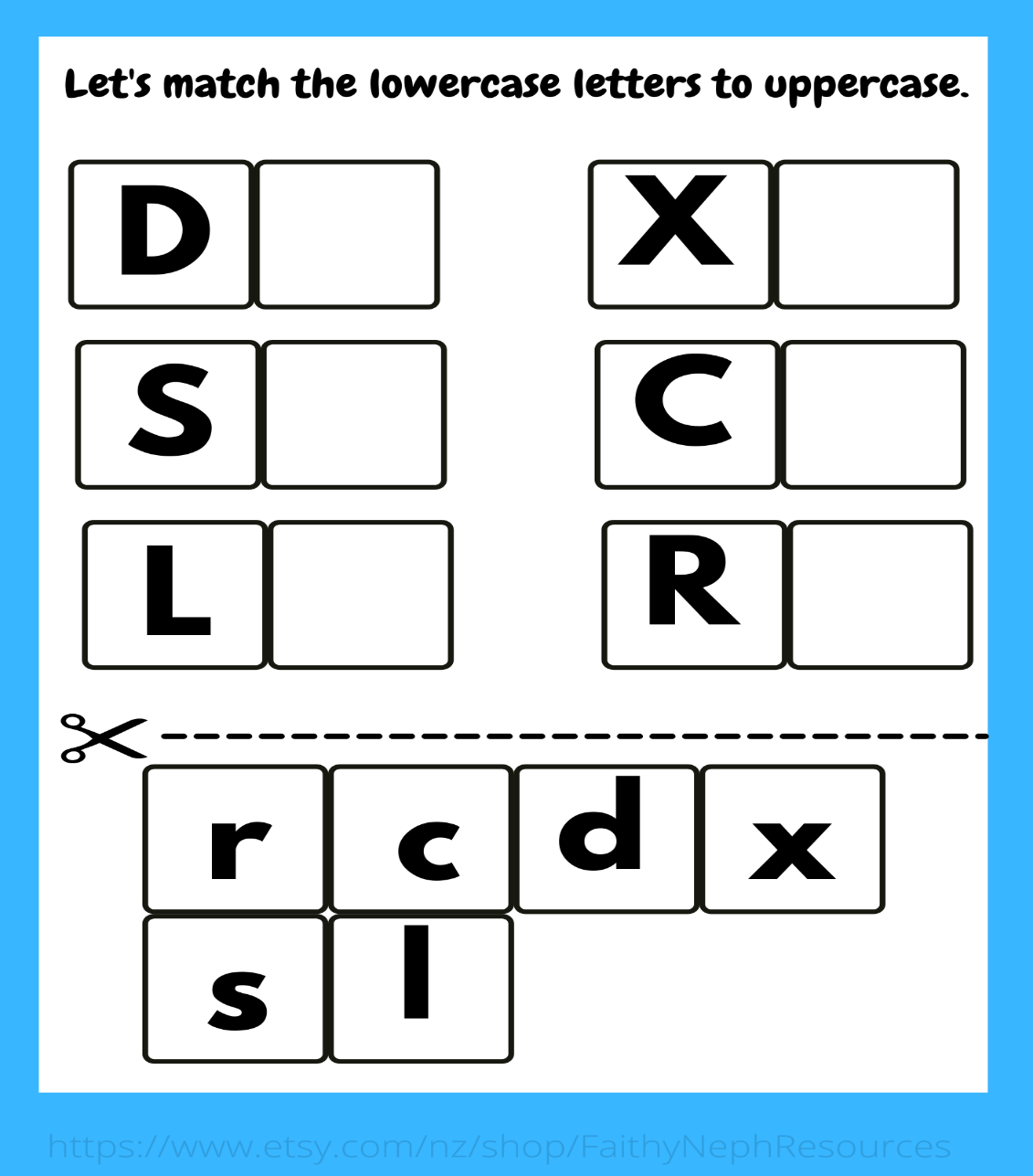
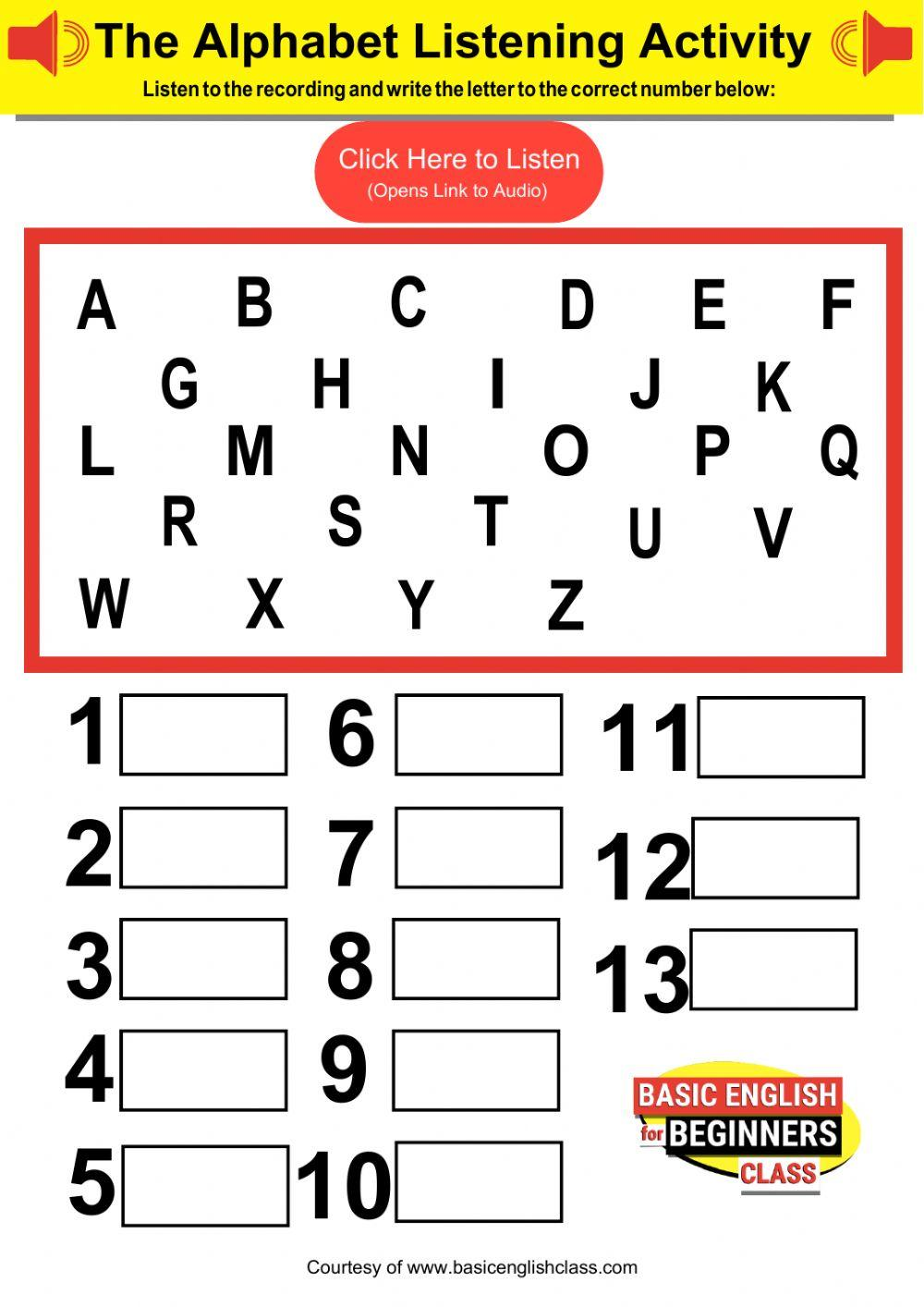
Short term plan
School № ___
Lesson 65
|
Term: 4 |
Unit 8. My Holidays |
|
|
Teacher’s name: |
|
|
|
Date: |
|
|
|
Grade: 3 |
Number present: |
Number absent: |
|
Theme of the lesson: |
At the airport. Unit assessment 8 |
|
|
Learning objectives(s) that this lesson is contributing to |
3.1.4.2 understand simple descriptions of people, actions, and objects with visual support; 3.2.3.1 respond to basic questions with single words or short responses; 3.3.4.1 find specific information in different types of texts (postcards, posters, flyers, messages, and notices: places, time, and prices); 3.4.1.1 spell accurately a few high-frequency words; 3.5.1.14 use basic prepositions of place. |
|
|
Lesson objectives |
By the end of the lesson the students will be able to: identify some specific information in short, simple texts on familiar topics; apply basic words, phrases and short sentences in a talk or writing about an airport; show all taught skills of the unit. |
|
Lesson procedure:
|
Stages of the lesson/ Time |
Teacher’s activity |
Student’s activity |
Assessment |
Resources/ materials |
|
Greeting. Organisation moment. 2 min. |
Good morning, dear pupils. I’m very glad to see you. How are you today? Thanks. Take your seats. |
The students greet the teacher. Good morning, good morning to you, Good morning dear, teacher We are glad to see you too.
|
|
Whiteboard
|
|
Warm up: 5 min. |
The teacher sets the lesson objectives, letting students know what to anticipate from the lesson. Look at the picture. What is it?
Firstly, we’ll speak about airport and then you’ll write a summative assessment for Unit 8. Do you travel by plane? What can you see at the airport? Read a poem and find words of transport.
|
Sts. listen to the teacher, look at the picture and guess the topic of the lesson. It’s an airport.
Sts. answer differently. At the airport we can see planes, people, cars, things, bags.
Sts. read a poem in pairs and find words of transport: buses, cars, taxis, plane, train. |
Self – Assessment Descriptor: 3.2.3.1 respond to basic questions with single words or short responses. Pair - Assessment |
Worksheet A picture Worksheet |
|
Main activities: 10 min. |
Listen and read the text: Ex.2 p.66 A teacher asks Sts. to read paragraphs and show pictures describing the episodes. Find opposites(antonyms) in the song. Ex.3 p.66(choose a right word). |
Sts. read the text and try to understand the main facts. Sts. underline opposites: Come – go Short – tall Adults – children Long – short Go up – go down Are not moving – turn around
|
Self – Assessment Assessment Criteria: Use and follow with considerable support simple words, phrases, sentences as a support in reading familiar topics; Apply basic words, phrases and short sentences in a talk or writing about objects. |
St. Book p.66 CD.90 |
|
Main activities: 25 min. |
Unit assessment 8. A teacher explains tasks for unit assessment 8. Sts. do the assessment. |
|||
|
The end of the lesson 3 min. |
Teacher gives a home – assignment. Home Assignment: PB p.66. Ex.4(w).
|
SS write their homework for the next lesson.
|
Reflection. Self- Assessment.
|
Whiteboard |

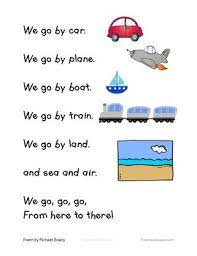

Short term plan
School № ___
Lesson 66
|
Term: 4 |
Unit 8. My Holidays |
|
|
Teacher’s name: |
|
|
|
Date: |
|
|
|
Grade: 3 |
Number present: |
Number absent: |
|
Theme of the lesson: |
Describe a vehicle. Project. |
|
|
Learning objectives(s) that this lesson is contributing to |
3.1.4.2 understand simple descriptions of people, actions, and objects with visual support; 3.2.3.2 make basic requests related to immediate personal needs; 3.3.5.1 read short, illustrated fiction and non-fiction stories written in very simple language using a dictionary; 3.4.3.1 create a poster or write a postcard, using words and simple phrases. |
|
|
Lesson objectives |
By the end of the lesson the students will be able to: learn how to describe a type of transport; understand detailed information from the dialogues while listening. write familiar words correctly and make sentences with them; express personal attitude toward a topic discussing a topic. |
|
Lesson procedure:
|
Stages of the lesson/ Time |
Teacher’s activity |
Student’s activity |
Assessment |
Resources/ materials |
|
Greeting. Organisation moment. 2 min. |
Good morning, dear pupils. I’m glad to see you. How are you today? |
The students greet the teacher. Good morning, good morning to you, We are glad to see you too.
How are you? |
|
Whiteboard
|
|
Warm up: 3 min. |
The teacher sets the lesson objectives, letting students know what to anticipate from the lesson.
One, two, what must I do? You must jump, You must play You must do it every day. Can you ride a bike? |
Sts. guess the theme of the lesson: Bike! Sts. give words on the theme.
Sts. listen to the teacher and repeat a poem. Then the Sts. sing the song: I can do anything! Sts. tells each other about what they can do.
|
Self – Assessment Descriptor: 3.1.4.2 understand simple descriptions of people, actions, and objects with visual support. Observe learners when participating in use of English activities. Record what they considered they had learned from the lesson. Could they express what they had learned about content and language? Could they express which skills they had developed? Formative assessment is held through observation/ monitoring. |
Whiteboard Pictures |
|
Main activities: 19 min. |
A teacher asks questions to Sts. about a bike: Have you got a bike? Can you ride a bike? Is your bike big? Look at the bike: How many wheels can you see? Wheel – колесо What colour is it? Can you ride this bike?
Open your books and do Ex.1 p.67 Listen and read. Then listen and play a game. Guess a transport. |
Sts. answer the questions.
Sts. describe a bike.
St. look at the picture and answer a question. Look at my bike. It’s red and black. It has got four wheels. I like to ride a bike. I can ride a bike very well!
Sts. do this activity in pairs.
|
Self – Assessment Descriptor: A learner:
Self – Assessment Descriptor: A learner Use and follow with considerable support simple words, phrases, sentences in reading familiar topics. Give a sticker for a right answer to encourage Sts.
|
A photo of a bike Student Book “Family and friends 3. Kazakhstan edition”. (Oxford University Press) p.67 CD. 91 |
|
Physical training exercise – 3 min. |
A break for physical activity. Teacher plays the video with physical exercises.
|
Students watch and do physical exercises and sing a song.
|
|
Music |
|
Main activities: 15 min. |
Look and say how many people can you see?
Read the text and do a short test:
Do you know how to ride a bike?
Workbook p.68 Ex.1 – 2 or Ex.1 – 3 p.68 St. Book |
Sts. do the task in pairs (Who is the first?)
Sts. read the text and answer the questions: 1.3 2.3 3.1
Sts. read a rule and say if they wear helmets. When I ride a bike, I wear a helmet.
Sts. draw pictures and describe a transport. |
Pair - Assessment Descriptor: 3.2.3.1 respond to basic questions with single words or short responses; 3.2.3.2 make basic requests related to immediate personal needs. Pair – Assessment Assessment criteria: Use and follow with considerable support simple words, phrases, sentences in reading familiar topics. Score: 3 They have to understand every detail of the text. Self – Assessment Descriptor: A learner: 3.3.4.1 find specific information in different types of texts (postcards, posters, flyers, messages, and notices: places, time, and prices); |
worksheet St. B. p.67 Worksheets Worksheet St. Book p.68 Work B. p.68 |
|
The end of the lesson 3 min. |
Teacher gives a homework and comment the work of Sts. Home Assignment: Describe your vehicle(w). |
SS write their homework for the next lesson. Sts. give a mark to themselves for working at the lesson. Students think critically, exploring, developing, evaluating and making choices about their own and others’ ideas.
|
Pupils evaluate themselves using evaluation lists. Reflection. Self- Assessment.
|
Whiteboard |
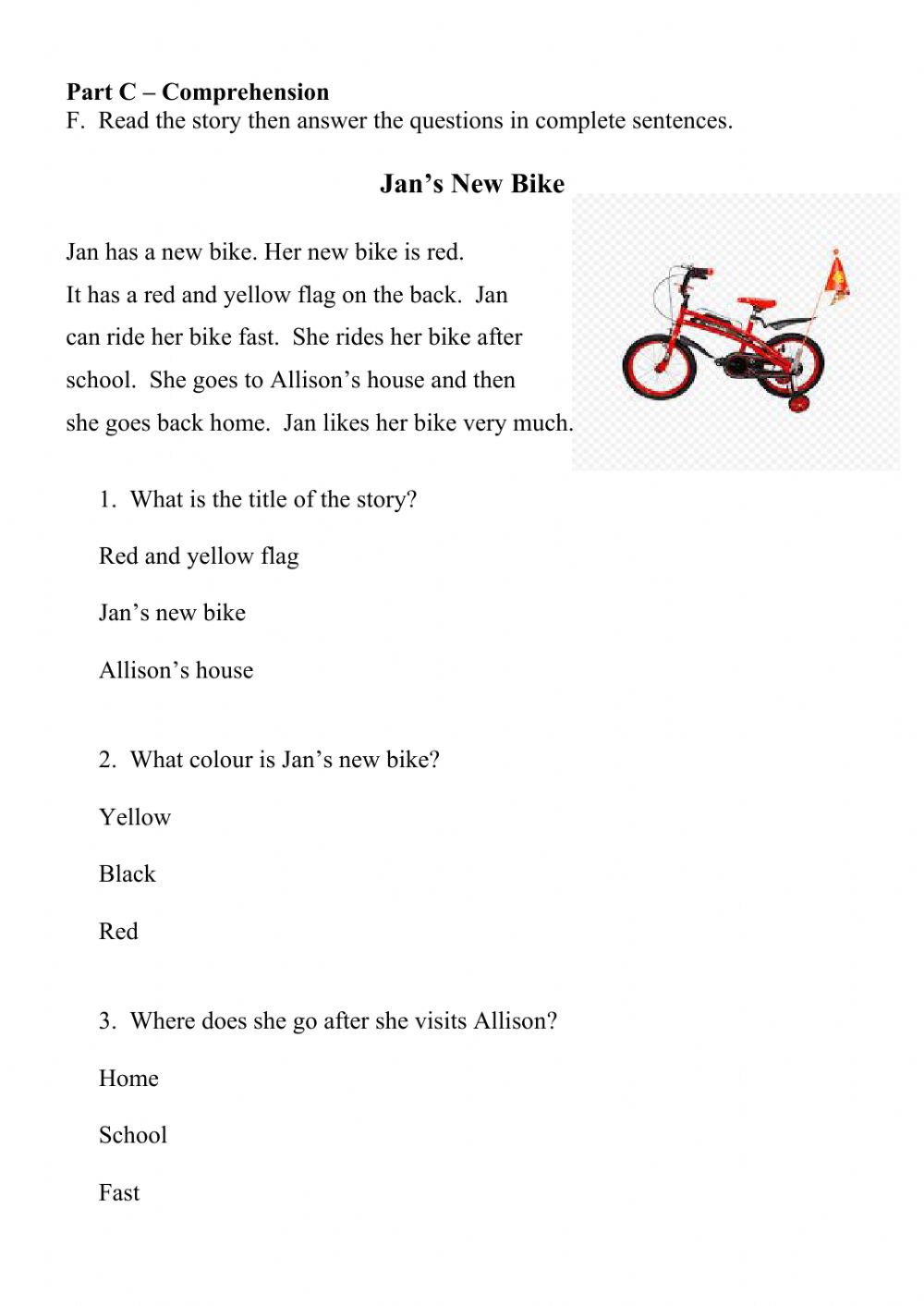
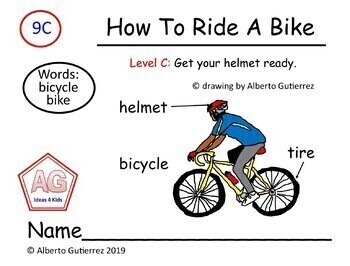 Short
term plan
Short
term plan
School № ___
Lesson 68
|
Term: 4 |
Unit 8. My Holidays |
|
|
Teacher’s name: |
|
|
|
Date: |
|
|
|
Grade: 3 |
Number present: |
Number absent: |
|
Theme of the lesson: |
A helping hand. Units 5 – 8 Review. |
|
|
Learning objectives(s) that this lesson is contributing to |
3.1.5.1.use contextual clues to predict content in short, supported talk on a limited range of familiar topics; 3.2.3.2 make basic requests related to immediate personal needs; 3.3.4.1 find specific information in different types of texts (postcards, posters, flyers, messages, and notices: places, time, and prices); 3.4.3.1 create a poster or write a postcard, using words and simple phrases. |
|
|
Lesson objectives |
By the end of the lesson the students will be able to: learn how to describe things, friends, help about the house; write familiar words correctly and make sentences with them; apply topic related vocabulary in speech fluently; create their own dialogues on the topic. |
|
Lesson procedure:
|
Stages of the lesson/ Time |
Teacher’s activity |
Student’s activity |
Assessment |
Resources/ materials |
|
Greeting. Organisation moment. 2 min. |
Good morning, dear pupils. I’m glad to see you. How are you today? |
The students greet the teacher. Good morning, good morning to you, We are glad to see you too.
How are you? |
|
Whiteboard
|
|
Warm up: 3 min. |
The teacher sets the lesson objectives, letting students know what to anticipate from the lesson. Look: When you hear this word, what associations have you got? Warm up. Phonetic Drill Exercise. Repeat: ten, twenty, thirty, forty, fifty, sixty, seventy, eighty, ninety, one hundred. Read the words: hair short eyes photo Name words with a sound: [ә:], [f], [p]. |
Sts. guess the theme of the lesson: Help Sts. give words on the theme.
Sts. listen to the teacher and repeat a tongue twister. Sts. repeat the words after the teacher and name the words.
|
Self – Assessment Descriptor: 3.1.4.2 understand simple descriptions of people, actions, and objects with visual support. |
Whiteboard Word cloud |
|
Main activities: 19 min. |
A teacher asks questions to Sts. about a friend: Have you got a friend? What is his/ her name? Has your friend got a sister/ brother? A teacher asks Sts. to look at the picture and say how many friends they can see.
Choose one friend and describe him/ her. Plan: 1.I have got a friend. 2. Her name is… 3. She is from…. 4. She is a student of school # 5. She is wearing…. 6. Her hair is and…. Open your books and do Ex.1 – 2 p.69. Repeat a structure: have got/ has got and action verbs. Let’s revise vocabulary and sounds. Ex.1 – 4 p.68 |
Sts. answer the questions and give a short description of a friend.
Sts. Look at the picture and answer a question. I can see seven friends.
Sts. describe one person.
Sts.look and match.
St. define the right letters and sounds and read the words. |
Self – Assessment Descriptor: A learner:
Self – Assessment Descriptor: A learner Use and follow with considerable support simple words, phrases, sentences in reading familiar topics. Give a sticker for a right answer to encourage Sts.
Pair – assessment
Sts. do self – evaluation doing |
A photo of a friend Student Book “Family and friends 3. Kazakhstan edition”. (Oxford University Press) p.68 – p.69 St. Book p.69 St. Book p.68 |
|
Physical training exercise – 3 min. |
A break for physical activity. Teacher plays the video with physical exercises. https://youtu.be/x7QCfBNDk2A |
Students watch and do physical exercises and sing a song.
|
|
Music https://youtu.be/x7QCfBNDk2A |
|
Main activities: 15 min. |
A teacher asks Sts. to make / draw a plate of food. A teacher gives stickers to students.
A teacher asks Sts. to read dialogues and make their own ones. If there is time at the lesson, a teacher can ask Sts. to open workbooks on p.69 and do some tasks in it. |
Sts. do the tasks in pairs.
St. read the dialogues in pairs and make their ones.
|
Pair - Assessment Descriptor: A learner: uses appropriate subject-specific vocabulary while speaking; uses short answers appropriately in short, basic exchanges and take turns when speaking with others in a limited range of short, basic exchanges. Self – Assessment Assessment criteria: Use and follow with considerable support simple words, phrases, sentences in reading familiar topics. |
St. Book p.69 St. Book p.69 Worksheets |
|
The end of the lesson 3 min. |
Teacher gives a homework and comment the work of Sts. Home Assignment: PB p.71. Ex.1 - 3(w). |
SS write their homework for the next lesson. Sts. give a mark to themselves for working at the lesson.
|
Pupils evaluate themselves using evaluation lists. Reflection. Self- Assessment.
|
Whiteboard |

